Shows
 Science MoabAll About the BeesAll About the Bees by Peggy Hodgkins2022-05-1320 min
Science MoabAll About the BeesAll About the Bees by Peggy Hodgkins2022-05-1320 min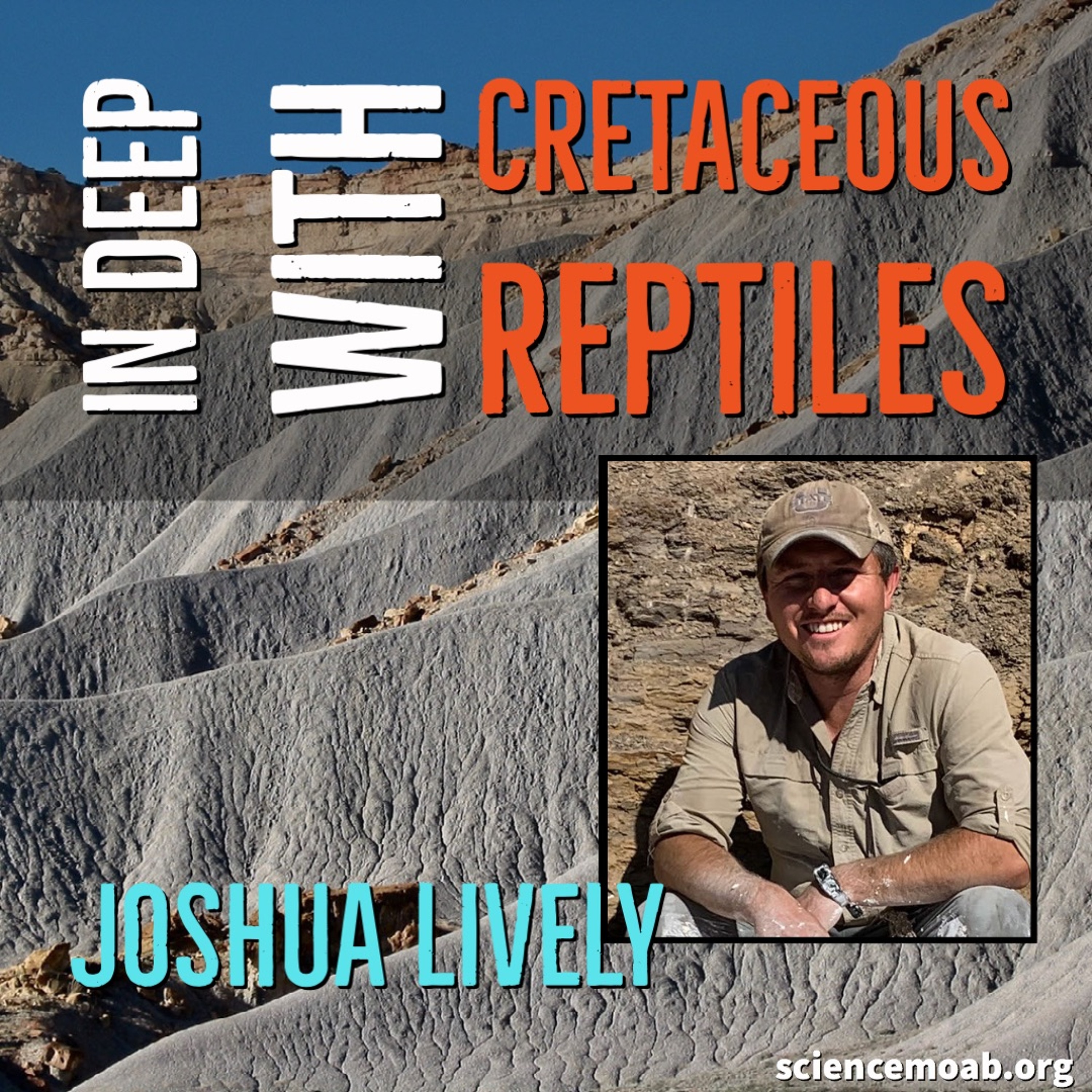 Science MoabIn Deep with Cretaceous ReptilesWhile dinosaur remains can be fragmented and hard to find, several reptile remains from the Cretaceous period (65-75 million years ago) are extremely abundant. These include freshwater turtles and a marine lizard known as a Mosasaur. We talk with Josh Lively, curator of Paleontology at USU Eastern Prehistoric Museum in Price, UT, about his work with these ancient reptiles and what his goals are with his new position.2022-01-2120 min
Science MoabIn Deep with Cretaceous ReptilesWhile dinosaur remains can be fragmented and hard to find, several reptile remains from the Cretaceous period (65-75 million years ago) are extremely abundant. These include freshwater turtles and a marine lizard known as a Mosasaur. We talk with Josh Lively, curator of Paleontology at USU Eastern Prehistoric Museum in Price, UT, about his work with these ancient reptiles and what his goals are with his new position.2022-01-2120 min Science MoabAmbient Water in the DesertAmbient water includes water from sources such as lakes, streams and springs. While ambient water may relate to groundwater or drinking water, it is not the same. Arne Hultquist is responsible for testing the ambient water quality in Grand and San Juan Counties, Utah. This includes the drainages of Mill and Pack Creek. As far as desert communities go, Moab and Spanish Valley have excellent ambient water quality.2022-01-1420 min
Science MoabAmbient Water in the DesertAmbient water includes water from sources such as lakes, streams and springs. While ambient water may relate to groundwater or drinking water, it is not the same. Arne Hultquist is responsible for testing the ambient water quality in Grand and San Juan Counties, Utah. This includes the drainages of Mill and Pack Creek. As far as desert communities go, Moab and Spanish Valley have excellent ambient water quality.2022-01-1420 min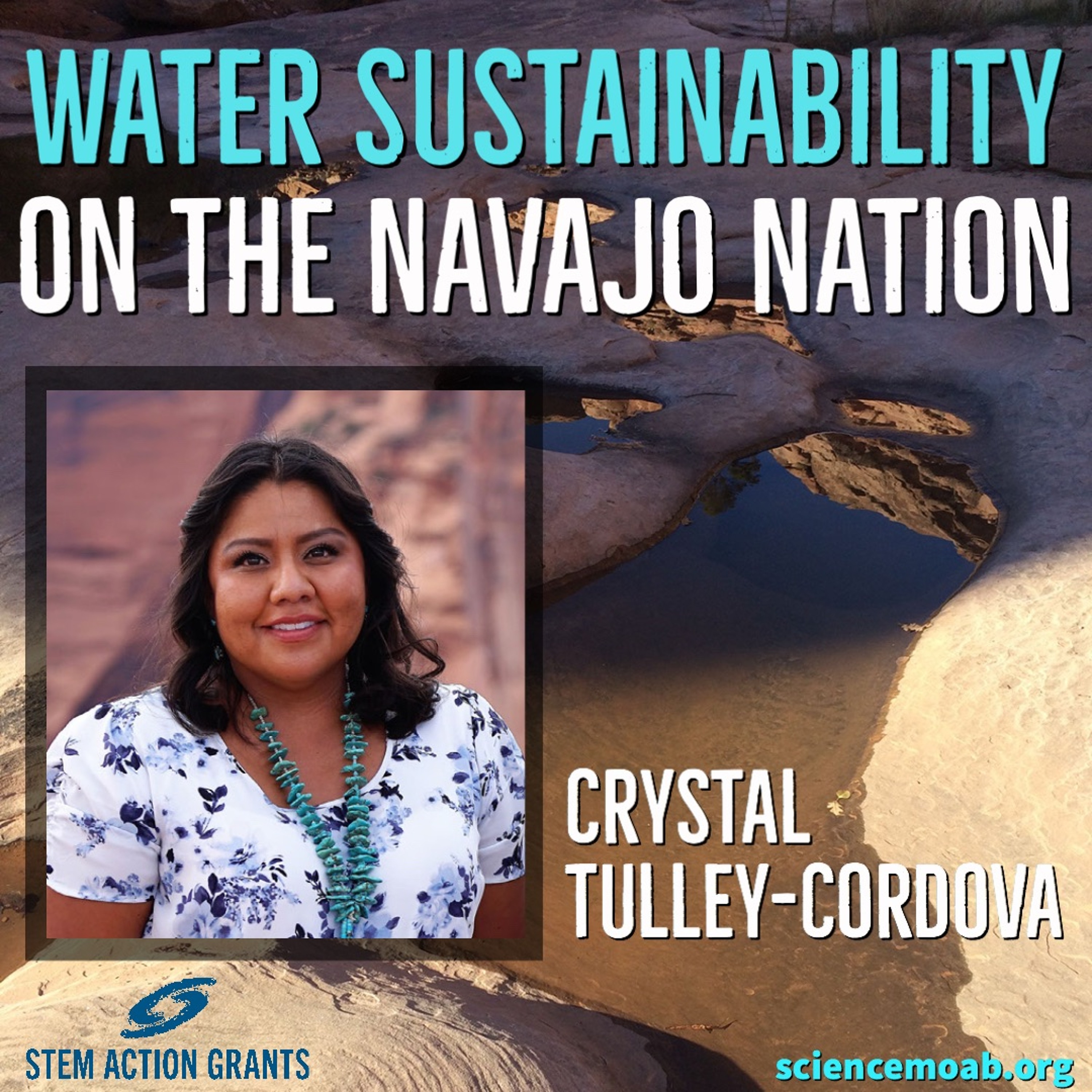 Science MoabWater Sustainability on the Navajo NationThe Navajo Nation is the size of West Virginia. Throughout the Nation, the topography, precipitation patterns, and water recharge are extremely diverse, but not well understood. Here we talk with principal hydrologist Crystal Tulley-Cordova about her work with the Navajo Nation Department of Water Resources and her research around the precipitation, recharge sources, and opportunities for sustainable water use on the Navajo Nation.
This episode was made possible by a Stem Action Grant from the Society for Science2022-01-0720 min
Science MoabWater Sustainability on the Navajo NationThe Navajo Nation is the size of West Virginia. Throughout the Nation, the topography, precipitation patterns, and water recharge are extremely diverse, but not well understood. Here we talk with principal hydrologist Crystal Tulley-Cordova about her work with the Navajo Nation Department of Water Resources and her research around the precipitation, recharge sources, and opportunities for sustainable water use on the Navajo Nation.
This episode was made possible by a Stem Action Grant from the Society for Science2022-01-0720 min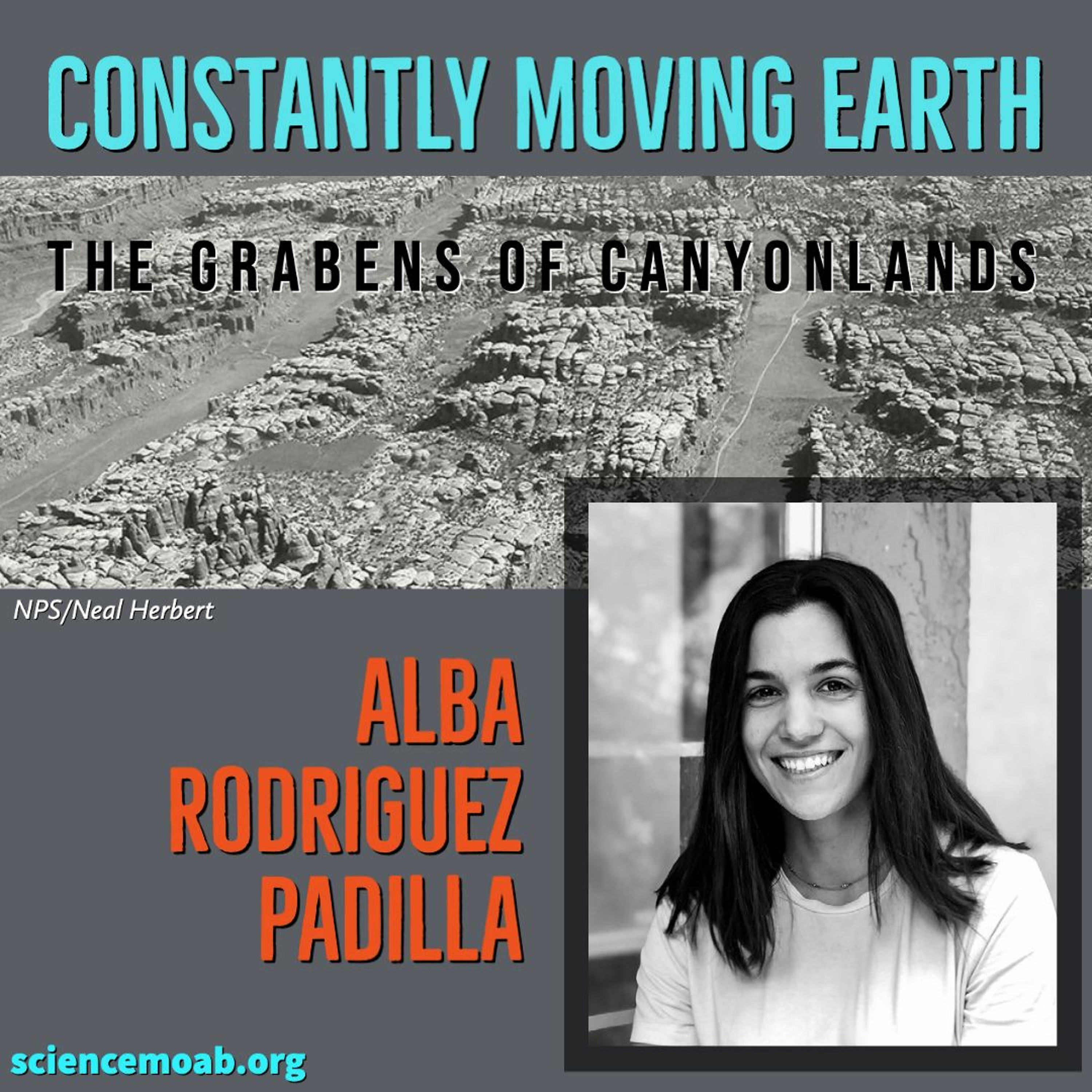 Science MoabConstantly Moving EarthThe Grabens is an area in the Needles District of Canyonlands National Park along the Colorado River that is constantly changing. The earth in these grabens is slowly moving up and down along faults and has resulted in a series of upthrown and downthrown blocks that results in long valleys between high areas. We talk with geophysicist Alba Rodriguez Padilla about the movement along these faults and how the information helps understand earth movements elsewhere.2021-12-3119 min
Science MoabConstantly Moving EarthThe Grabens is an area in the Needles District of Canyonlands National Park along the Colorado River that is constantly changing. The earth in these grabens is slowly moving up and down along faults and has resulted in a series of upthrown and downthrown blocks that results in long valleys between high areas. We talk with geophysicist Alba Rodriguez Padilla about the movement along these faults and how the information helps understand earth movements elsewhere.2021-12-3119 min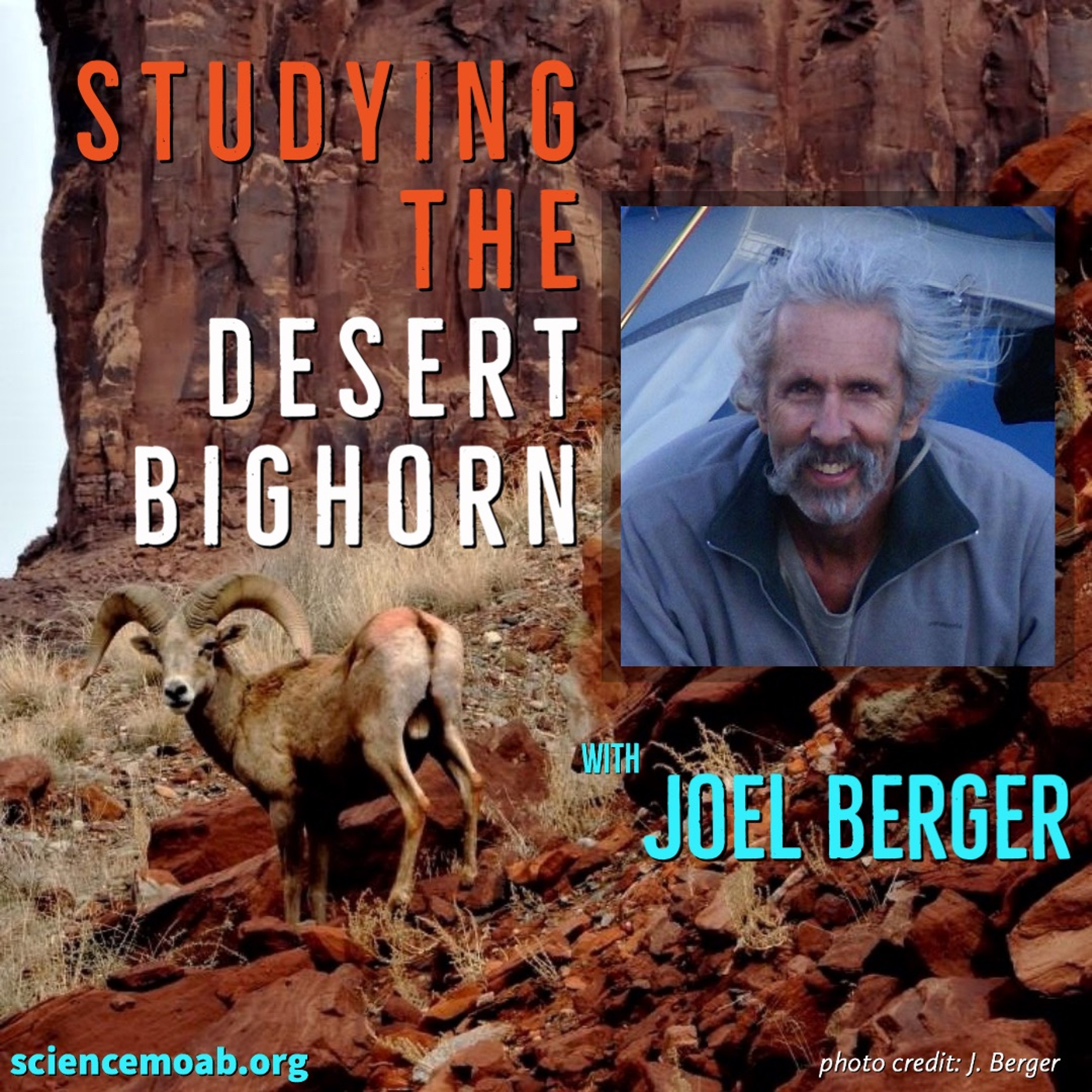 Science MoabStudying the Desert BighornWildlife conservationist Joel Berger has come full circle with his observations of Bighorn Sheep. After studying Bighorn during his graduate studies, Joel took a 30 year hiatus from the species only to return recently by undertaking a Desert Bighorn Sheep study in southeast Utah. We talk with Joel about the logistics of monitoring the sheep and the possible impacts from the increase in human recreation in the area.2021-12-1721 min
Science MoabStudying the Desert BighornWildlife conservationist Joel Berger has come full circle with his observations of Bighorn Sheep. After studying Bighorn during his graduate studies, Joel took a 30 year hiatus from the species only to return recently by undertaking a Desert Bighorn Sheep study in southeast Utah. We talk with Joel about the logistics of monitoring the sheep and the possible impacts from the increase in human recreation in the area.2021-12-1721 min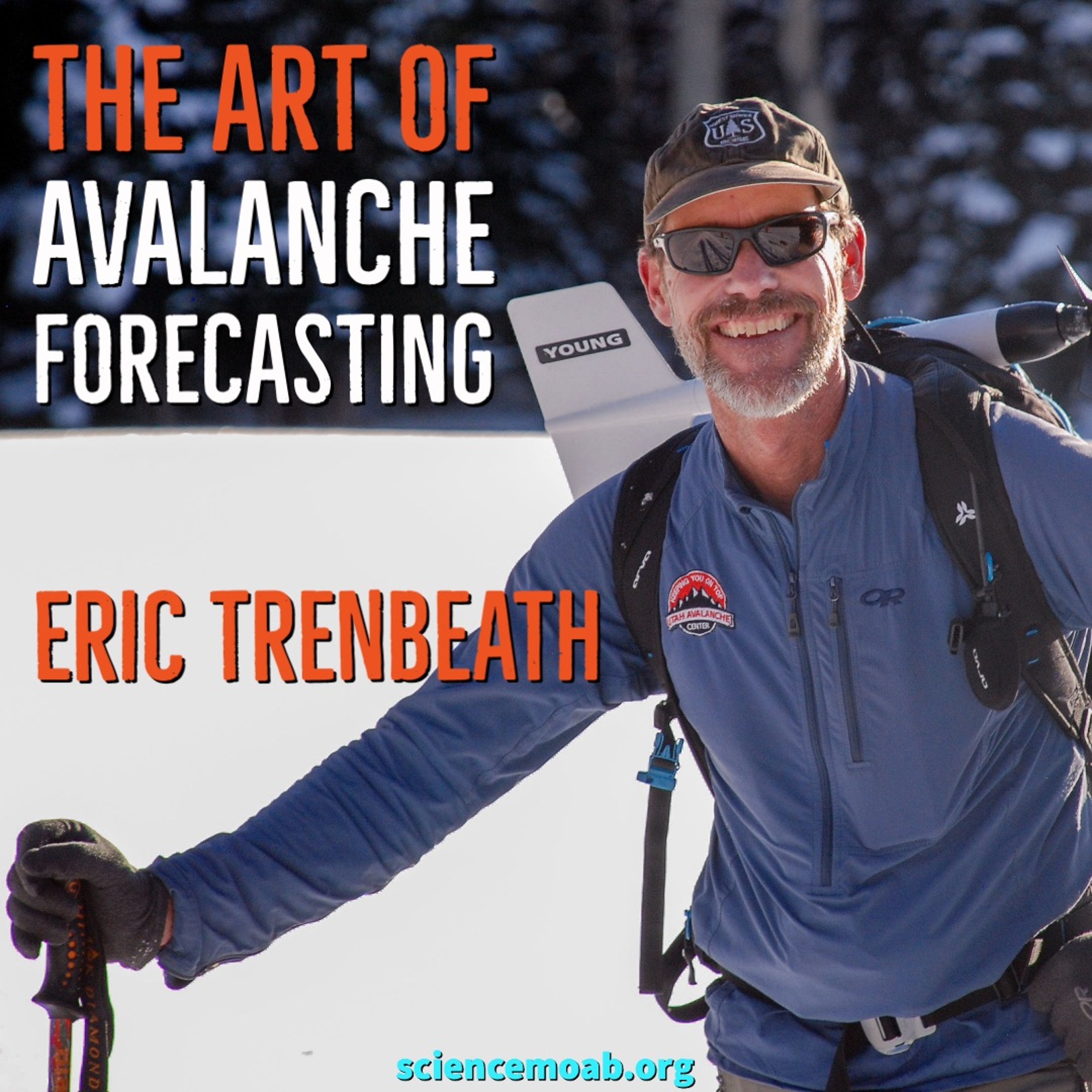 Science MoabThe Art of Avalanche ForecastingReading a snowpack can be as much art as it is science. We talk with Eric Trenbeath, avalanche forecaster for the USFS Utah Avalanche Center for the La Sal and Abajo Mountains, about reading patterns in the snow and how that fits into an avalanche forecast. Each snow or wind event change the story and ultimately change the daily forecast.2021-12-1021 min
Science MoabThe Art of Avalanche ForecastingReading a snowpack can be as much art as it is science. We talk with Eric Trenbeath, avalanche forecaster for the USFS Utah Avalanche Center for the La Sal and Abajo Mountains, about reading patterns in the snow and how that fits into an avalanche forecast. Each snow or wind event change the story and ultimately change the daily forecast.2021-12-1021 min Science MoabNutrition from a Cultural StandpointTraditional foods that address the environmental, cultural, nutritional and spiritual health of land and people is at the heart of Cynthia Wilson’s work. As a tribal member of the Navajo Nation, Cynthia was born and raised in Monument Valley, UT. We talk with Cynthia about her work with traditional foods and the founding of the Women of Bears Ears who seek to restore Indigenous women’s matrilineal roles and the rematriation of the Earth.2021-12-0319 min
Science MoabNutrition from a Cultural StandpointTraditional foods that address the environmental, cultural, nutritional and spiritual health of land and people is at the heart of Cynthia Wilson’s work. As a tribal member of the Navajo Nation, Cynthia was born and raised in Monument Valley, UT. We talk with Cynthia about her work with traditional foods and the founding of the Women of Bears Ears who seek to restore Indigenous women’s matrilineal roles and the rematriation of the Earth.2021-12-0319 min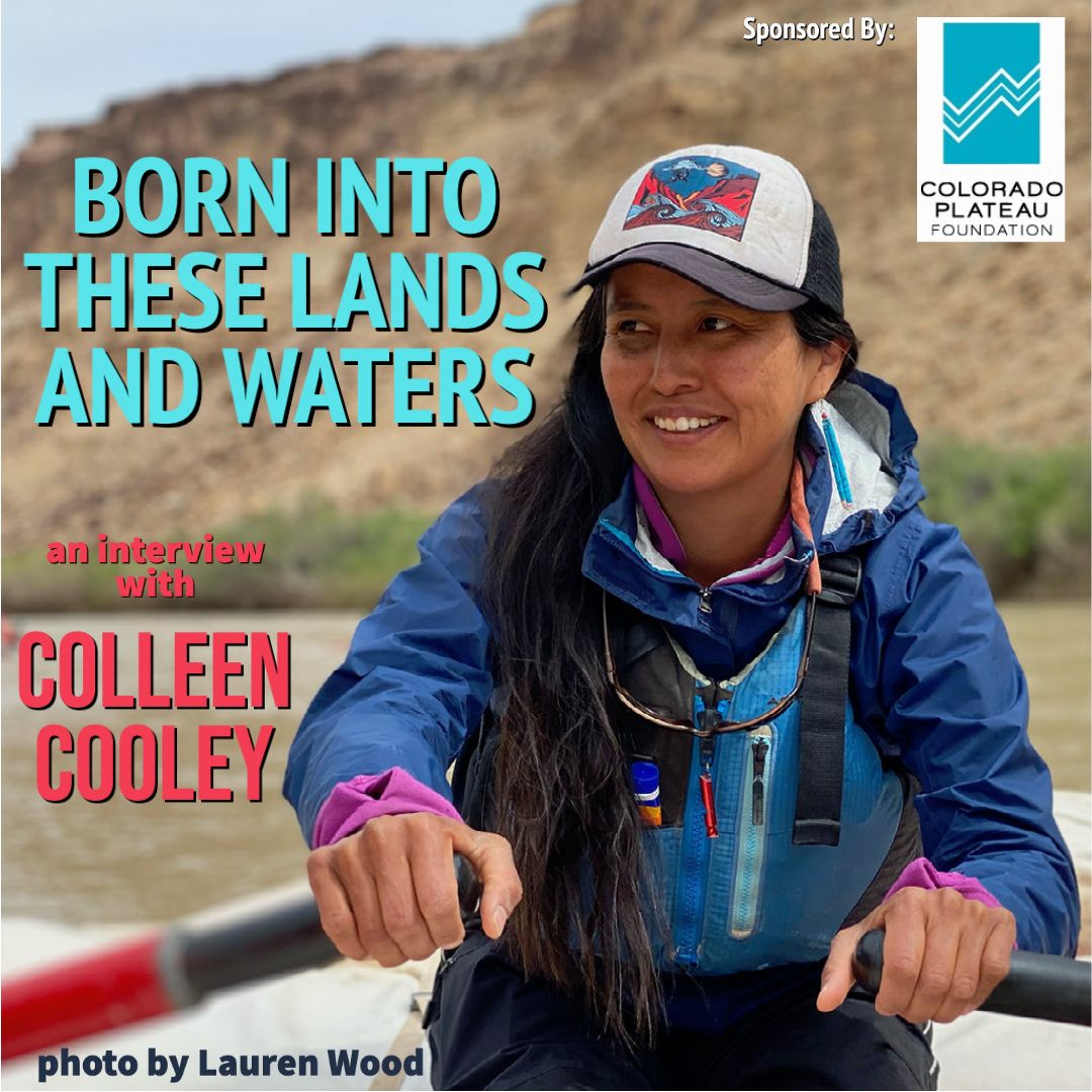 Science MoabBorn into these lands and watersColleen Cooley grew up in Shą́ą́ʼtóhí, a small community located on the Navajo Nation in northeast Arizona. She guides on the San Juan and Green Rivers and advocates for the landscapes, waters, and cultures that surround her. Here, we speak with her about her experience as a Diné river guide, the importance of water, and what she wants to see moving forward for Native and Indigenous guides and Native communities in the region.2021-11-2619 min
Science MoabBorn into these lands and watersColleen Cooley grew up in Shą́ą́ʼtóhí, a small community located on the Navajo Nation in northeast Arizona. She guides on the San Juan and Green Rivers and advocates for the landscapes, waters, and cultures that surround her. Here, we speak with her about her experience as a Diné river guide, the importance of water, and what she wants to see moving forward for Native and Indigenous guides and Native communities in the region.2021-11-2619 min Science MoabImpacts of Human Noise on WildlifeMany animals rely on sound for communication, especially birds. Human generated noise can have a large impact on bird numbers and productivity. Science Moab talks with Skip Ambrose, a wildlife biologist who specializes in the bioacoustics of birds. We talk about the specialized methods of recording the sound of birds and how this data helps define how much the birds are affected by human noise.2021-11-1920 min
Science MoabImpacts of Human Noise on WildlifeMany animals rely on sound for communication, especially birds. Human generated noise can have a large impact on bird numbers and productivity. Science Moab talks with Skip Ambrose, a wildlife biologist who specializes in the bioacoustics of birds. We talk about the specialized methods of recording the sound of birds and how this data helps define how much the birds are affected by human noise.2021-11-1920 min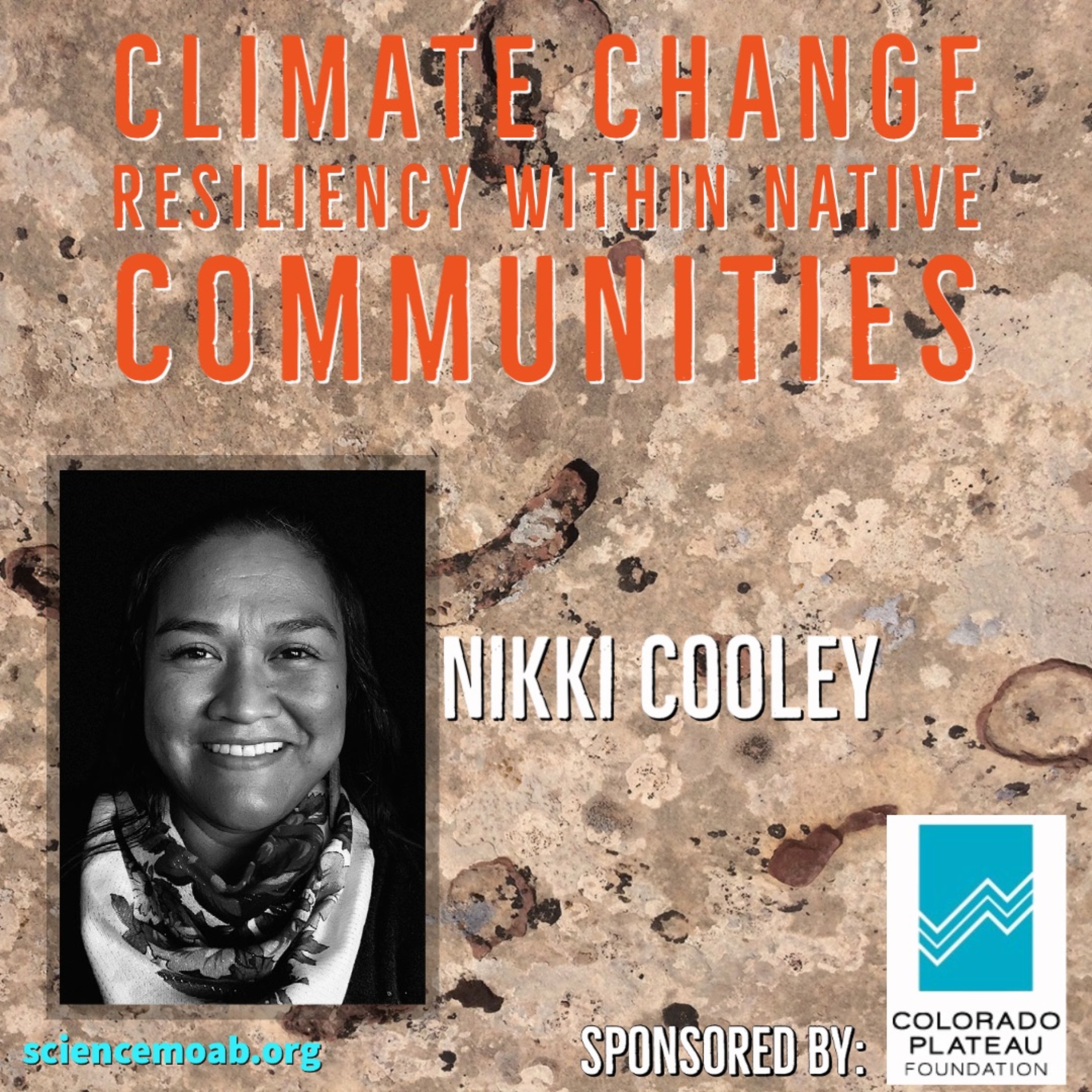 Science MoabClimate Change Resiliency within Native CommunitiesTribal communities are working on their own terms and with their own knowledge system to address and create resiliency to the coming changes. We talk with Nikki Cooley, the Interim Assistant Director for the Institute for Tribal Environmental Professionals (ITEP) with their tribes and Climate Change Program. While her master's degree is in forestry from Northern Arizona University, she has now found her dream job where she can combine all of her interests and passions, and feel like she’s making a difference.2021-11-1419 min
Science MoabClimate Change Resiliency within Native CommunitiesTribal communities are working on their own terms and with their own knowledge system to address and create resiliency to the coming changes. We talk with Nikki Cooley, the Interim Assistant Director for the Institute for Tribal Environmental Professionals (ITEP) with their tribes and Climate Change Program. While her master's degree is in forestry from Northern Arizona University, she has now found her dream job where she can combine all of her interests and passions, and feel like she’s making a difference.2021-11-1419 min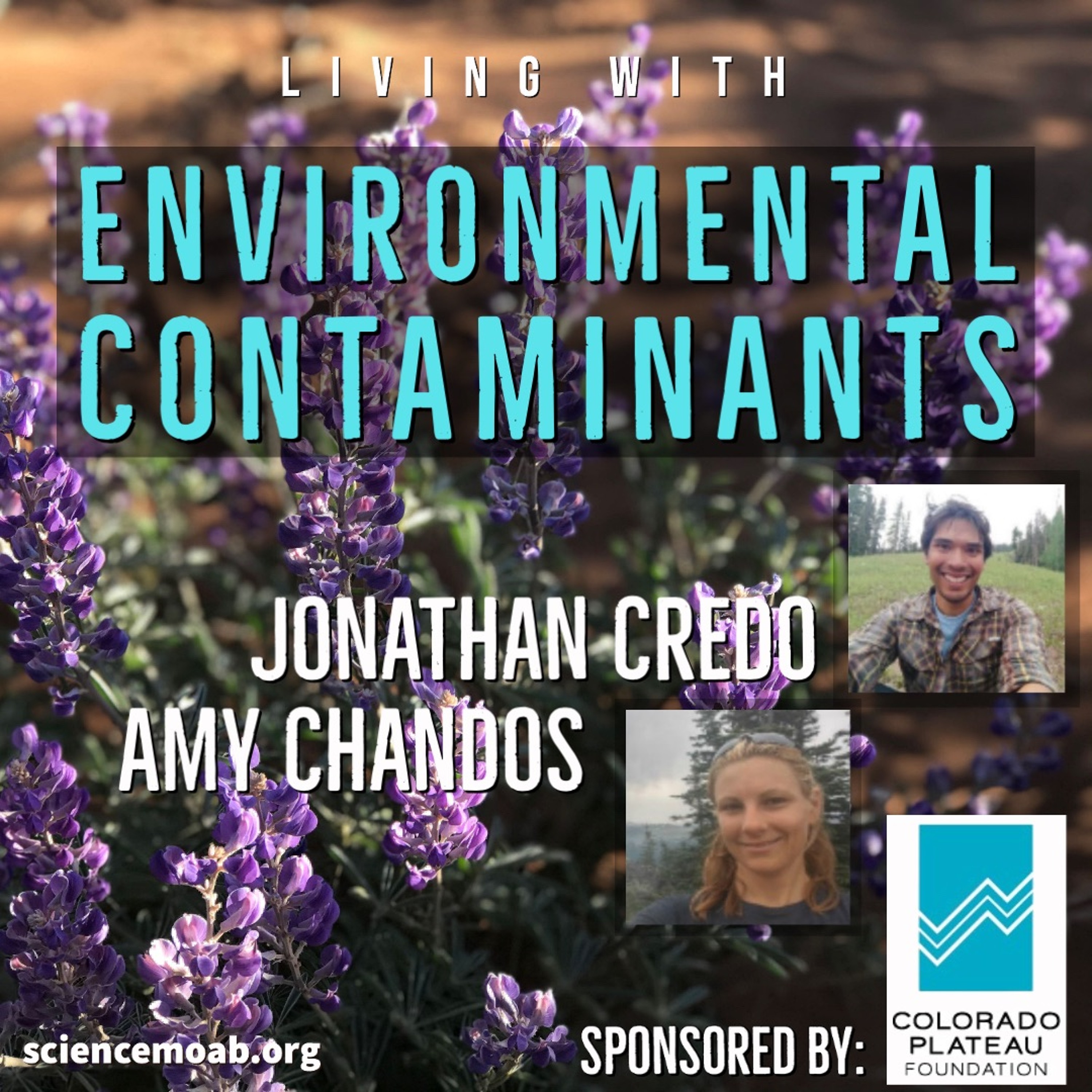 Science MoabLiving with Environmental ContaminantsThe Colorado Plateau is host to many environmental contaminants, both natural and man-made. These substances can find their way into waterways and eventually to ecosystems. We talk with Jonathan Credo and Amy Chandos about their research on the relationship between human activity and the environment. We talk about how mining and agriculture impact tribal and non-native communities and the ecology of this region.2021-11-0520 min
Science MoabLiving with Environmental ContaminantsThe Colorado Plateau is host to many environmental contaminants, both natural and man-made. These substances can find their way into waterways and eventually to ecosystems. We talk with Jonathan Credo and Amy Chandos about their research on the relationship between human activity and the environment. We talk about how mining and agriculture impact tribal and non-native communities and the ecology of this region.2021-11-0520 min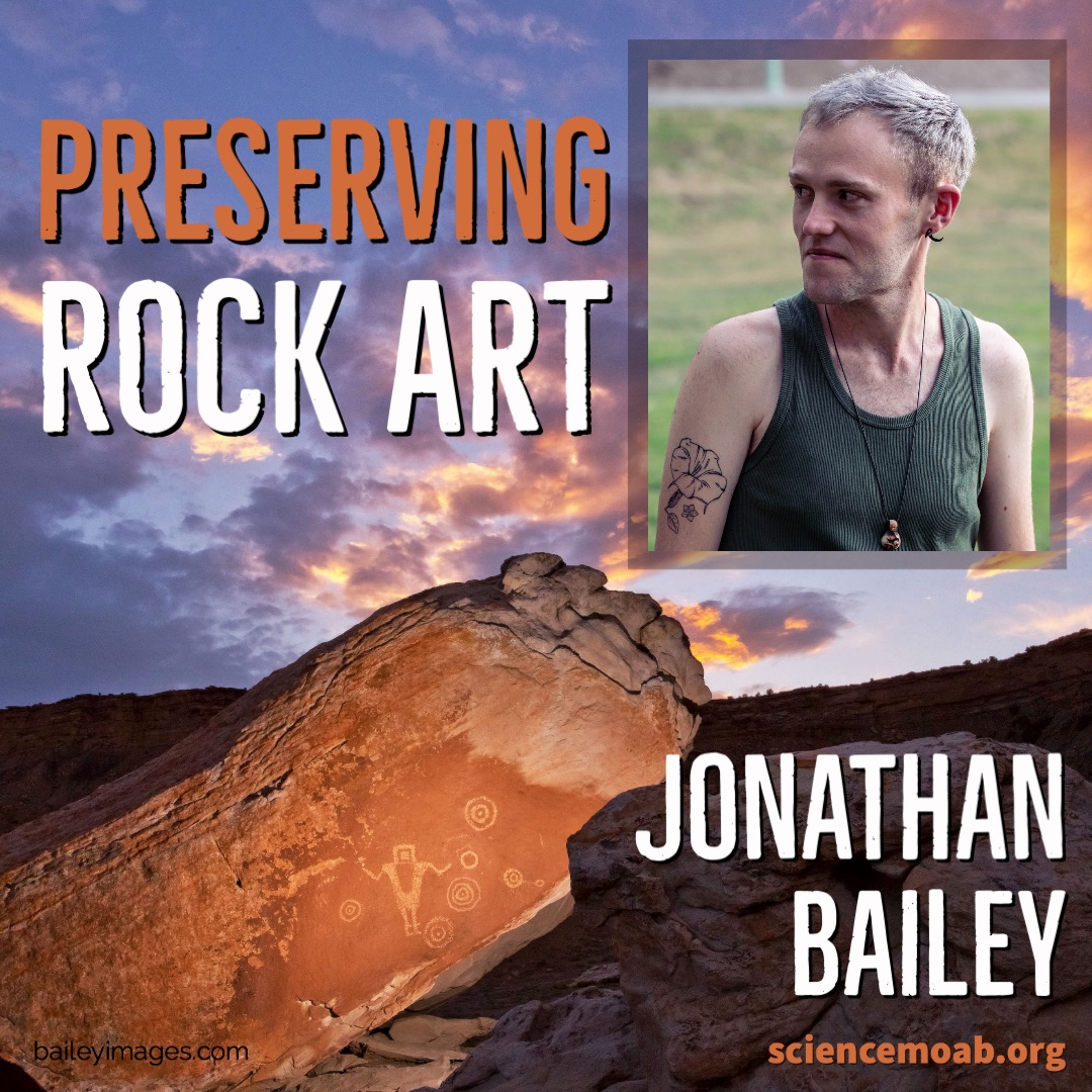 Science MoabPreserving Rock ArtThe majority of Rock Art in southern Utah has not been documented. Jonathan Bailey is working on changing that. Hiking many miles into the backcountry, Jonathan is seeking out and photographing rock art in order to protect and preserve its heritage and to conserve the cultural landscapes that surround it. We talk with Jonathan about his work in photography and conservation in Utah and the special places it takes him to.2021-10-2920 min
Science MoabPreserving Rock ArtThe majority of Rock Art in southern Utah has not been documented. Jonathan Bailey is working on changing that. Hiking many miles into the backcountry, Jonathan is seeking out and photographing rock art in order to protect and preserve its heritage and to conserve the cultural landscapes that surround it. We talk with Jonathan about his work in photography and conservation in Utah and the special places it takes him to.2021-10-2920 min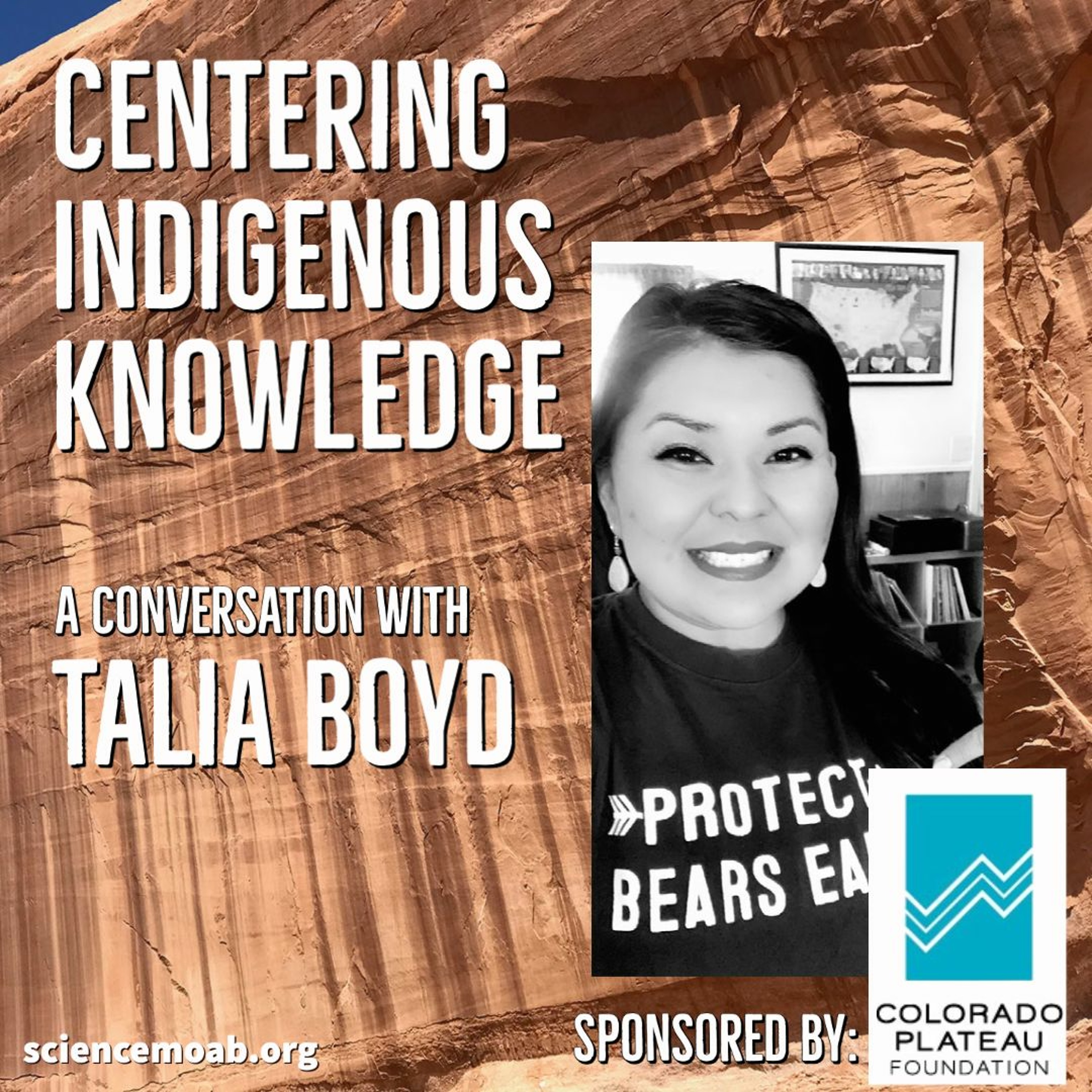 Science MoabCentering Indigenous KnowledgeTraditional knowledge systems that contain regenerative relationships with the land have been in place for generations on the Colorado Plateau. With Talia Boyd, we talk about these relationships and the necessity of Native peoples leading the region through issues like the climate crisis and environmental contamination. Talia calls for those with power, including non-Native scientists, to step back and give power back to this land's First Peoples. This episode is sponsored by the Colorado Plateau Foundation2021-10-2222 min
Science MoabCentering Indigenous KnowledgeTraditional knowledge systems that contain regenerative relationships with the land have been in place for generations on the Colorado Plateau. With Talia Boyd, we talk about these relationships and the necessity of Native peoples leading the region through issues like the climate crisis and environmental contamination. Talia calls for those with power, including non-Native scientists, to step back and give power back to this land's First Peoples. This episode is sponsored by the Colorado Plateau Foundation2021-10-2222 min Science MoabLife Distribution in Deep CanyonsBiogeography is the distribution of life within and around landforms. In a large deep canyon, that distribution is influenced by the elevation and the aspect of a slope which also controls the sunlight received. We talk with Larry Stevens of the Museum of Northern Arizona about his decades long investigation of biogeography within the Grand Canyon. More than 70% of the species found in the Grand Canyon are genetically affected by the landform itself and many can live nowhere else.2021-10-1521 min
Science MoabLife Distribution in Deep CanyonsBiogeography is the distribution of life within and around landforms. In a large deep canyon, that distribution is influenced by the elevation and the aspect of a slope which also controls the sunlight received. We talk with Larry Stevens of the Museum of Northern Arizona about his decades long investigation of biogeography within the Grand Canyon. More than 70% of the species found in the Grand Canyon are genetically affected by the landform itself and many can live nowhere else.2021-10-1521 min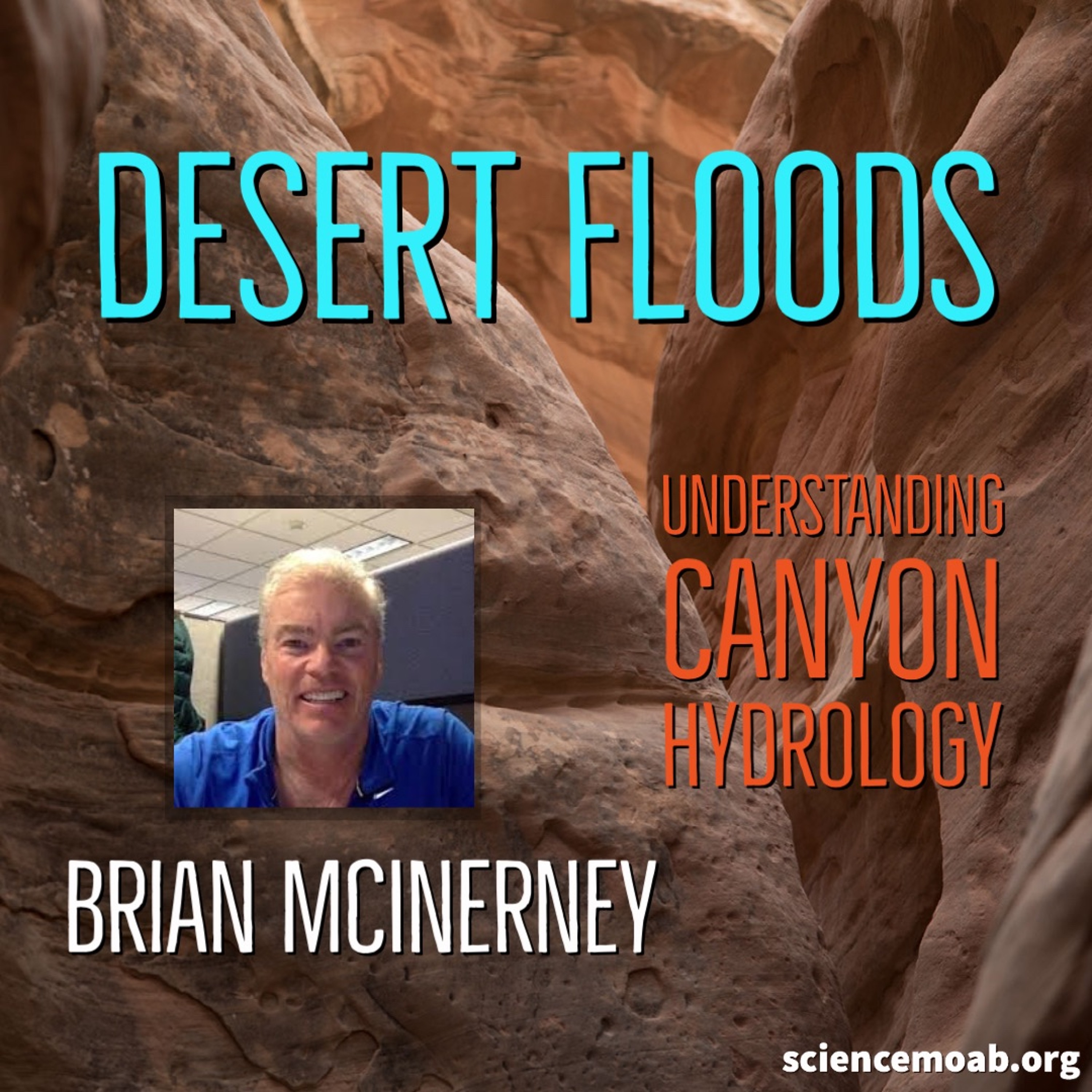 Science MoabDesert FloodsIn the red rock deserts of the southwest, there is little soil to absorb rainfall. It usually runs off the rock to the lowest point which is commonly a narrow incised canyon. These canyons can fill with flood waters very quickly. We talk with hydrologist Brian McInerney about the conditions that come together to form these flash floods and how dangerous they can be.2021-10-0819 min
Science MoabDesert FloodsIn the red rock deserts of the southwest, there is little soil to absorb rainfall. It usually runs off the rock to the lowest point which is commonly a narrow incised canyon. These canyons can fill with flood waters very quickly. We talk with hydrologist Brian McInerney about the conditions that come together to form these flash floods and how dangerous they can be.2021-10-0819 min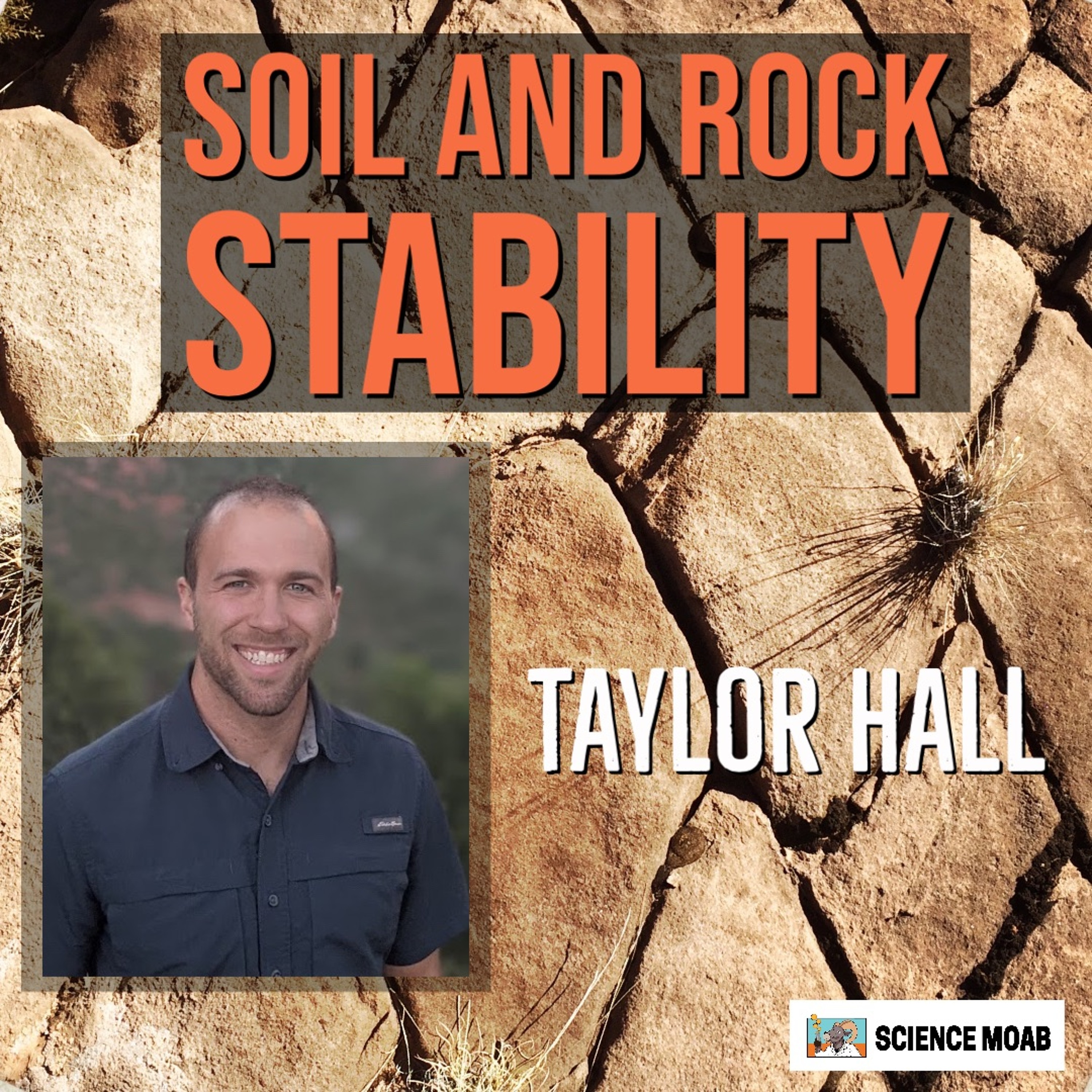 Science MoabSoil and Rock StabilityThe beautiful red rock desert surrounding Moab is host to more than 10 geohazards that can affect the structural integrity of buildings, bridges, or roads. We talk with Taylor Hall who is a geotechnical engineer studying the physics of soils and rocks in order to understand their mechanical properties and how they may affect such structures. Taylor has recently started his own business in Moab where he finds the unique environment curious and fun to work in.2021-10-0119 min
Science MoabSoil and Rock StabilityThe beautiful red rock desert surrounding Moab is host to more than 10 geohazards that can affect the structural integrity of buildings, bridges, or roads. We talk with Taylor Hall who is a geotechnical engineer studying the physics of soils and rocks in order to understand their mechanical properties and how they may affect such structures. Taylor has recently started his own business in Moab where he finds the unique environment curious and fun to work in.2021-10-0119 min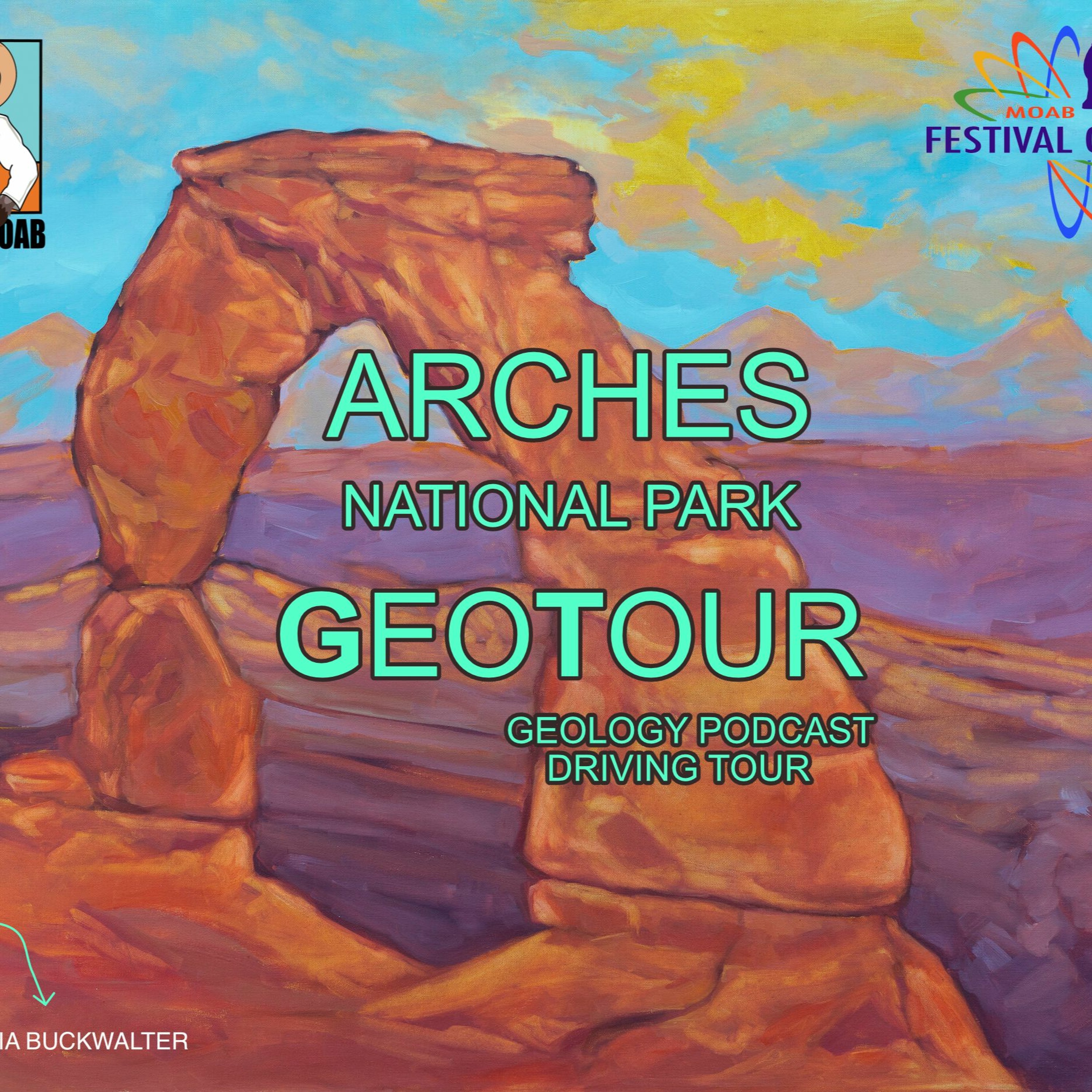 Science MoabFestivalofScience EXTRA - Arches NP GeoTour 2021Join scientists Chris Benson and Terry Dial on a geology tour of Arches National Park! Learn about rock layers, ancient environments and arch formation. The drive takes you along the main Arches NP road, highlighting the amazing geology seen at six different and incredibly scenic stops. Download the Arches National Park GeoTour now and take an epic educational drive through this sandstone wonderland!2021-09-2538 min
Science MoabFestivalofScience EXTRA - Arches NP GeoTour 2021Join scientists Chris Benson and Terry Dial on a geology tour of Arches National Park! Learn about rock layers, ancient environments and arch formation. The drive takes you along the main Arches NP road, highlighting the amazing geology seen at six different and incredibly scenic stops. Download the Arches National Park GeoTour now and take an epic educational drive through this sandstone wonderland!2021-09-2538 min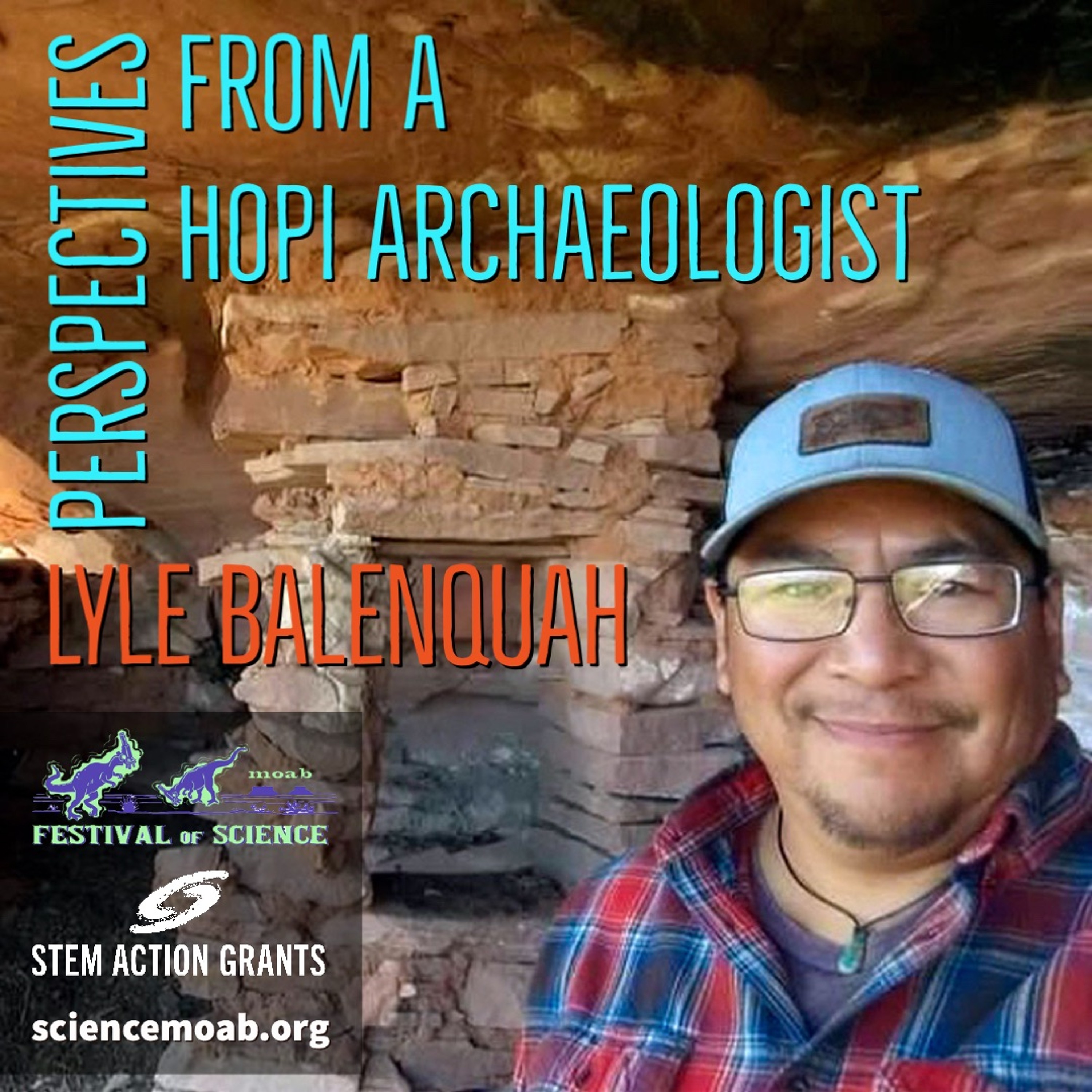 Science MoabPerspectives from a Hopi ArchaeologistTo Indigenous archaeologist Lyle Balenquah, archaeological sites are places that are connected to a living culture. As a Hopi archaeologist working on Ancestral Lands on the Colorado Plateau, Lyle's experience in archaeology is different from his non-Native colleagues. We speak with him about his journey into archaeology and what it means for him to be preserving Hopi culture within Ancestral Lands. This episode of Science Moab was sponsored by the STEM Action Grant from the Society for Science.2021-09-2421 min
Science MoabPerspectives from a Hopi ArchaeologistTo Indigenous archaeologist Lyle Balenquah, archaeological sites are places that are connected to a living culture. As a Hopi archaeologist working on Ancestral Lands on the Colorado Plateau, Lyle's experience in archaeology is different from his non-Native colleagues. We speak with him about his journey into archaeology and what it means for him to be preserving Hopi culture within Ancestral Lands. This episode of Science Moab was sponsored by the STEM Action Grant from the Society for Science.2021-09-2421 min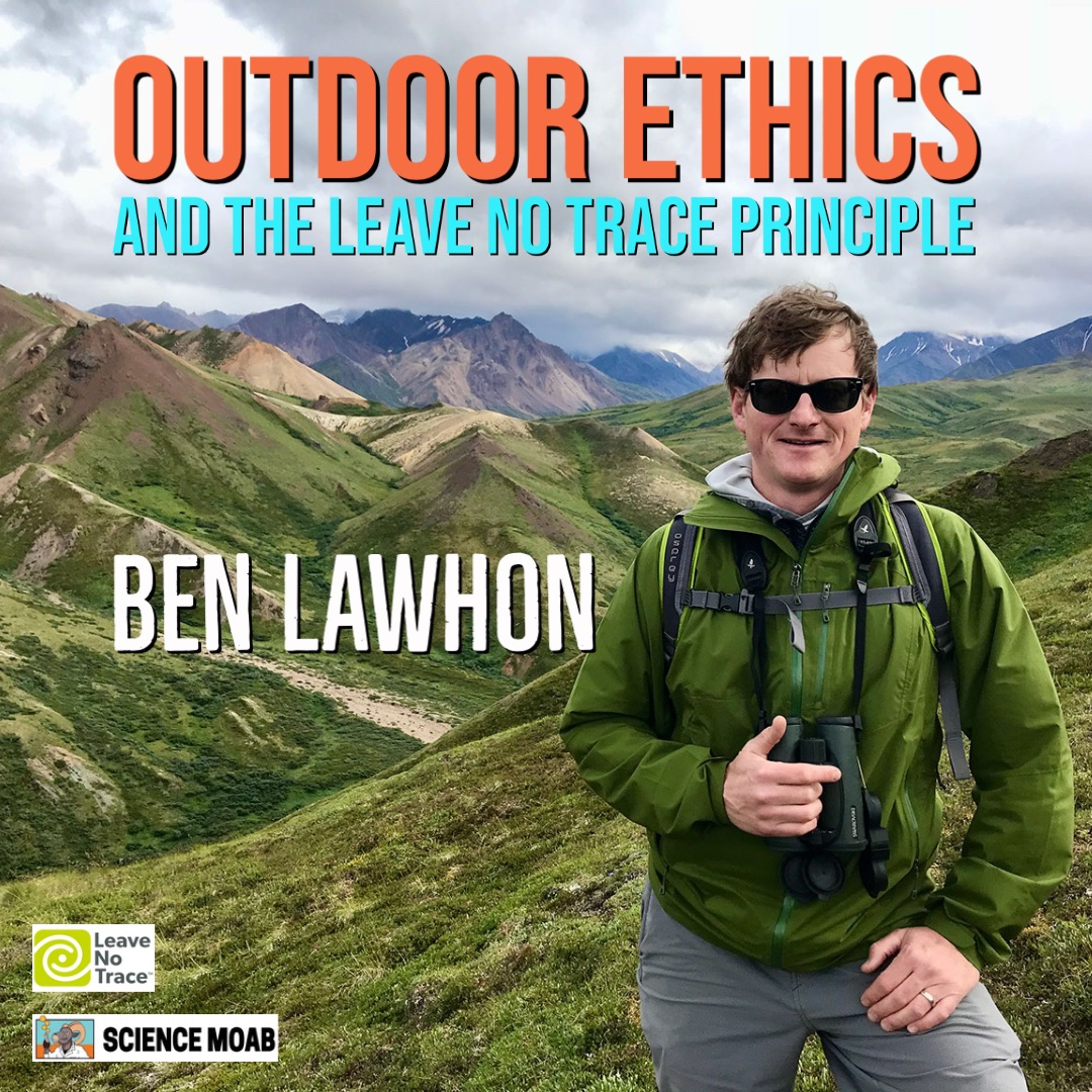 Science MoabOutdoor Ethics“Leave No Trace” is not a new concept for most outdoor enthusiasts but the LNT recommendations for engaging with the outdoors are always updating as new learnings evolve. We talk with Ben Lawhon, the head of LNT’s research team about the science behind the curriculum of LNT. For this episode, we’ve partnered with the Leave No Trace Center for Outdoor Ethics in advance of the upcoming Arches Leave No Trace Hotspot Sep 24-27th. An event that is working to help address the mountain recreation problems in Arches National Park.2021-09-1723 min
Science MoabOutdoor Ethics“Leave No Trace” is not a new concept for most outdoor enthusiasts but the LNT recommendations for engaging with the outdoors are always updating as new learnings evolve. We talk with Ben Lawhon, the head of LNT’s research team about the science behind the curriculum of LNT. For this episode, we’ve partnered with the Leave No Trace Center for Outdoor Ethics in advance of the upcoming Arches Leave No Trace Hotspot Sep 24-27th. An event that is working to help address the mountain recreation problems in Arches National Park.2021-09-1723 min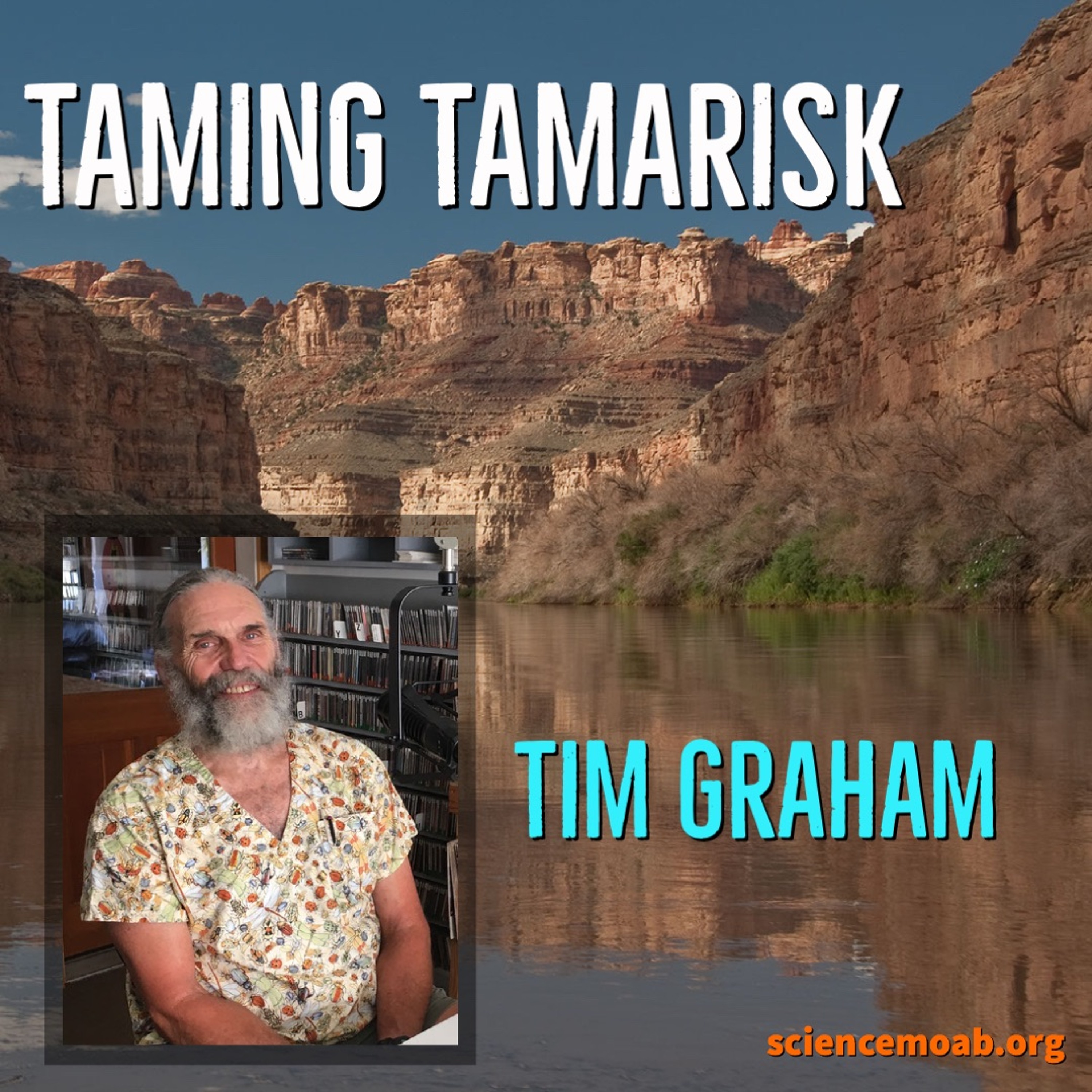 Science MoabTaming TamariskTaming Tamarisk by Peggy Hodgkins2021-09-1019 min
Science MoabTaming TamariskTaming Tamarisk by Peggy Hodgkins2021-09-1019 min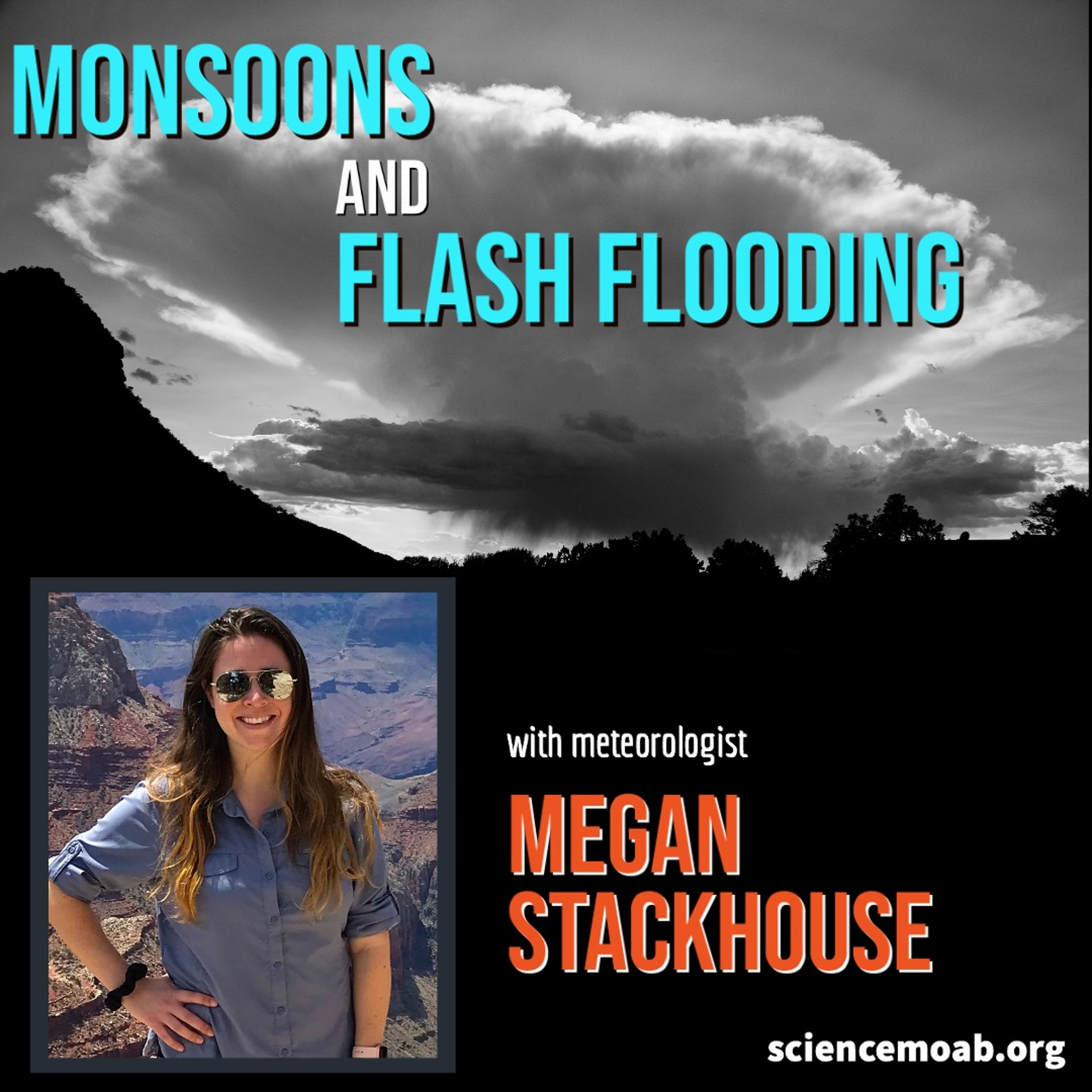 Science MoabMonsoons and Flash FloodingMonsoons in the desert southwest rely on a seasonal wind shift to occur. They don’t always materialize. When they come, though, the drastic change in weather and rainfall amounts can often lead to flash floods in a sun-parched desert. We talk with Megan Stackhouse from the National Weather Service in Grand Junction, CO. We talk about the difficulty in predicting rainfall and flooding in arid environments with so much topographic variation.2021-09-0317 min
Science MoabMonsoons and Flash FloodingMonsoons in the desert southwest rely on a seasonal wind shift to occur. They don’t always materialize. When they come, though, the drastic change in weather and rainfall amounts can often lead to flash floods in a sun-parched desert. We talk with Megan Stackhouse from the National Weather Service in Grand Junction, CO. We talk about the difficulty in predicting rainfall and flooding in arid environments with so much topographic variation.2021-09-0317 min Science MoabIndian Creek Climbing Sustainability, Pt. 2As the number of climbers grows across the country, so does the number of climbing visitors to Indian Creek (San Juan County, UT). Concern is rising for the conservation of the climbing resource and the fragile desert ecosystem it sits in. This is the second of two podcasts dedicated to the recent attention in this climbing area. We talk with Ty Tyler, Stewardship Director for the Access Fund - a national non-profit organization dedicated to leading and inspiring the climbing community in keeping climbing areas open and conserving the climbing environment. We talk about the upcoming stewardship program in Indian...2021-08-2719 min
Science MoabIndian Creek Climbing Sustainability, Pt. 2As the number of climbers grows across the country, so does the number of climbing visitors to Indian Creek (San Juan County, UT). Concern is rising for the conservation of the climbing resource and the fragile desert ecosystem it sits in. This is the second of two podcasts dedicated to the recent attention in this climbing area. We talk with Ty Tyler, Stewardship Director for the Access Fund - a national non-profit organization dedicated to leading and inspiring the climbing community in keeping climbing areas open and conserving the climbing environment. We talk about the upcoming stewardship program in Indian...2021-08-2719 min Science MoabIndian Creek Climbing Sustainabilty Pt. 1The number of climbers coming to Indian Creek (San Juan County, UT)has increased like so many outdoor recreation areas. The resource, though, is limited at Indian Creek. This is the first of two podcasts dedicated to this climbing area and the attempts being made to preserve the resource. We talk with David Carter, assistant professor of public policy and administration at the University of Utah’s Department of Political Science. An avid climber himself, David is responsible for distributing a survey to Indian Creek climbers in 2021.2021-08-2019 min
Science MoabIndian Creek Climbing Sustainabilty Pt. 1The number of climbers coming to Indian Creek (San Juan County, UT)has increased like so many outdoor recreation areas. The resource, though, is limited at Indian Creek. This is the first of two podcasts dedicated to this climbing area and the attempts being made to preserve the resource. We talk with David Carter, assistant professor of public policy and administration at the University of Utah’s Department of Political Science. An avid climber himself, David is responsible for distributing a survey to Indian Creek climbers in 2021.2021-08-2019 min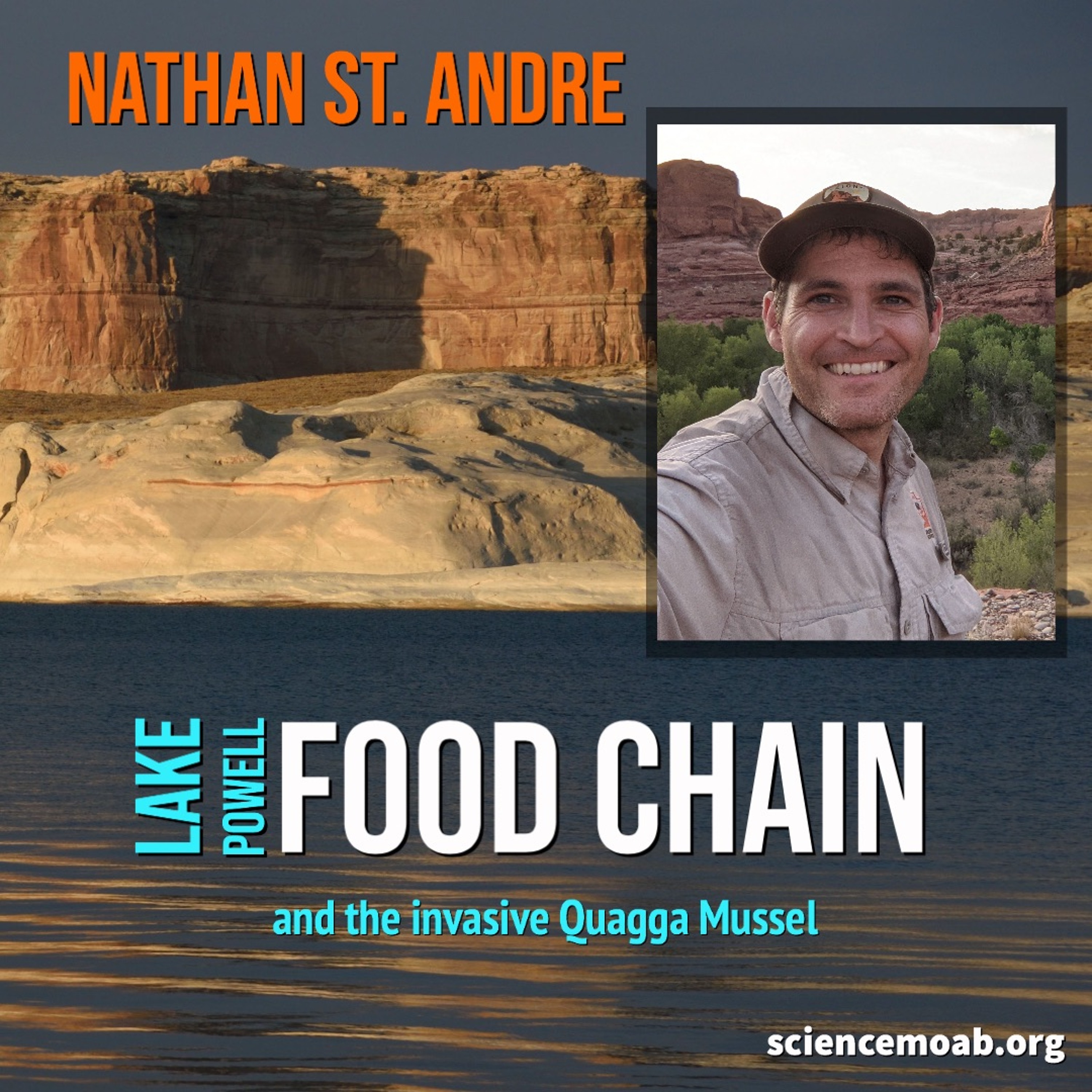 Science MoabLake Powell Food ChainThe invasive quagga mussel found its way into Lake Powell in 2012. This rapidly spreading nuisance species is affecting the lake’s ecology, namely its fish population. We talked with biologist Nathan St. Andre about his work with the stable isotopes in the fish of Lake Powell and how they are changing with the presence of the quagga mussel. The results echo a broader geographical division in the Lake itself.2021-08-1320 min
Science MoabLake Powell Food ChainThe invasive quagga mussel found its way into Lake Powell in 2012. This rapidly spreading nuisance species is affecting the lake’s ecology, namely its fish population. We talked with biologist Nathan St. Andre about his work with the stable isotopes in the fish of Lake Powell and how they are changing with the presence of the quagga mussel. The results echo a broader geographical division in the Lake itself.2021-08-1320 min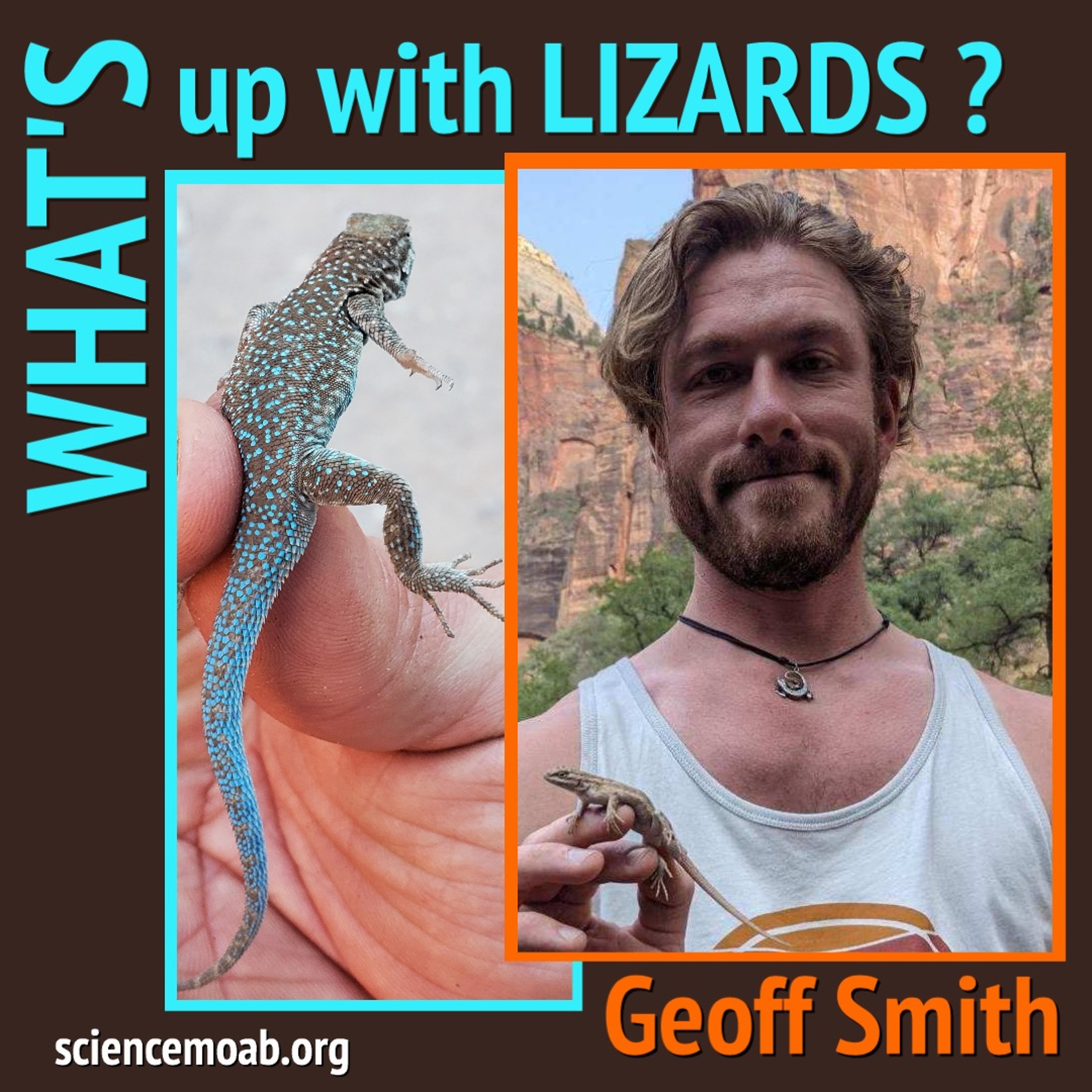 Science MoabWhat's up with Lizards?The unique ecosystem of Southwestern Utah includes bits of the Mojave Desert, the Colorado Plateau, and the Great Basin. Here you can find 18 of the 23 species of lizards in the state of Utah. Some species are found nowhere else. Dr. Geoffrey Smith, professor of physiology at Dixie State University, lives in this part of the world for this reason. We talk with him about his work with lizards, in particular the Side-blotched Lizard, which he describes as the most beautiful lizard you’ve ever seen.2021-08-0621 min
Science MoabWhat's up with Lizards?The unique ecosystem of Southwestern Utah includes bits of the Mojave Desert, the Colorado Plateau, and the Great Basin. Here you can find 18 of the 23 species of lizards in the state of Utah. Some species are found nowhere else. Dr. Geoffrey Smith, professor of physiology at Dixie State University, lives in this part of the world for this reason. We talk with him about his work with lizards, in particular the Side-blotched Lizard, which he describes as the most beautiful lizard you’ve ever seen.2021-08-0621 min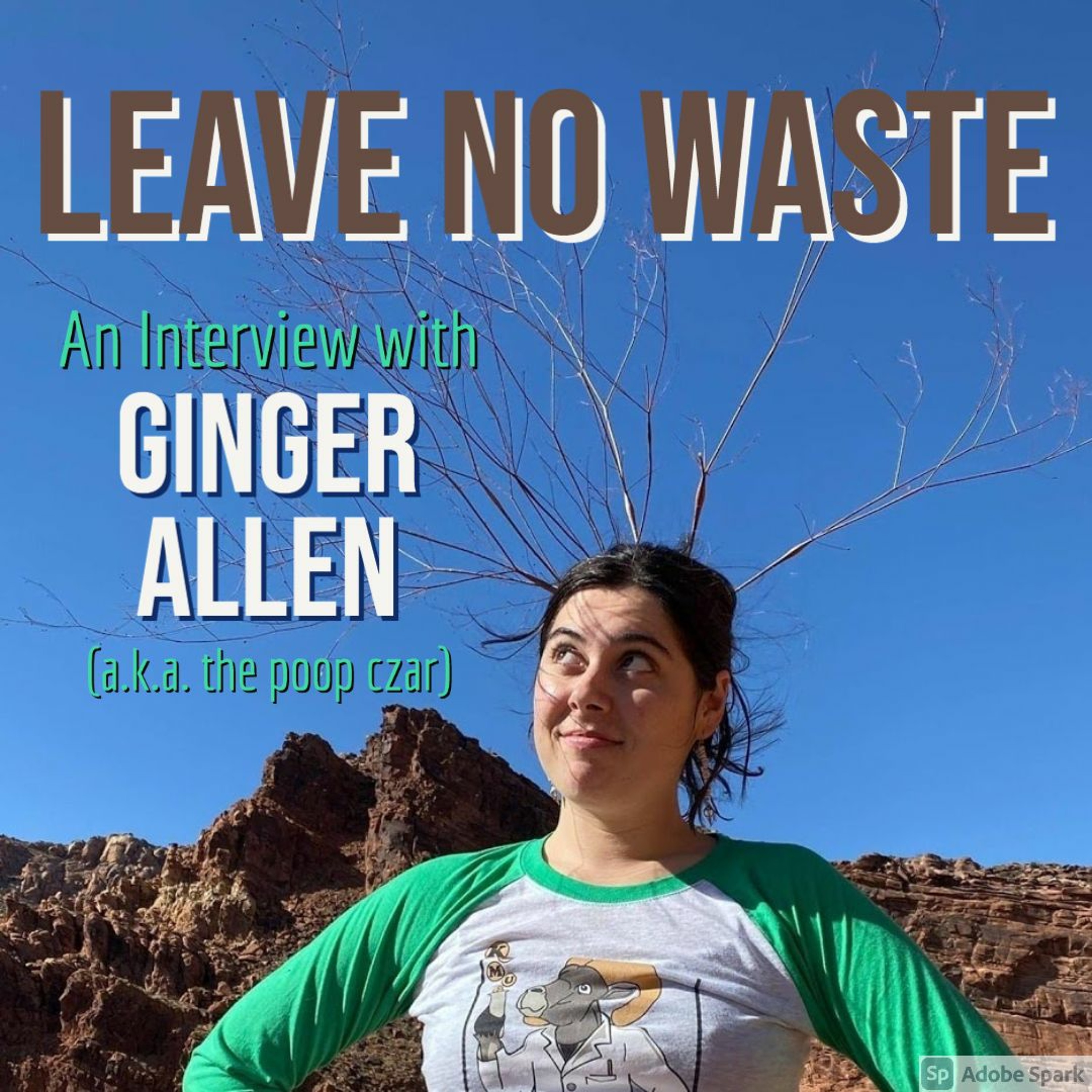 Science MoabLeave No WasteThe sheer number of recreationists in southern Utah has brought the subject of human waste in the backcountry to a head. The Southeast Utah Health Department is spearheading a campaign to educate visitors and tourists about having a bathroom plan when recreating. We talk with Ginger Allen, the Environmental Stewardship Coordinator at the SEUHD, about the interagency message and a public health campaign that hopes to result in an overall increase in the public’s awareness of human waste issues and disposal techniques for the backcountry.2021-07-3019 min
Science MoabLeave No WasteThe sheer number of recreationists in southern Utah has brought the subject of human waste in the backcountry to a head. The Southeast Utah Health Department is spearheading a campaign to educate visitors and tourists about having a bathroom plan when recreating. We talk with Ginger Allen, the Environmental Stewardship Coordinator at the SEUHD, about the interagency message and a public health campaign that hopes to result in an overall increase in the public’s awareness of human waste issues and disposal techniques for the backcountry.2021-07-3019 min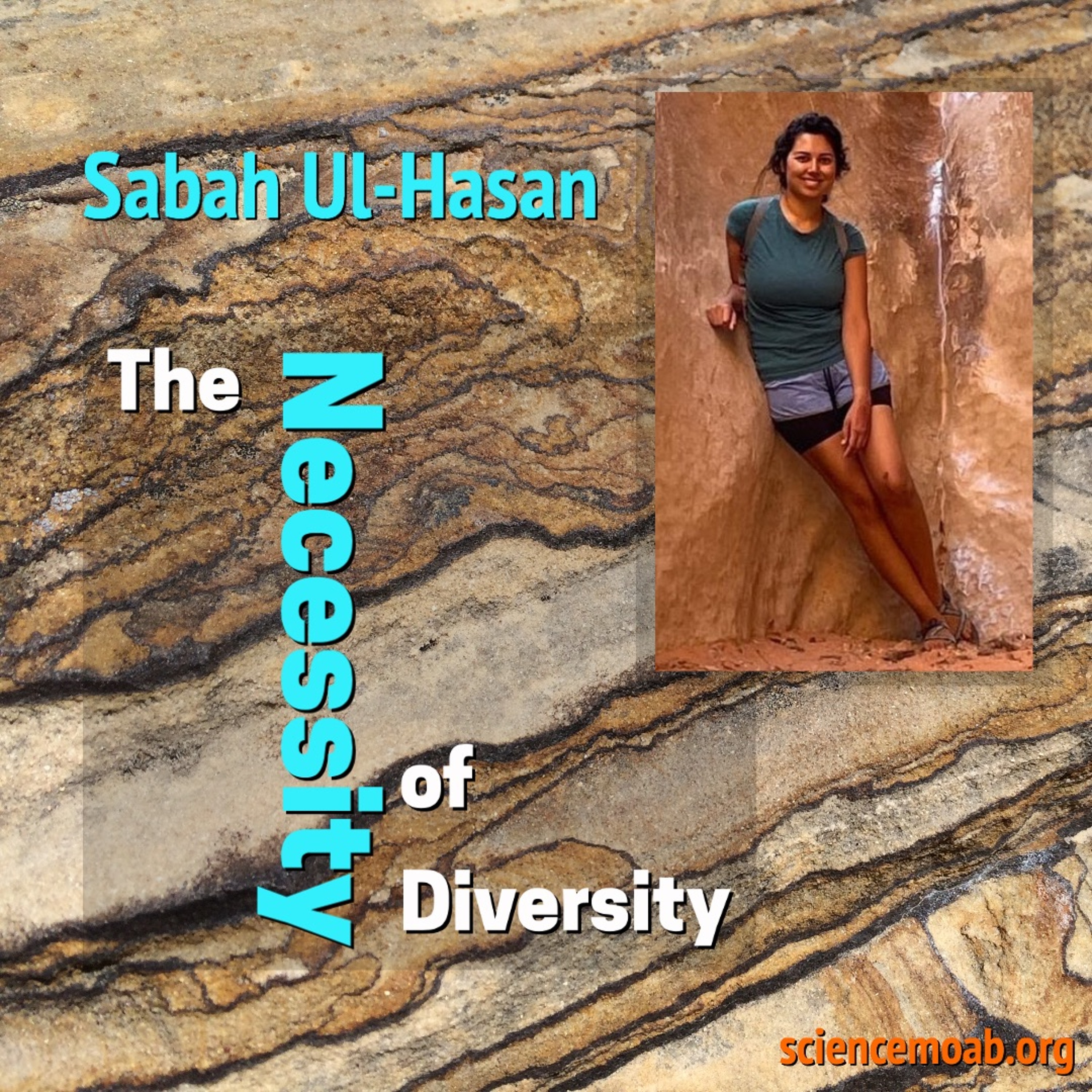 Science MoabDoes Diversity Matter?There are lots of different forms of knowledge, from place-based, community knowledge to science in laboratories. When this wide diversity of understanding isn't listened to or valued, we all lose out. Here, Science Moab speaks with Dr. Sabah Ul-Hasan, who grew up near the Great Salt Lake, about their experience as a scientist studying bioinformatics and how bringing inclusive understandings into science is essential to understanding the world and making it a better place.2021-07-2317 min
Science MoabDoes Diversity Matter?There are lots of different forms of knowledge, from place-based, community knowledge to science in laboratories. When this wide diversity of understanding isn't listened to or valued, we all lose out. Here, Science Moab speaks with Dr. Sabah Ul-Hasan, who grew up near the Great Salt Lake, about their experience as a scientist studying bioinformatics and how bringing inclusive understandings into science is essential to understanding the world and making it a better place.2021-07-2317 min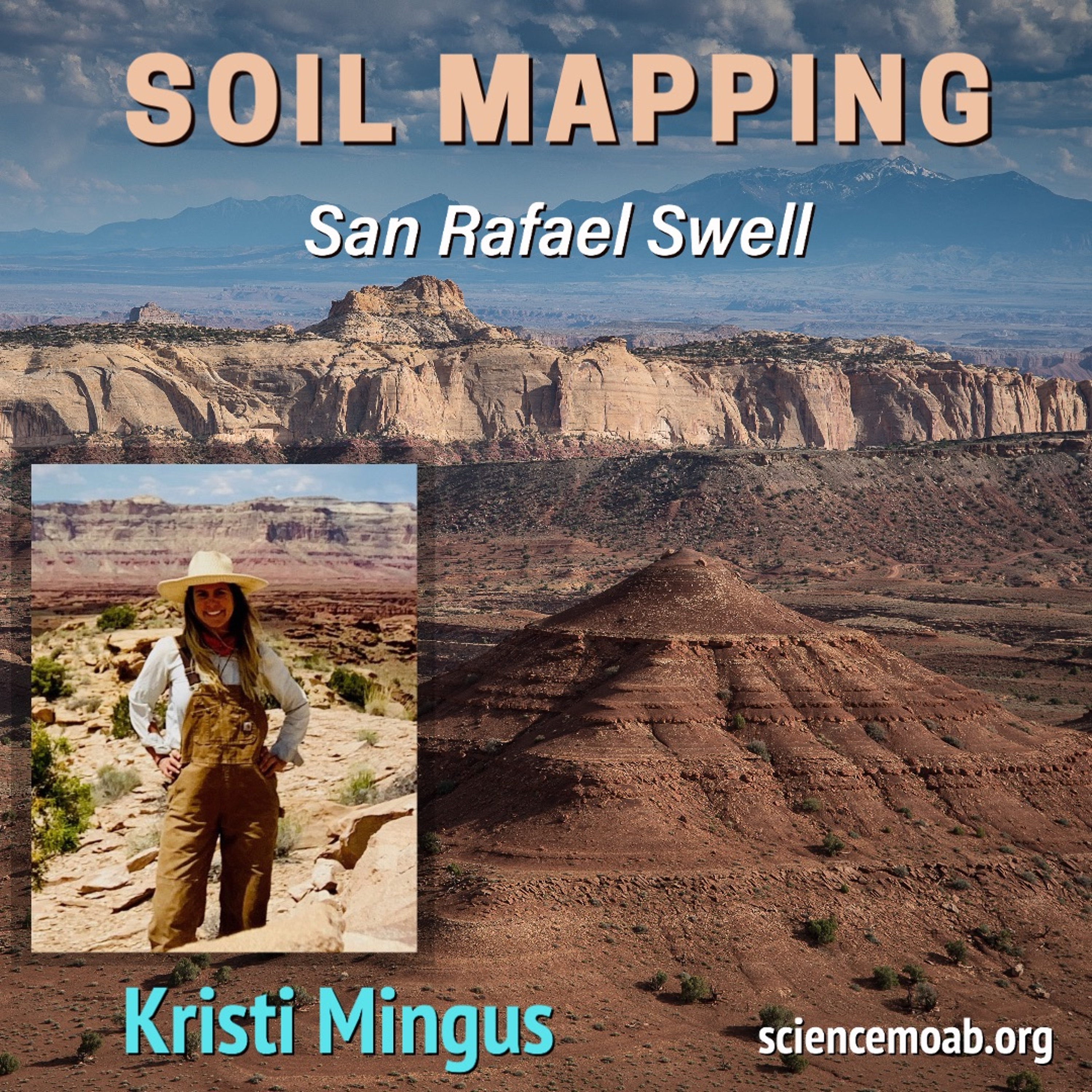 Science MoabSoil MappingSoil mapping involves interpreting landscapes, how soil changes across it, and a bit of art to represent repeatable patterns in a map. The mapping of soils began in the U.S. in the 1930’s as a result of the Dust Bowl, but many remote areas in the West are just getting mapped for the first time. Soil scientist Kristi Mingus talks to Science Moab about her work mapping soils in remote areas of Emery County, Utah. We discuss how the data is collected, how the maps are made, and how the information is available to the public.2021-07-1618 min
Science MoabSoil MappingSoil mapping involves interpreting landscapes, how soil changes across it, and a bit of art to represent repeatable patterns in a map. The mapping of soils began in the U.S. in the 1930’s as a result of the Dust Bowl, but many remote areas in the West are just getting mapped for the first time. Soil scientist Kristi Mingus talks to Science Moab about her work mapping soils in remote areas of Emery County, Utah. We discuss how the data is collected, how the maps are made, and how the information is available to the public.2021-07-1618 min Science MoabDinosaur UtopiaWhen dinosaurs roamed the earth, Southeast Utah was a coastal paradise. Dinosaurs flourished in this utopia in numbers and variety of species unlike any other place. This coupled with the effective preservation of the bones in the rock, make Southeast Utah mecca for paleontologists young and old. Science Moab speaks with John Hankla from the Denver Museum of Nature & Science and a few of his recent students, Jake Percival and Megan Sims. We talk about life in the field and the work they are doing in the Grand Staircase Escalante National Monument.2021-07-0920 min
Science MoabDinosaur UtopiaWhen dinosaurs roamed the earth, Southeast Utah was a coastal paradise. Dinosaurs flourished in this utopia in numbers and variety of species unlike any other place. This coupled with the effective preservation of the bones in the rock, make Southeast Utah mecca for paleontologists young and old. Science Moab speaks with John Hankla from the Denver Museum of Nature & Science and a few of his recent students, Jake Percival and Megan Sims. We talk about life in the field and the work they are doing in the Grand Staircase Escalante National Monument.2021-07-0920 min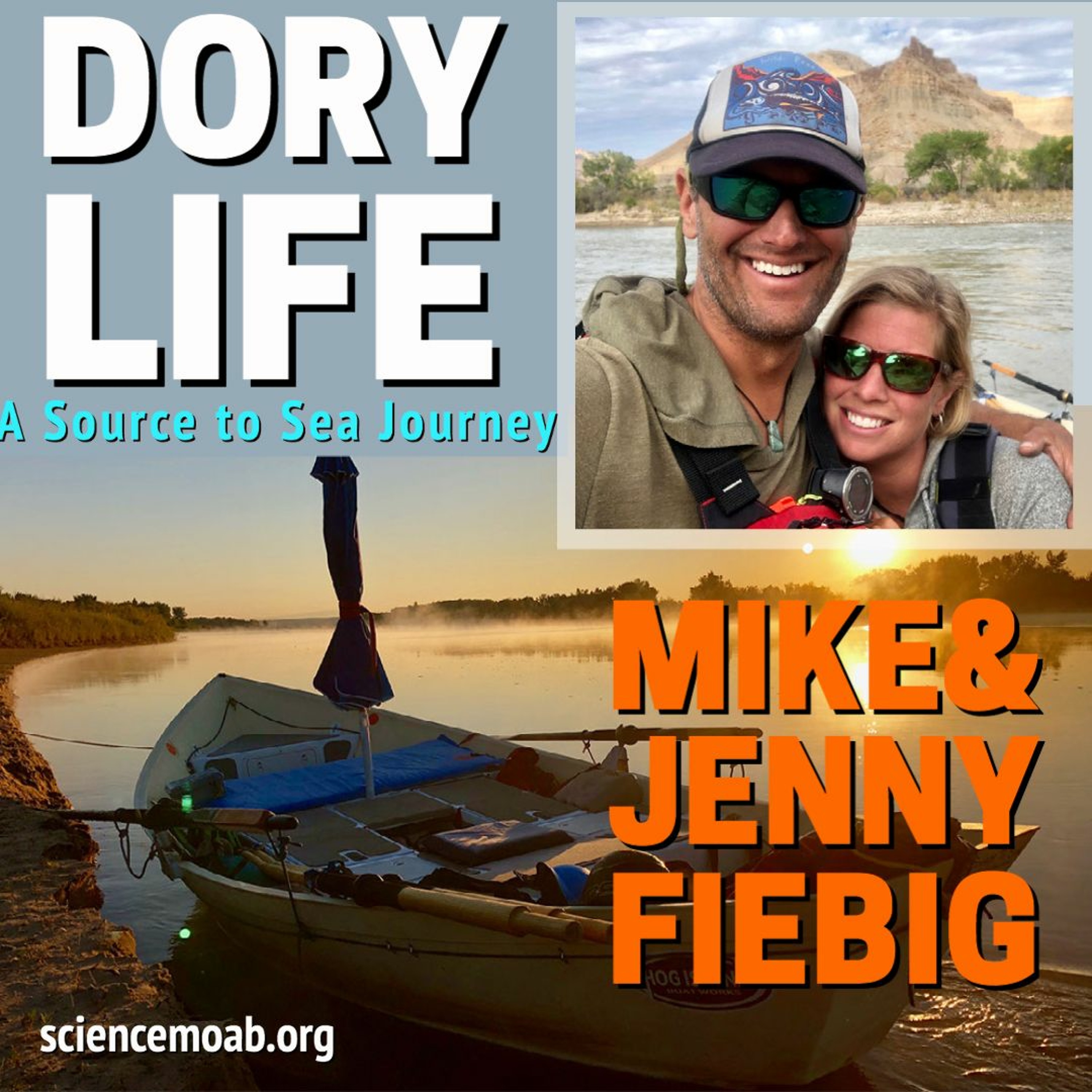 Science MoabDory LifeMike and Jenny Fiebig traveled for 183 days over 1800 miles from the source of the Green River in the Wind River Range to where the Colorado River enters the Sea of Cortez. Using canoe, packraft, and a dory, the couple traversed the length of the river system with all its rapids, dams, and reservoirs. Science Moab talks with Jenny and Mike about the Colorado River Basin health, stewardship, and connectivity that they experienced along their journey.2021-07-0219 min
Science MoabDory LifeMike and Jenny Fiebig traveled for 183 days over 1800 miles from the source of the Green River in the Wind River Range to where the Colorado River enters the Sea of Cortez. Using canoe, packraft, and a dory, the couple traversed the length of the river system with all its rapids, dams, and reservoirs. Science Moab talks with Jenny and Mike about the Colorado River Basin health, stewardship, and connectivity that they experienced along their journey.2021-07-0219 min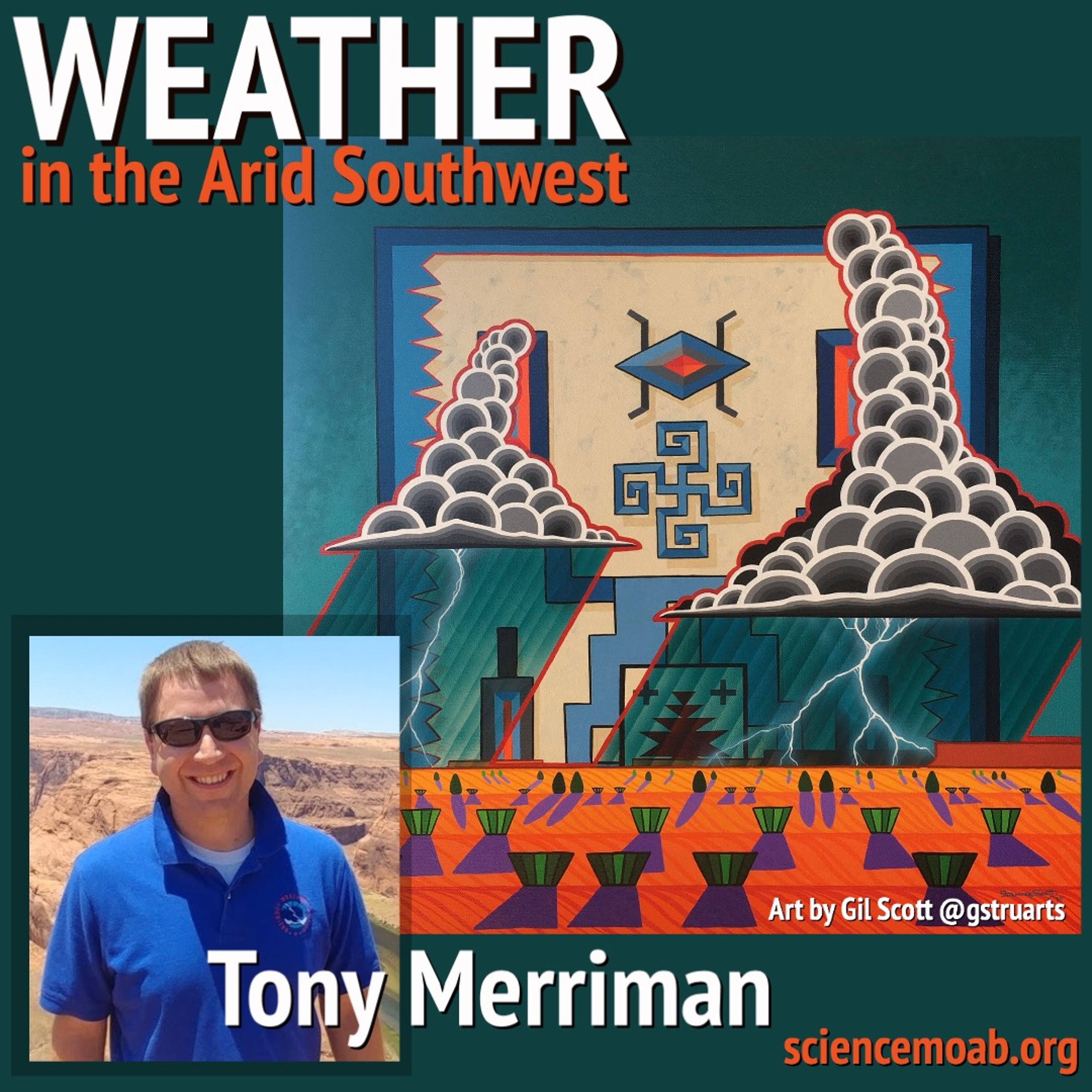 Science MoabWeather in the Arid SouthwestWhen puffy white clouds appear in the sky above a hot arid landscape, one may wonder “where is that moisture coming from?”. The desert southwest is unique in many ways and the weather patterns are no exception. We talk about weather with Tony Merriman, meteorologist and outreach coordinator from the National Weather Service office in Flagstaff, AZ. We discuss the large and small scale factors that contribute to the aridity and the (hopefully) moisture we have here on the Colorado Plateau.2021-06-2520 min
Science MoabWeather in the Arid SouthwestWhen puffy white clouds appear in the sky above a hot arid landscape, one may wonder “where is that moisture coming from?”. The desert southwest is unique in many ways and the weather patterns are no exception. We talk about weather with Tony Merriman, meteorologist and outreach coordinator from the National Weather Service office in Flagstaff, AZ. We discuss the large and small scale factors that contribute to the aridity and the (hopefully) moisture we have here on the Colorado Plateau.2021-06-2520 min Science MoabThe Amazing Humpback ChubThe humpback chub have been swimming in the wild and turbulent waters of the Colorado River Basin for 3 million years. They have been endangered since 1967 following the building of dams along the Colorado River and its tributaries and the introduction of non-native predatory fish. We talk with Brian Healy, the Native Fish Ecology and Conservation Program manager at Grand Canyon National Park, and a PhD candidate in Ecology at Utah State University. In addition to studying the ecology of the humpback chub and other native fish in the Grand Canyon, Brian works to restore habitat and populations of these native...2021-06-1818 min
Science MoabThe Amazing Humpback ChubThe humpback chub have been swimming in the wild and turbulent waters of the Colorado River Basin for 3 million years. They have been endangered since 1967 following the building of dams along the Colorado River and its tributaries and the introduction of non-native predatory fish. We talk with Brian Healy, the Native Fish Ecology and Conservation Program manager at Grand Canyon National Park, and a PhD candidate in Ecology at Utah State University. In addition to studying the ecology of the humpback chub and other native fish in the Grand Canyon, Brian works to restore habitat and populations of these native...2021-06-1818 min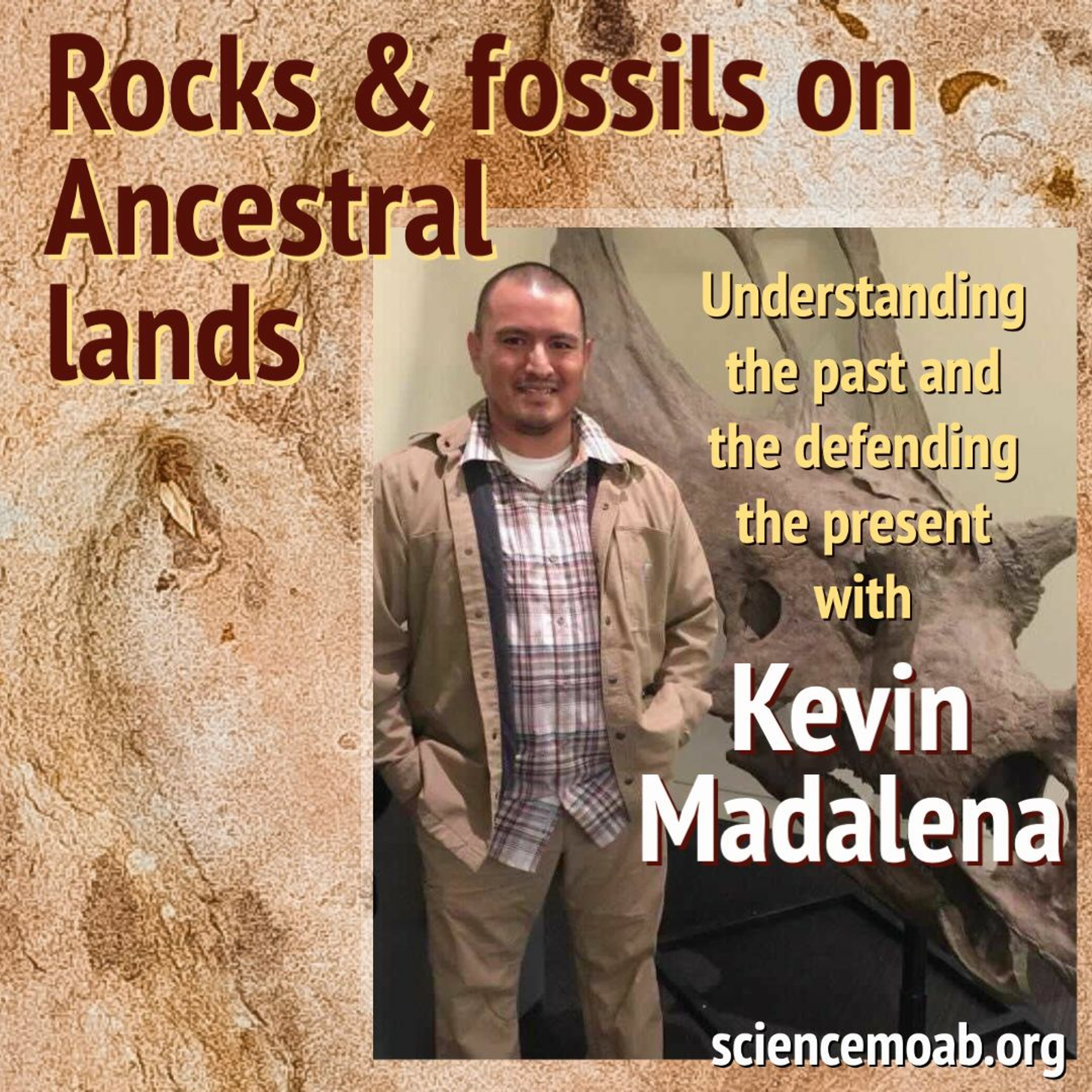 Science MoabRocks and Fossils on Ancestral LandsTo understand geologic time, you have to stretch your mind across knowledge sets and time scales. That’s exactly what geologist and paleontologist Kevin Madalena has done as he’s worked to understand and defend the fossil record and cultural sites on Ancestral lands. Here, we speak with him about how he has crossed scientific disciples and knowledges to understand the deep past and help safeguard the future. We cover the recent defacement of cultural sites in the Moab region and how those acts are an extension of looting, ecological destruction, and missing and murdered Indigenous women.2021-06-1120 min
Science MoabRocks and Fossils on Ancestral LandsTo understand geologic time, you have to stretch your mind across knowledge sets and time scales. That’s exactly what geologist and paleontologist Kevin Madalena has done as he’s worked to understand and defend the fossil record and cultural sites on Ancestral lands. Here, we speak with him about how he has crossed scientific disciples and knowledges to understand the deep past and help safeguard the future. We cover the recent defacement of cultural sites in the Moab region and how those acts are an extension of looting, ecological destruction, and missing and murdered Indigenous women.2021-06-1120 min Science MoabSaved by a SongThe Willow Flycatcher’s song is innate... it is not a learned song but something ingrained in its DNA. Because of this and the fact that the songs are unique among subspecies, the Southwestern Willow Flycatcher is protected under the Endangered Species Act. We talk with Dr. Sean Mahoney who studies the ecology of plants, birds, and insects. His work with the Willow Flycatcher and its song is important for protecting the birds and the riparian habitats they live in.2021-06-0419 min
Science MoabSaved by a SongThe Willow Flycatcher’s song is innate... it is not a learned song but something ingrained in its DNA. Because of this and the fact that the songs are unique among subspecies, the Southwestern Willow Flycatcher is protected under the Endangered Species Act. We talk with Dr. Sean Mahoney who studies the ecology of plants, birds, and insects. His work with the Willow Flycatcher and its song is important for protecting the birds and the riparian habitats they live in.2021-06-0419 min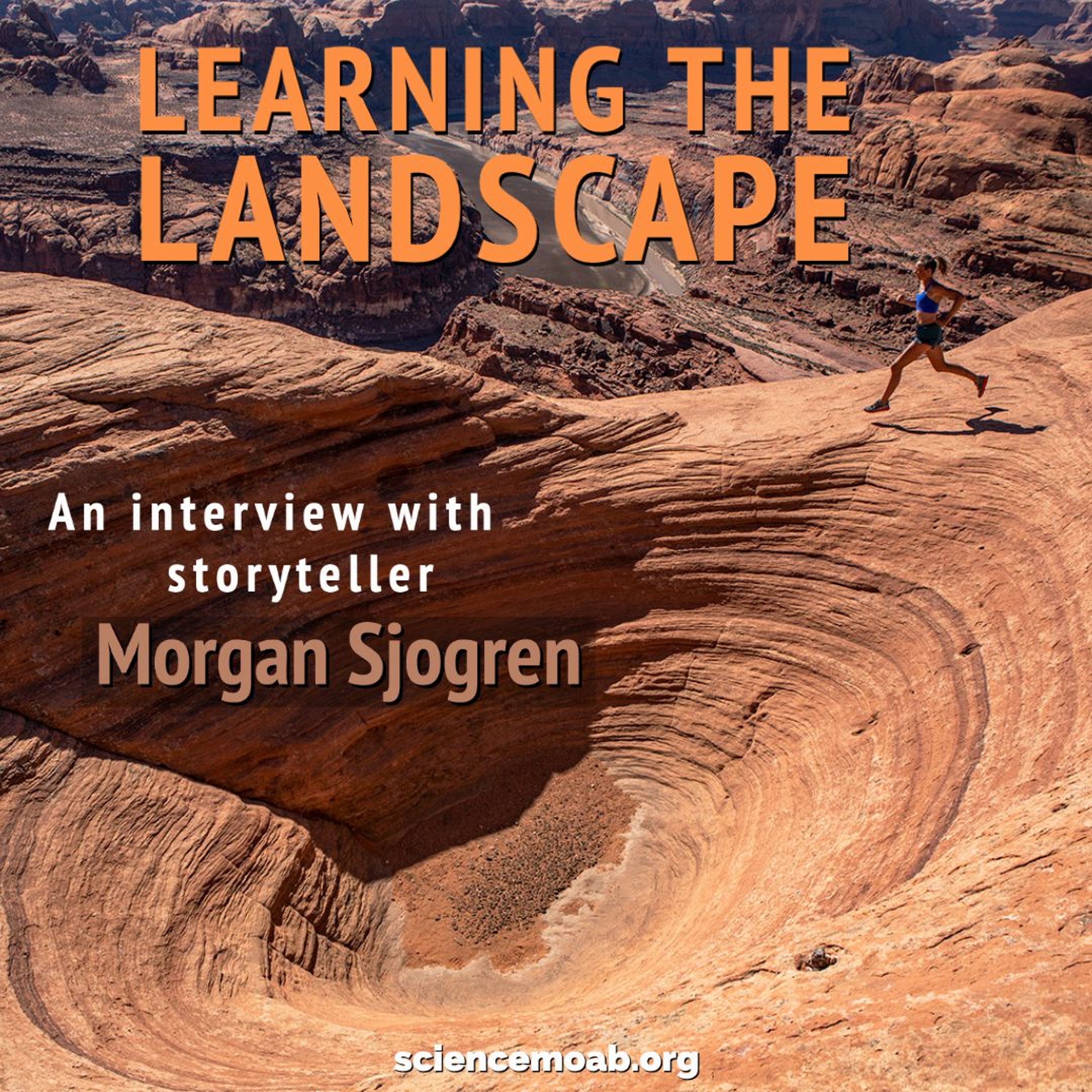 Science MoabLearning the LandscapeEducating visitors about the Colorado Plateau landscape is necessary to keeping it intact. It's something that storyteller and guidebook author Morgan Sjogren has been trying to do as she's told stories and written books about the region. Here, we speak with Morgan about what she sees as the role of storytellers on Plateau and the need for diverse voices when educating about and conserving this place.
photo courtsey Morgan Sjogren2021-05-2818 min
Science MoabLearning the LandscapeEducating visitors about the Colorado Plateau landscape is necessary to keeping it intact. It's something that storyteller and guidebook author Morgan Sjogren has been trying to do as she's told stories and written books about the region. Here, we speak with Morgan about what she sees as the role of storytellers on Plateau and the need for diverse voices when educating about and conserving this place.
photo courtsey Morgan Sjogren2021-05-2818 min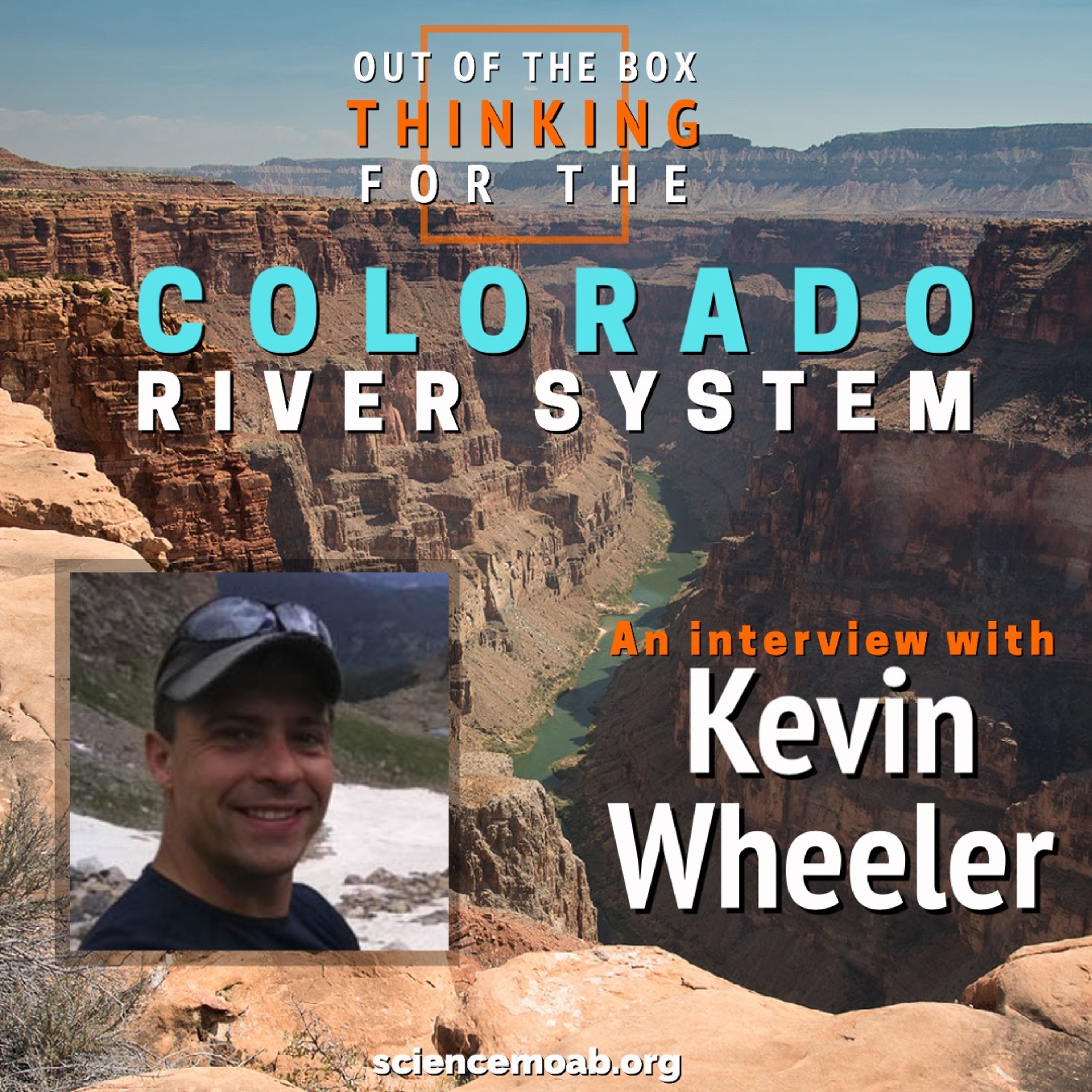 Science MoabOut of the Box Thinking for the Colorado River SystemBehind the management and policies of the Colorado River System is a computer model...The Colorado River Simulation System (CRSS) is a continuously evolving model that has been revised and modified over a 40-year period. We talk with Dr. Kevin Wheeler who is an important interpreter and translator of the model for stakeholders. We discuss how using the model to explore alternative management strategies for the Colorado River will benefit water supply users and river ecosystems and empower more stakeholders to participate in planning the future of the river system.2021-05-2118 min
Science MoabOut of the Box Thinking for the Colorado River SystemBehind the management and policies of the Colorado River System is a computer model...The Colorado River Simulation System (CRSS) is a continuously evolving model that has been revised and modified over a 40-year period. We talk with Dr. Kevin Wheeler who is an important interpreter and translator of the model for stakeholders. We discuss how using the model to explore alternative management strategies for the Colorado River will benefit water supply users and river ecosystems and empower more stakeholders to participate in planning the future of the river system.2021-05-2118 min Science MoabPothole EcosystemsPotholes on the Colorado Plateau are depressions primarily in the sandstone, unassociated with any drainage, that are home to ephemeral pools of water. These potholes provide shelter for life in a hostile environment and many species have survived to the modern day only because these rain filled pools are available. We speak with biologist/ecologist Tim Graham about the types of organisms that have adapted to live in these ephemeral pools and why humans should try to avoid these fragile ecosystems.2021-05-1418 min
Science MoabPothole EcosystemsPotholes on the Colorado Plateau are depressions primarily in the sandstone, unassociated with any drainage, that are home to ephemeral pools of water. These potholes provide shelter for life in a hostile environment and many species have survived to the modern day only because these rain filled pools are available. We speak with biologist/ecologist Tim Graham about the types of organisms that have adapted to live in these ephemeral pools and why humans should try to avoid these fragile ecosystems.2021-05-1418 min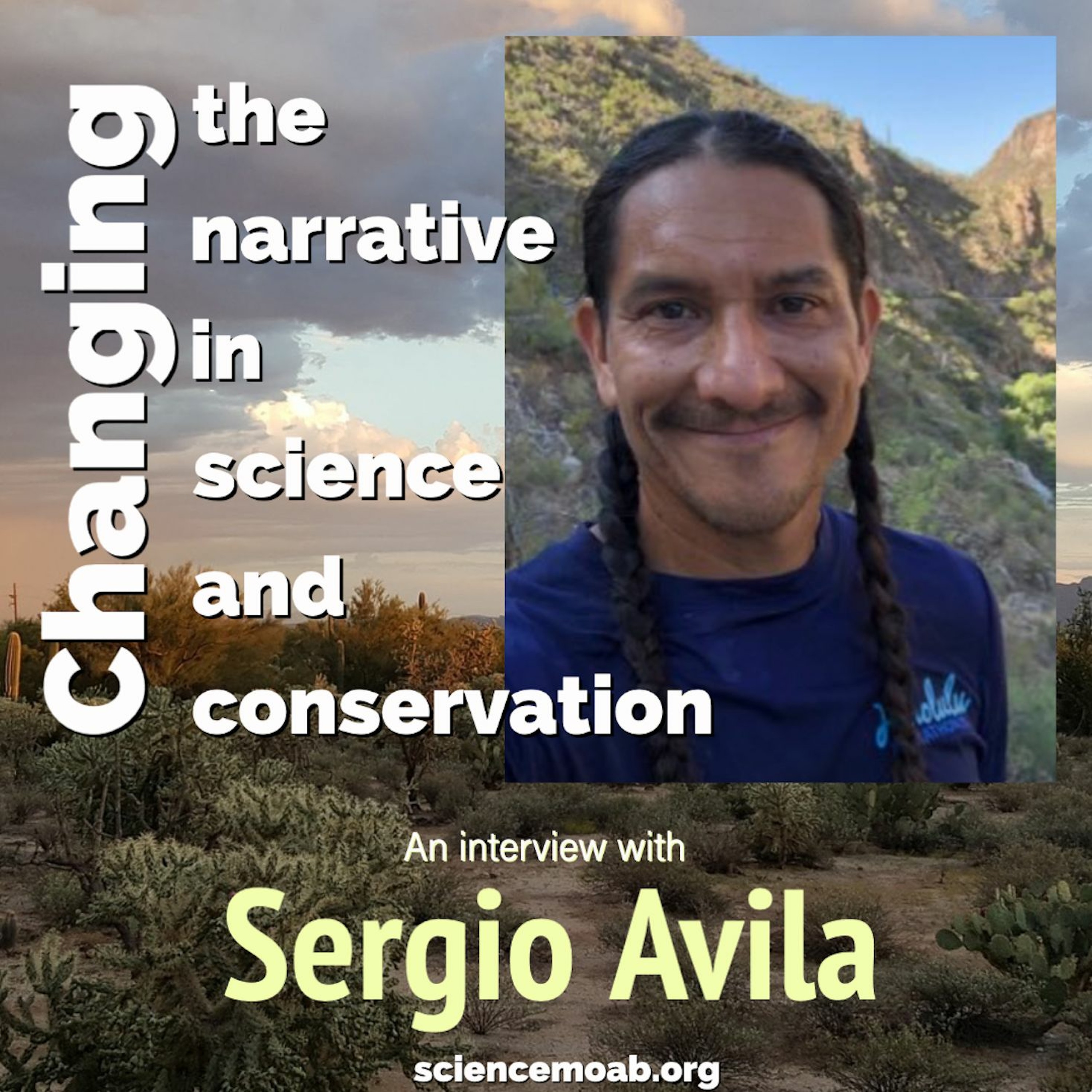 Science MoabChanging the narrative in science & conservationScience and conservation in the United States is made up of primarily white scientists and Western ways of thinking. This is something that Sergio Avila saw clearly when he first came to the US from Mexico to study mountain lions and jaguars along the border. Here, we speak with Sergio about his experiences in conservation and the need to incorporate diverse ways of thinking into science that includes, respects, and learns from Indigenous communities and people of color. Sergio challenges conservationists to expand their role models away from authors like Ed Abbey and John Muir and look towards the written...2021-05-0719 min
Science MoabChanging the narrative in science & conservationScience and conservation in the United States is made up of primarily white scientists and Western ways of thinking. This is something that Sergio Avila saw clearly when he first came to the US from Mexico to study mountain lions and jaguars along the border. Here, we speak with Sergio about his experiences in conservation and the need to incorporate diverse ways of thinking into science that includes, respects, and learns from Indigenous communities and people of color. Sergio challenges conservationists to expand their role models away from authors like Ed Abbey and John Muir and look towards the written...2021-05-0719 min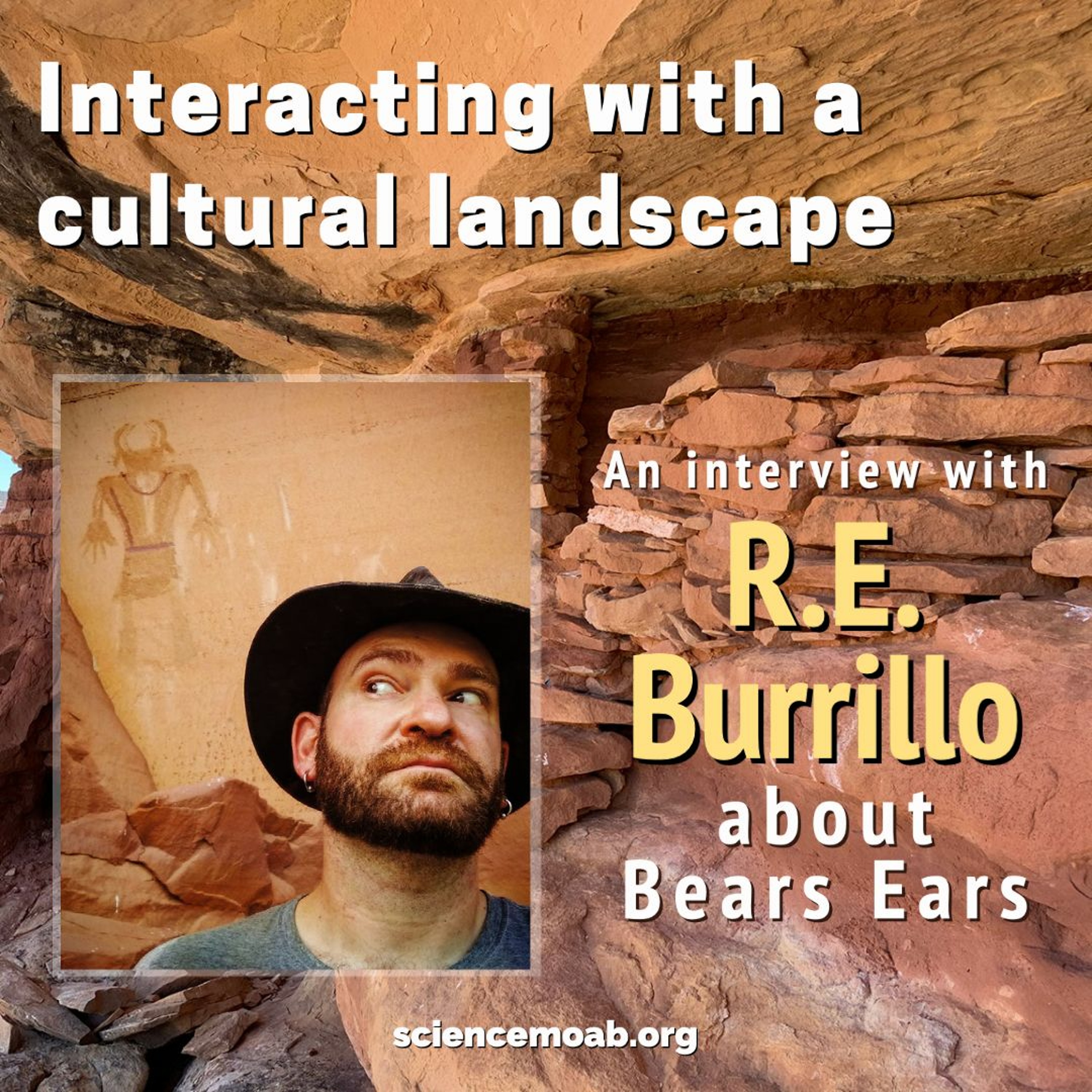 Science MoabInteracting with a cultural landscapeThe Bears Ears region is a place held sacred to Native people across the Colorado Plateau. It’s also a place that has a complicated history with Western archaeologists, who at times harmed cultural sites that hold tremendous significance to Native communities. Here, we speak with Ralph Burrillo, whose pen name is R.E. Burrillo, about the scientific and natural history of the Bears Ears region and what he sees as the role of Western scientists today in supporting Indigenous-led efforts in Bears Ears.2021-04-3017 min
Science MoabInteracting with a cultural landscapeThe Bears Ears region is a place held sacred to Native people across the Colorado Plateau. It’s also a place that has a complicated history with Western archaeologists, who at times harmed cultural sites that hold tremendous significance to Native communities. Here, we speak with Ralph Burrillo, whose pen name is R.E. Burrillo, about the scientific and natural history of the Bears Ears region and what he sees as the role of Western scientists today in supporting Indigenous-led efforts in Bears Ears.2021-04-3017 min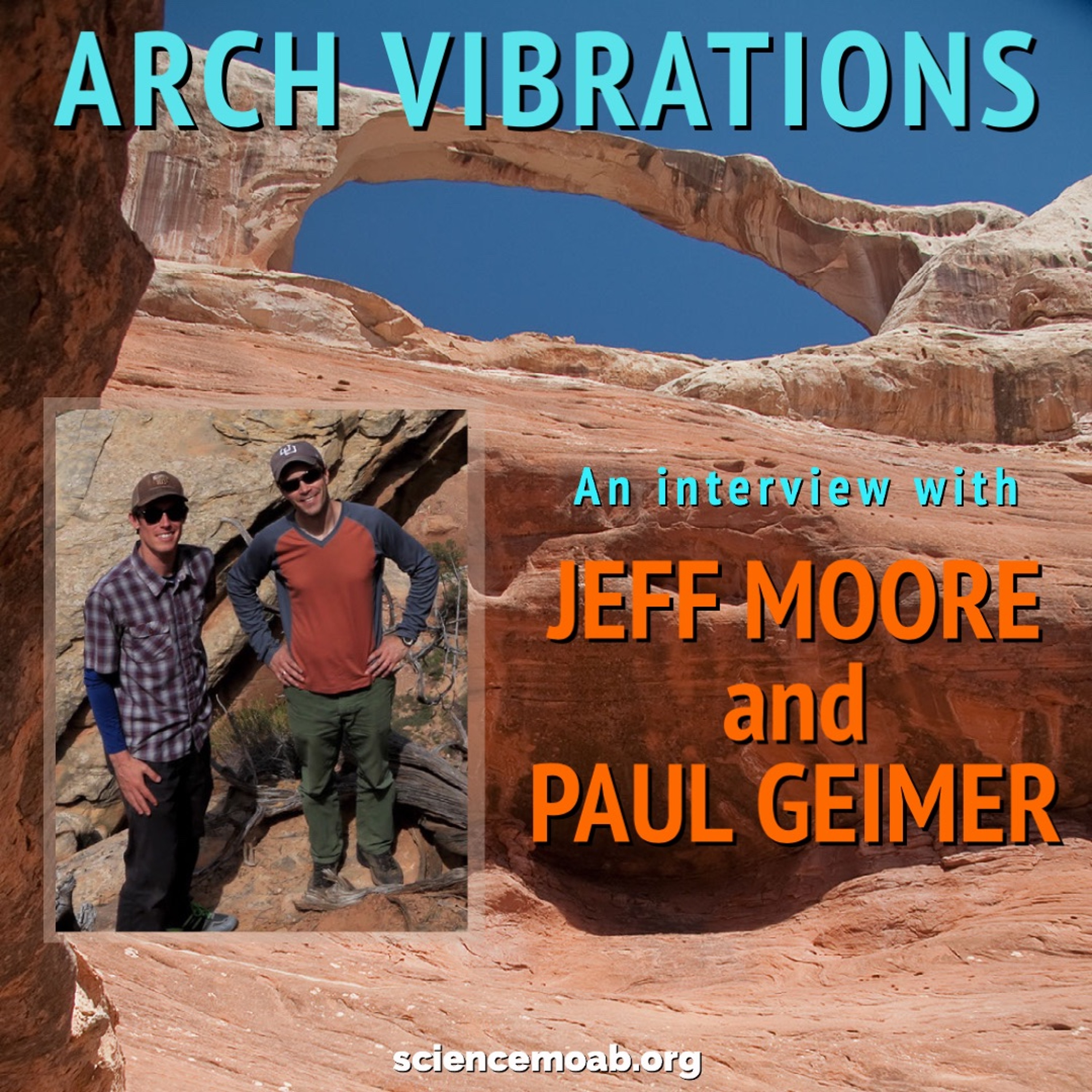 Science MoabArch VibrationsArches are always vibrating. The unique size and shape of each arch produces a unique wave frequency that it vibrates at. We talk with Jeff Moore and Paul Geimer from the University of Utah Geohazards Research Group who study the seismology or movement of natural rock spans.2021-04-2318 min
Science MoabArch VibrationsArches are always vibrating. The unique size and shape of each arch produces a unique wave frequency that it vibrates at. We talk with Jeff Moore and Paul Geimer from the University of Utah Geohazards Research Group who study the seismology or movement of natural rock spans.2021-04-2318 min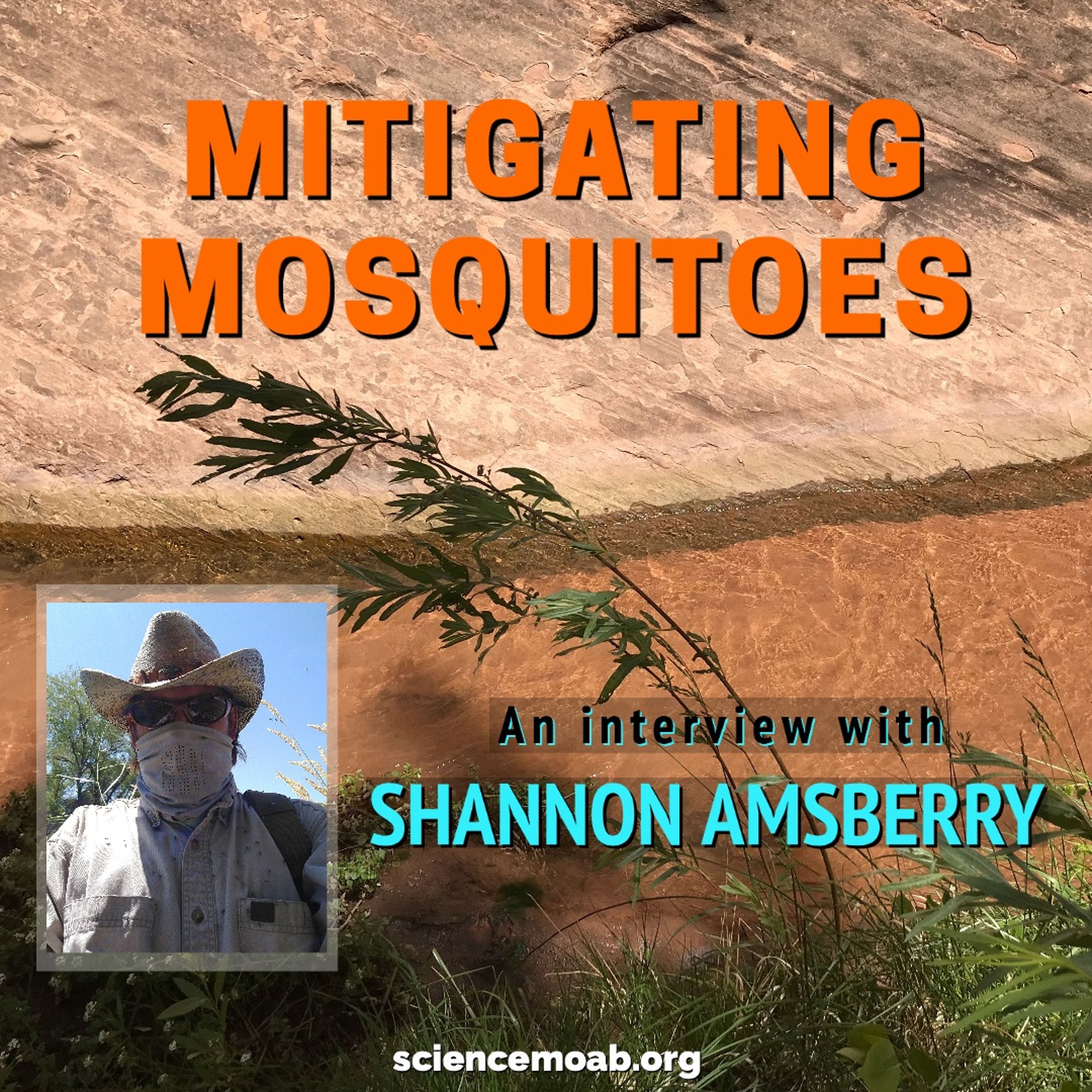 Science MoabMitigating MosquitoesIn Moab, climate change has greatly reduced the size of the wetlands and many of the mosquitoes’ natural predators that used to live there have also disappeared. Now when the floodwaters do come and fill up the wetlands, mosquitoes reproduce relentlessly. We speak with Shannon Amsberry, manager of Moab Mosquito Abatement, about how he and his team are keeping the mosquito population under control.2021-04-1618 min
Science MoabMitigating MosquitoesIn Moab, climate change has greatly reduced the size of the wetlands and many of the mosquitoes’ natural predators that used to live there have also disappeared. Now when the floodwaters do come and fill up the wetlands, mosquitoes reproduce relentlessly. We speak with Shannon Amsberry, manager of Moab Mosquito Abatement, about how he and his team are keeping the mosquito population under control.2021-04-1618 min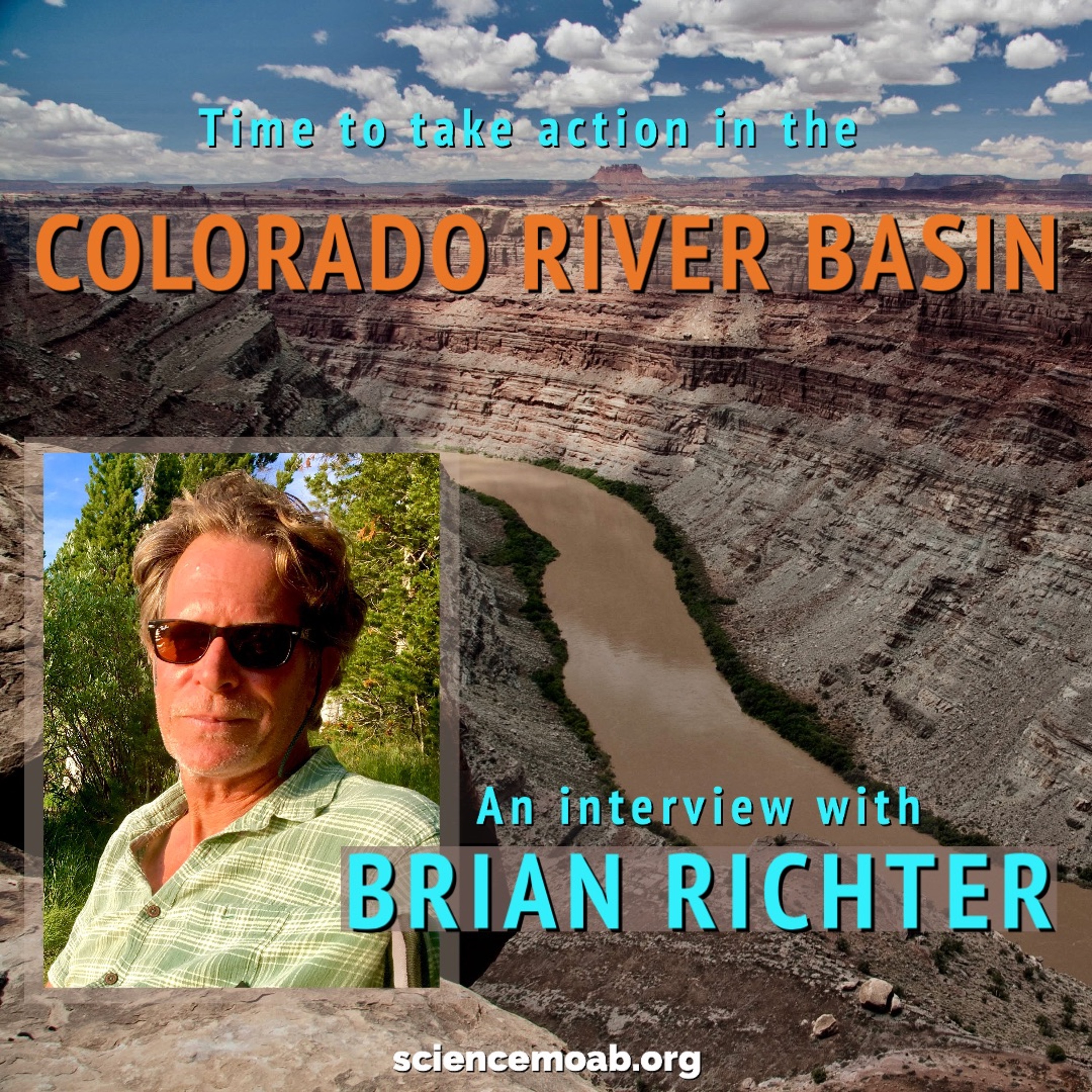 Science MoabTaking Action in the Colorado River BasinThe Colorado River Basin provides water for communities across the West, from the Front Range of Colorado to the coast of California. Increase in use, along with climate change, have resulted in extremely low water levels for the Colorado River Basin and its reservoirs. We speak with Brian Richter about the hazards of such low water levels and what is being done to mitigate the risks.2021-04-0916 min
Science MoabTaking Action in the Colorado River BasinThe Colorado River Basin provides water for communities across the West, from the Front Range of Colorado to the coast of California. Increase in use, along with climate change, have resulted in extremely low water levels for the Colorado River Basin and its reservoirs. We speak with Brian Richter about the hazards of such low water levels and what is being done to mitigate the risks.2021-04-0916 min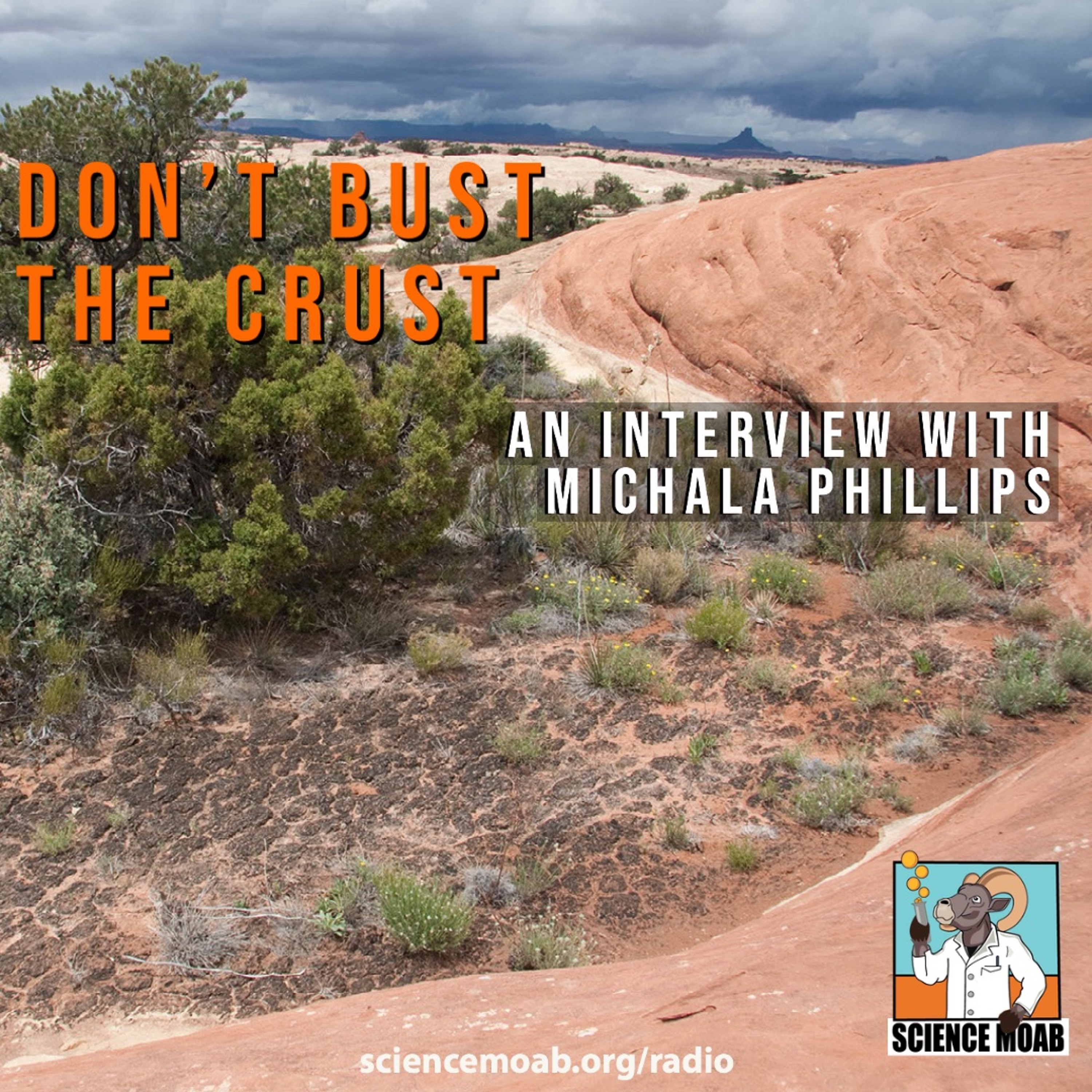 Science MoabDon't Bust the CrustBiological soil crusts—mosses, lichens, and bacteria that live on the surface of dryland soils—perform crucial functions in desert ecosystems. Some species make nitrogen available for nearby plants. Others are huge carbon sinks. In this episode, Michala Phillips, a postdoctoral researcher at the Southwest Biological Science Center, explains how drought, temperature increases, and physical disturbances threaten the survival of these organisms.2020-11-2023 min
Science MoabDon't Bust the CrustBiological soil crusts—mosses, lichens, and bacteria that live on the surface of dryland soils—perform crucial functions in desert ecosystems. Some species make nitrogen available for nearby plants. Others are huge carbon sinks. In this episode, Michala Phillips, a postdoctoral researcher at the Southwest Biological Science Center, explains how drought, temperature increases, and physical disturbances threaten the survival of these organisms.2020-11-2023 min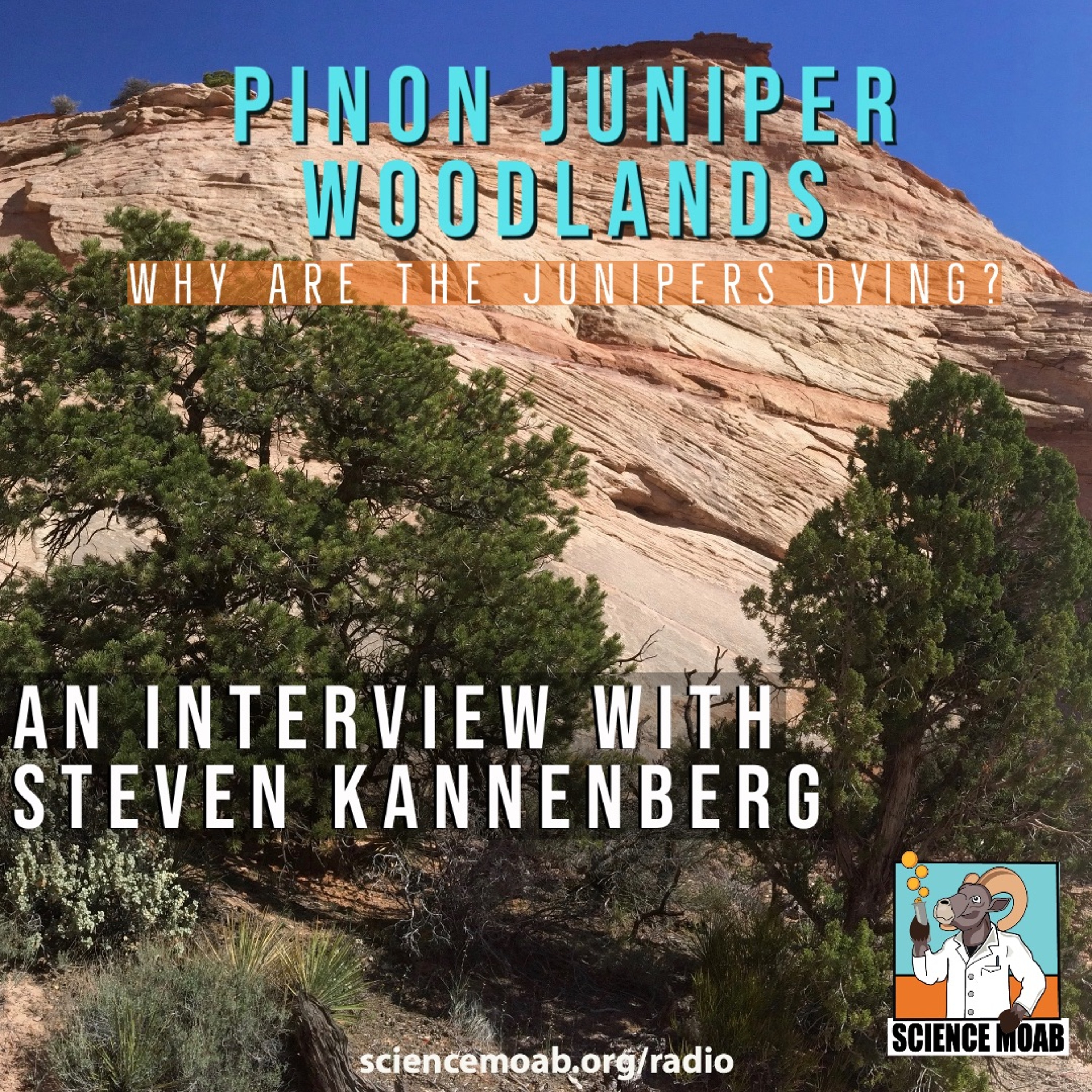 Science MoabWhy are the Junipers Dying?When it comes to arid climates, junipers are some of the toughest trees around. But in the past two years, southeastern Utah has seen huge swathes of them die off. In this episode, Steven Kannenberg, a postdoctoral researcher at the University of Utah, explains why so many junipers are struggling to survive.2020-10-3021 min
Science MoabWhy are the Junipers Dying?When it comes to arid climates, junipers are some of the toughest trees around. But in the past two years, southeastern Utah has seen huge swathes of them die off. In this episode, Steven Kannenberg, a postdoctoral researcher at the University of Utah, explains why so many junipers are struggling to survive.2020-10-3021 min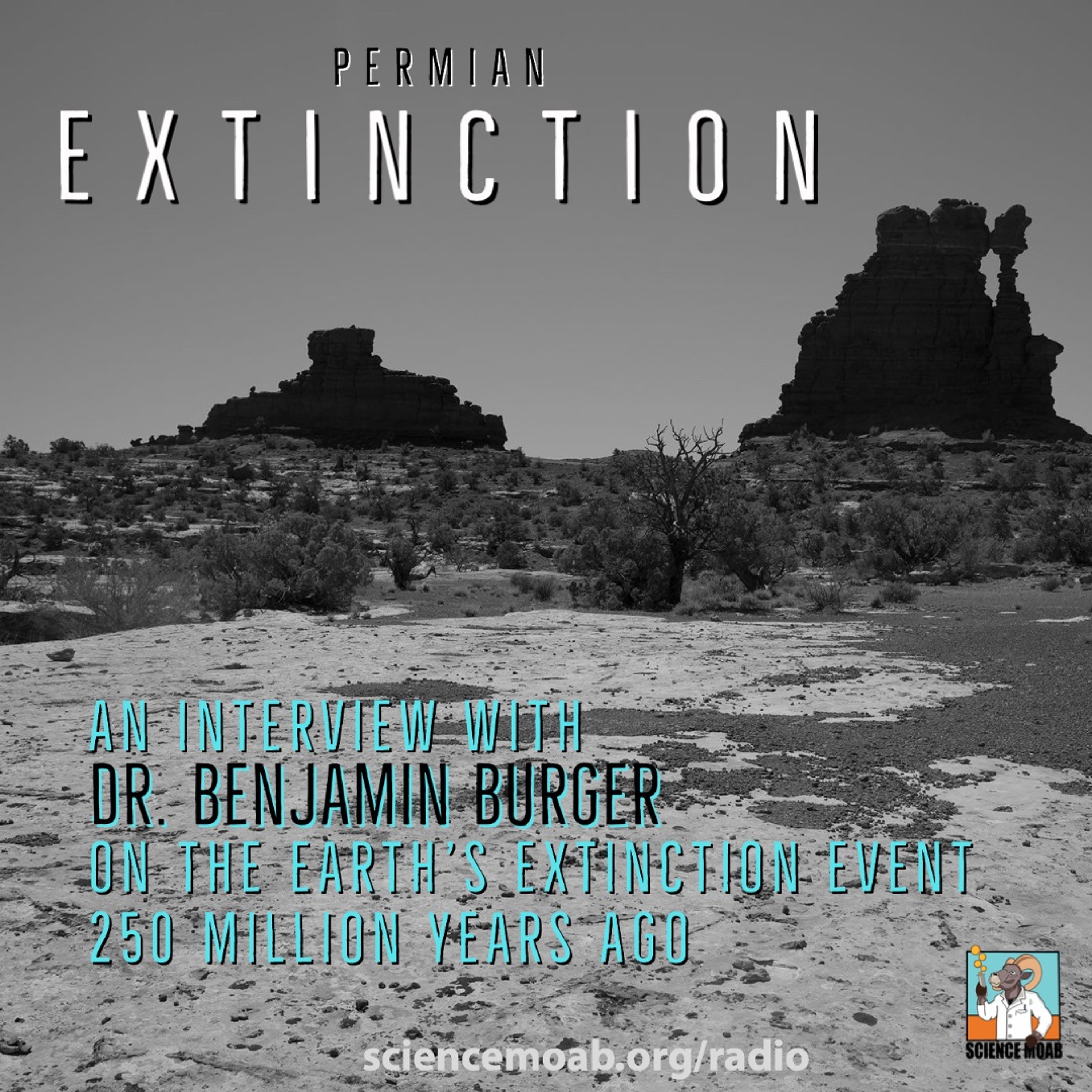 Science MoabPermian ExtinctionA unique combination of events came together at the end of Permian time (250 million years ago)that resulted in the extinction of more the 90% of living species. We talk with Dr. Benjamin Burger about what earth looked like during this period and what led to such a drastic change in environment and life.2020-10-0831 min
Science MoabPermian ExtinctionA unique combination of events came together at the end of Permian time (250 million years ago)that resulted in the extinction of more the 90% of living species. We talk with Dr. Benjamin Burger about what earth looked like during this period and what led to such a drastic change in environment and life.2020-10-0831 min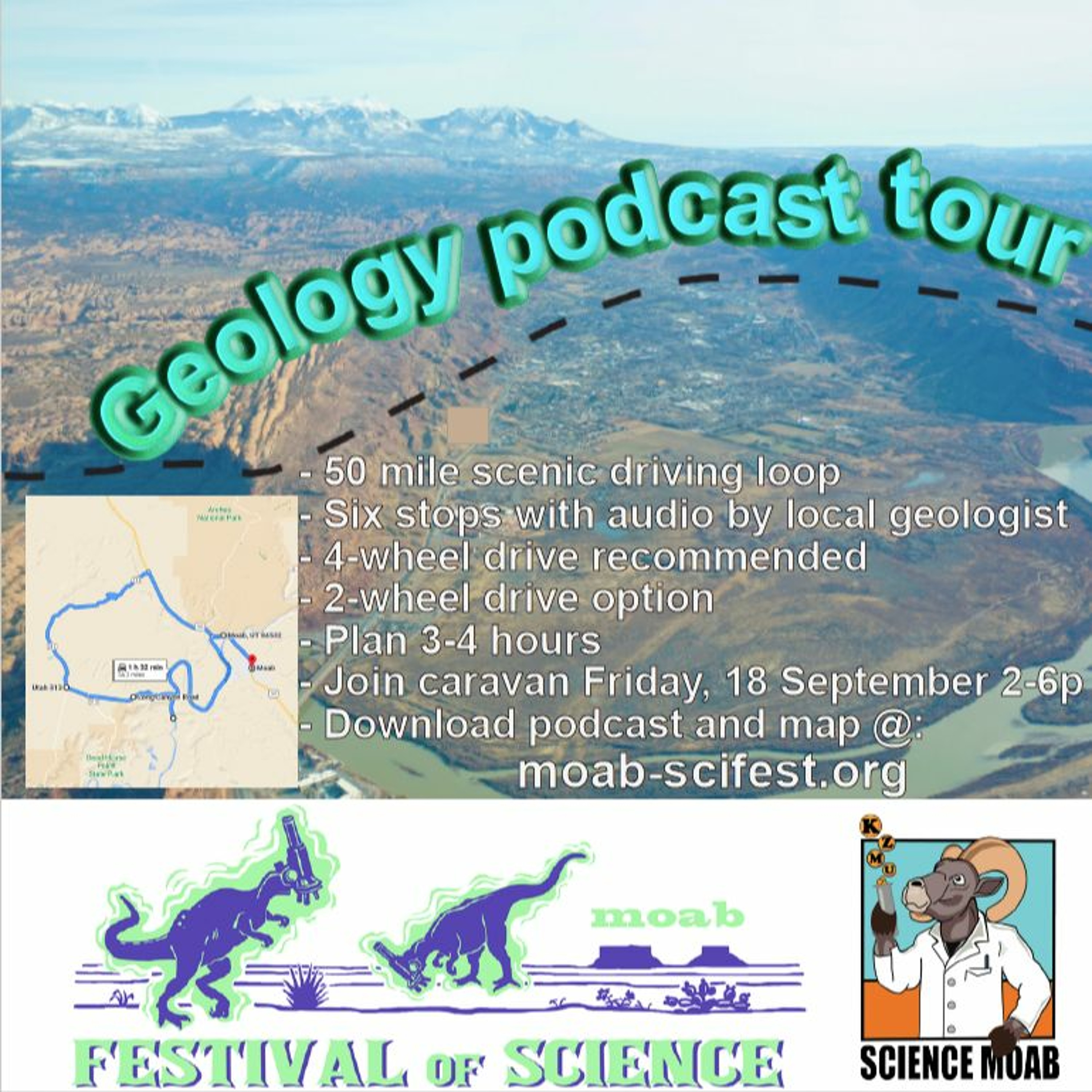 Science MoabFestivalofScience EXTRA: GeoTour2020Join scientists Chris Benson and Terry Dial on a geology tour of Moab, Utah! This 50-mile scenic driving loop includes information on the spectacular geology surrounding Moab.
This 50-mile scenic driving loop includes six stops with audio by local geologist
- 4-wheel drive recommended
- 2-wheel drive option
- Plan 3-4 hours
- Join caravan Friday, 18 September 2-6p
Download map at www.moab-scifest.org2020-09-1750 min
Science MoabFestivalofScience EXTRA: GeoTour2020Join scientists Chris Benson and Terry Dial on a geology tour of Moab, Utah! This 50-mile scenic driving loop includes information on the spectacular geology surrounding Moab.
This 50-mile scenic driving loop includes six stops with audio by local geologist
- 4-wheel drive recommended
- 2-wheel drive option
- Plan 3-4 hours
- Join caravan Friday, 18 September 2-6p
Download map at www.moab-scifest.org2020-09-1750 min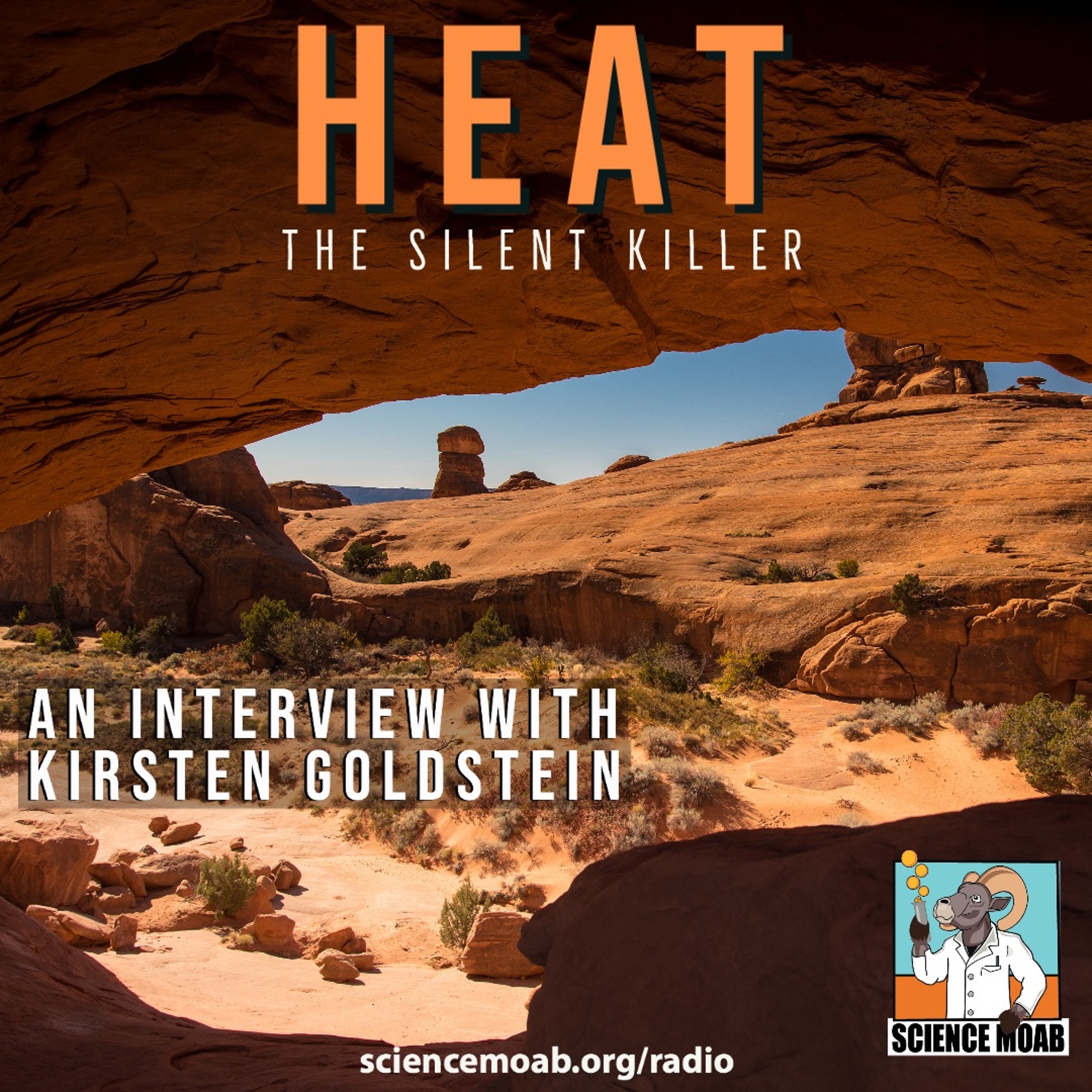 Science MoabHeat: The Silent KillerExtreme heat can be dangerous and is often called the "silent killer". We talk with Kirsten Goldstein, a grad student at Utah State University in Climate Adaptation Science, who studies how people perceive the risk of heat to their health. A person’s perception can influence their behavior and the we discuss the methods Kirsten uses to try and understand perceptions relating to how hot people feel.2020-08-0523 min
Science MoabHeat: The Silent KillerExtreme heat can be dangerous and is often called the "silent killer". We talk with Kirsten Goldstein, a grad student at Utah State University in Climate Adaptation Science, who studies how people perceive the risk of heat to their health. A person’s perception can influence their behavior and the we discuss the methods Kirsten uses to try and understand perceptions relating to how hot people feel.2020-08-0523 min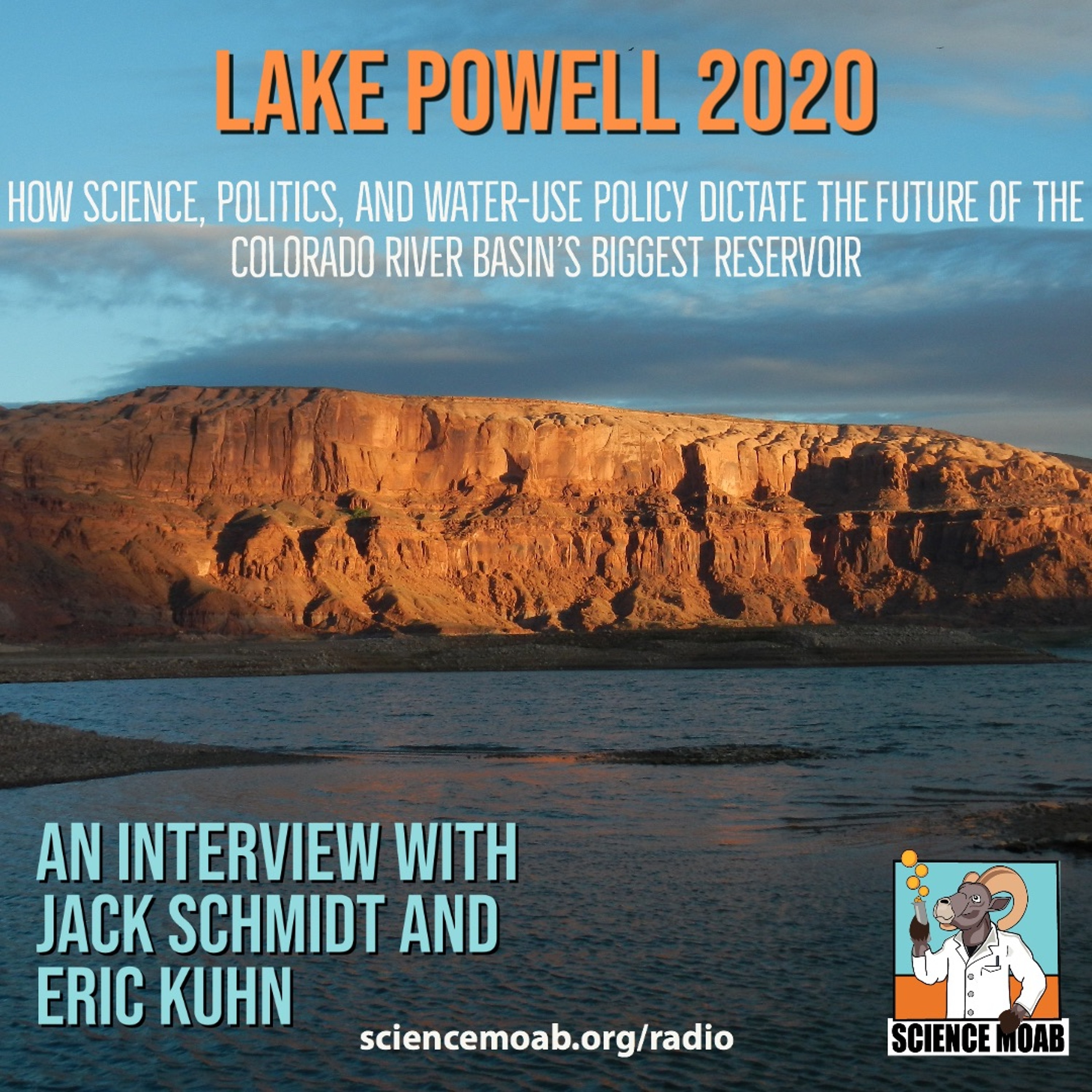 Science MoabLake Powell 2020Sixty years after its creation, Lake Powell faces an uncertain future with increasing drought and limited runoff into the Colorado River Basin. Here we speak with Jack Schmidt and Eric Kuhn about the policies and politics of reservoirs along the Colorado River. Jack Schmidt is a professor at Utah State University’s Center for Colorado River studies and Eric Kuhn is an engineer and was general manager for the Colorado River Water Conservation District for 37 years. We discuss the role Lake Powell plays in the Colorado River Basin and how climate change, politics, and water-use policies affect the reservoir’s futu2020-06-1829 min
Science MoabLake Powell 2020Sixty years after its creation, Lake Powell faces an uncertain future with increasing drought and limited runoff into the Colorado River Basin. Here we speak with Jack Schmidt and Eric Kuhn about the policies and politics of reservoirs along the Colorado River. Jack Schmidt is a professor at Utah State University’s Center for Colorado River studies and Eric Kuhn is an engineer and was general manager for the Colorado River Water Conservation District for 37 years. We discuss the role Lake Powell plays in the Colorado River Basin and how climate change, politics, and water-use policies affect the reservoir’s futu2020-06-1829 min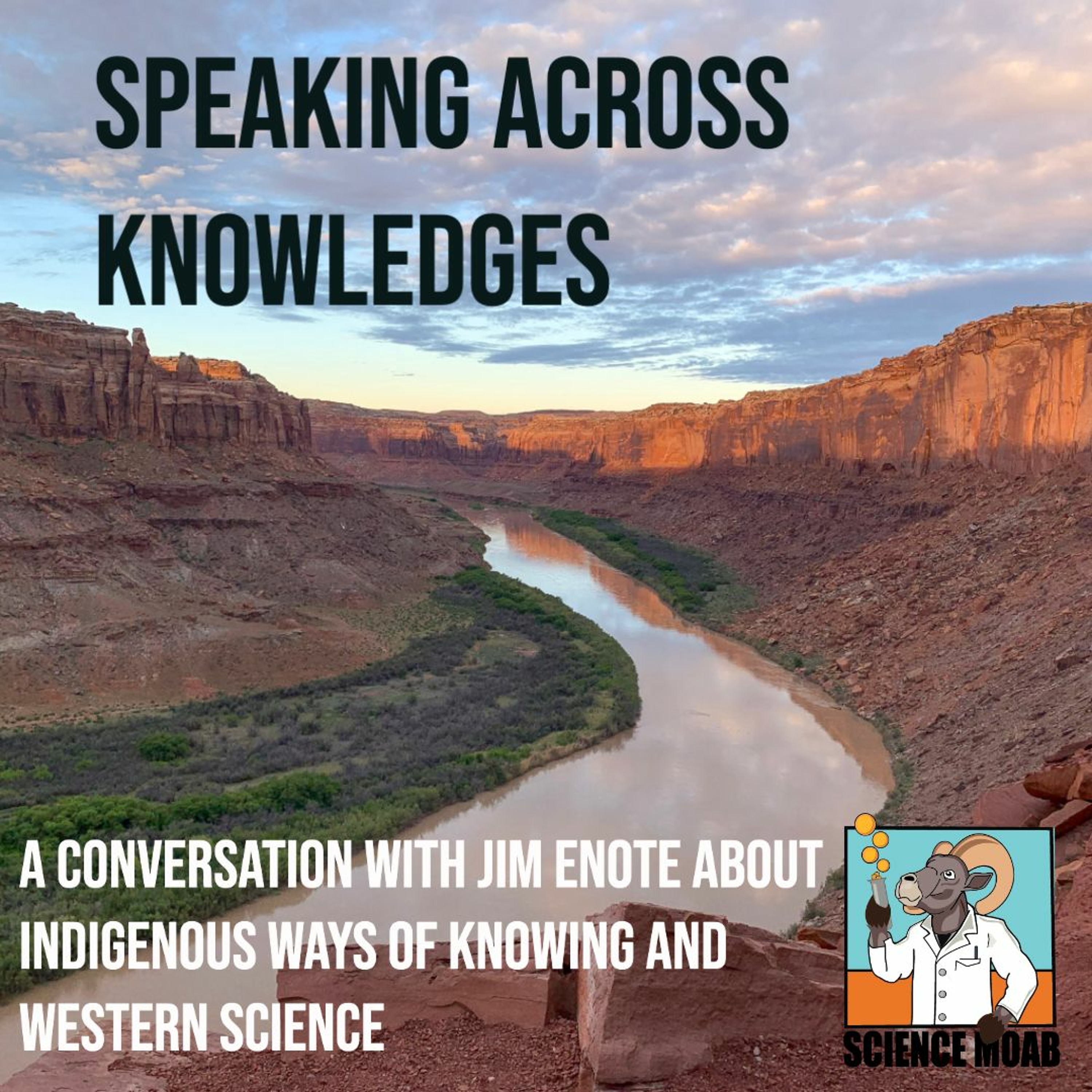 Science MoabSpeaking Across Knowledges: A conversation about Indigenous ways of Knowing and Western ScienceThere is a lot of Western science happening here on the Colorado Plateau but there is also long-held Indigenous knowledge that is centered on knowing this place. Here, we speak with Jim Enote about these two different knowledge systems. Jim is a Zuni writer, farmer and CEO of the Colorado Plateau Foundation. Jim is also a trained scientist and we talk with him about the different ways that Western scientists and Indigenous communities both understand the world and maintain knowledge. Jim explains how we can begin to speak across those understandings to make the world better for both people and...2020-05-0830 min
Science MoabSpeaking Across Knowledges: A conversation about Indigenous ways of Knowing and Western ScienceThere is a lot of Western science happening here on the Colorado Plateau but there is also long-held Indigenous knowledge that is centered on knowing this place. Here, we speak with Jim Enote about these two different knowledge systems. Jim is a Zuni writer, farmer and CEO of the Colorado Plateau Foundation. Jim is also a trained scientist and we talk with him about the different ways that Western scientists and Indigenous communities both understand the world and maintain knowledge. Jim explains how we can begin to speak across those understandings to make the world better for both people and...2020-05-0830 min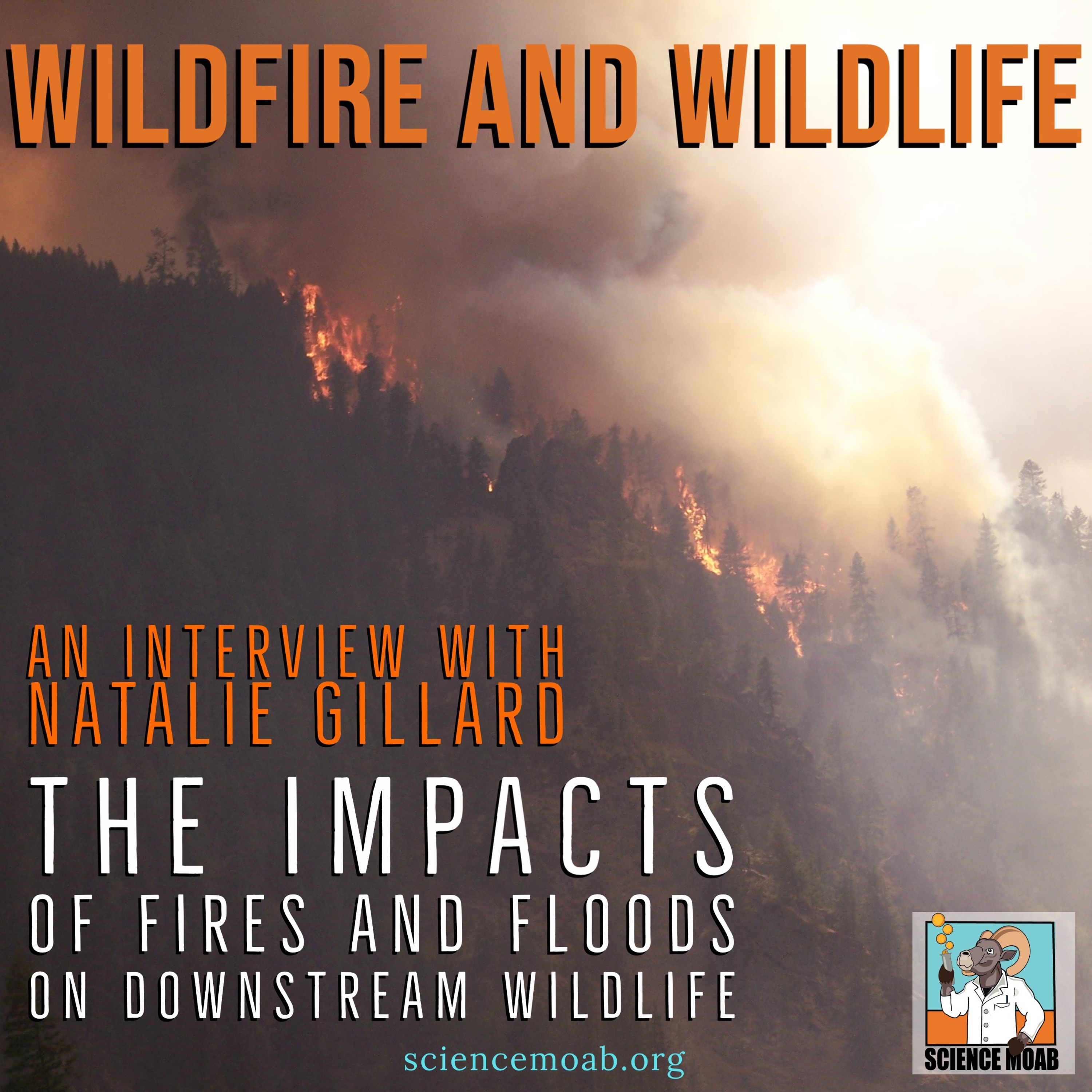 Science MoabWildfire and WildlifeWildfires often result in increased flooding of an area. We talk with Natalie Gillard, a graduate student in watershed sciences at Utah State University, who is studying how wildfires affect fish and other aquatic wildlife downstream of burnt areas.2020-04-2425 min
Science MoabWildfire and WildlifeWildfires often result in increased flooding of an area. We talk with Natalie Gillard, a graduate student in watershed sciences at Utah State University, who is studying how wildfires affect fish and other aquatic wildlife downstream of burnt areas.2020-04-2425 min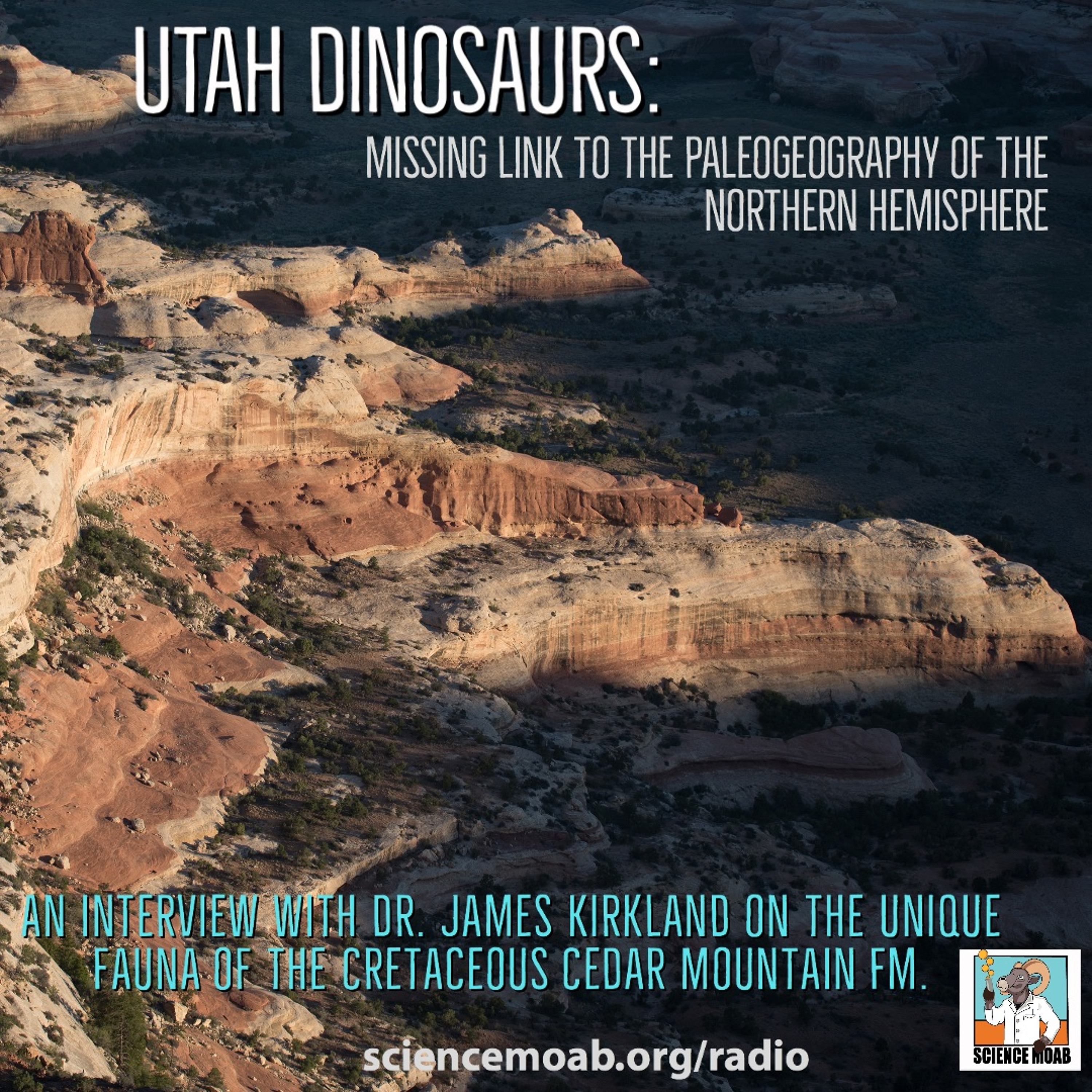 Science MoabUtah Dinosaurs: Missing links in paleogeographyOutcrops of Cretaceous Cedar Mountain Formation in Grand County, Utah contain dinosaur fauna found nowhere else in the world. We talk with Dr. James Kirkland, state paleontologist for the Utah Geological Survey about his discoveries of these unique dinosaur species and how the salt tectonics of the area is key to preserving these rare fauna from the Cretaceous time.2020-03-1326 min
Science MoabUtah Dinosaurs: Missing links in paleogeographyOutcrops of Cretaceous Cedar Mountain Formation in Grand County, Utah contain dinosaur fauna found nowhere else in the world. We talk with Dr. James Kirkland, state paleontologist for the Utah Geological Survey about his discoveries of these unique dinosaur species and how the salt tectonics of the area is key to preserving these rare fauna from the Cretaceous time.2020-03-1326 min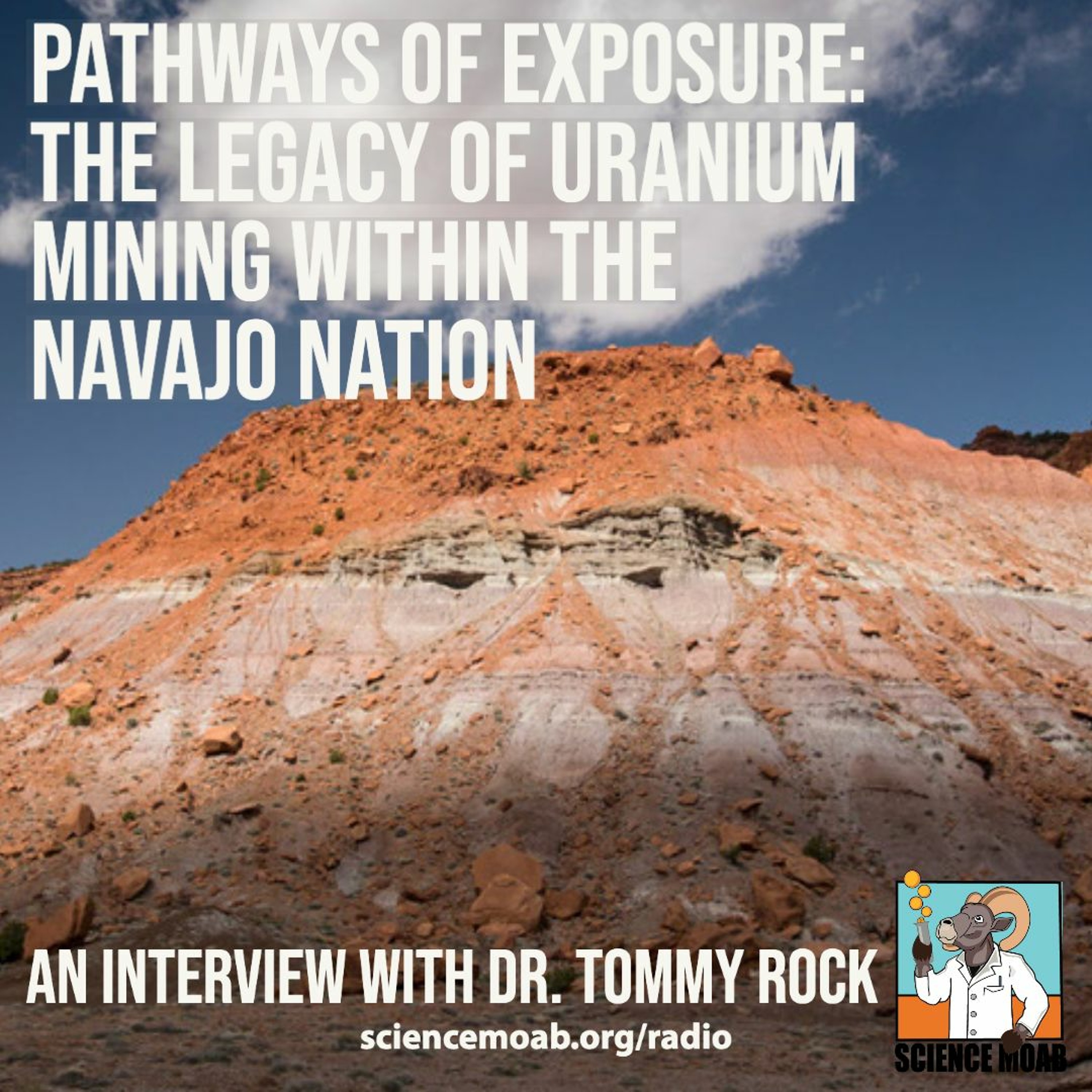 Science MoabPathways of Exposure: The legacy of uranium mining within the Navajo NationThe Colorado Plateau has a long history of uranium mining. That history is especially apparent within the Navajo Nation, which has hundreds of abandoned uranium mines. Tailings and raw material from these mines can still be found in the open air within the Navajo Nation. Tribal communities have unique exposure pathways to uranium and other heavy metals. Here, we speak with Dr. Tommy Rock about his work to uncover these exposure pathways and the work he does to engage and empower his community.2020-03-0228 min
Science MoabPathways of Exposure: The legacy of uranium mining within the Navajo NationThe Colorado Plateau has a long history of uranium mining. That history is especially apparent within the Navajo Nation, which has hundreds of abandoned uranium mines. Tailings and raw material from these mines can still be found in the open air within the Navajo Nation. Tribal communities have unique exposure pathways to uranium and other heavy metals. Here, we speak with Dr. Tommy Rock about his work to uncover these exposure pathways and the work he does to engage and empower his community.2020-03-0228 min Science MoabReally Big Water: A look at paleoflood hydrologyThe Colorado River Basin has experienced incredibly large flood events in the past. Present-day river deposits can be used to understand the size and timing of floods that have happened within the region. Here, we speak with Dr. Vic Baker who studies what he calls Paleoflood Hydrology. We talk about the ways he and his team determine how big flood events were and how we can understand the possibility of floods into the future.2020-02-1028 min
Science MoabReally Big Water: A look at paleoflood hydrologyThe Colorado River Basin has experienced incredibly large flood events in the past. Present-day river deposits can be used to understand the size and timing of floods that have happened within the region. Here, we speak with Dr. Vic Baker who studies what he calls Paleoflood Hydrology. We talk about the ways he and his team determine how big flood events were and how we can understand the possibility of floods into the future.2020-02-1028 min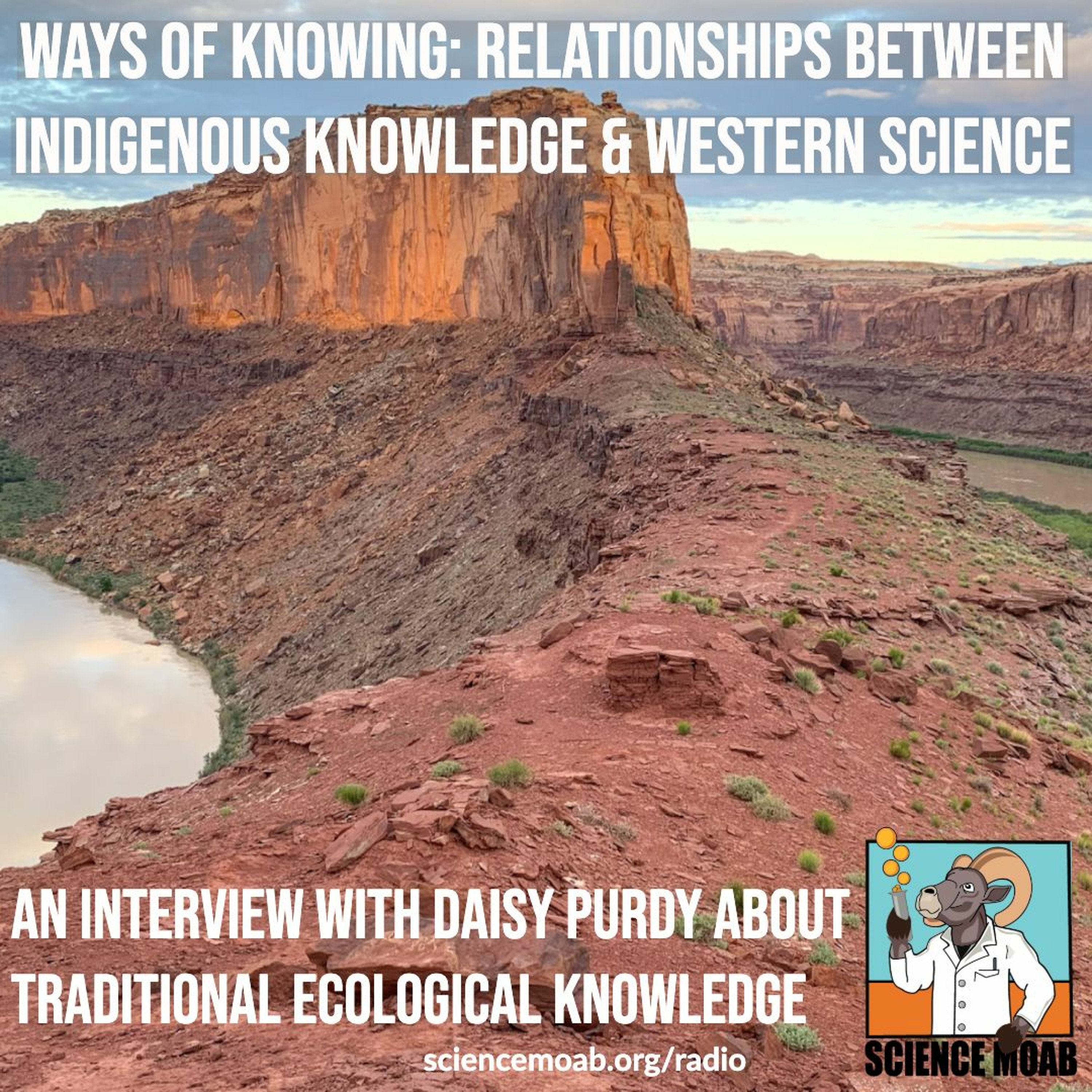 Science MoabWays of Knowing: Indigenous Knowledge and Western ScienceTraditional ecological knowledge(s) are knowledge systems held by Indigenous peoples. They are long-held sets of knowledge and awarenesses about the world that are passed from one generation to the next. The knowledge is based on observations and information accumulated through time, similar to western science. Here we speak with scholar and activist Daisy Purdy about traditional ecological knowledge and its relationship with western science.2020-01-1028 min
Science MoabWays of Knowing: Indigenous Knowledge and Western ScienceTraditional ecological knowledge(s) are knowledge systems held by Indigenous peoples. They are long-held sets of knowledge and awarenesses about the world that are passed from one generation to the next. The knowledge is based on observations and information accumulated through time, similar to western science. Here we speak with scholar and activist Daisy Purdy about traditional ecological knowledge and its relationship with western science.2020-01-1028 min Science MoabRiparian BirdsBirds rely on riparian areas of SE Utah and the Colorado Plateau and as the ecosystems change along the banks of these rivers, there is real impact on bird populations and species. Sean Mahoney, PhD candidate at Northern Arizona University, speaks with us about his work with birds that inhabit and migrate through the rivers of the Colorado Plateau. We talk about how they are being affected as climate, water levels, and invasive species make their mark on the banks of these rivers.2019-11-2227 min
Science MoabRiparian BirdsBirds rely on riparian areas of SE Utah and the Colorado Plateau and as the ecosystems change along the banks of these rivers, there is real impact on bird populations and species. Sean Mahoney, PhD candidate at Northern Arizona University, speaks with us about his work with birds that inhabit and migrate through the rivers of the Colorado Plateau. We talk about how they are being affected as climate, water levels, and invasive species make their mark on the banks of these rivers.2019-11-2227 min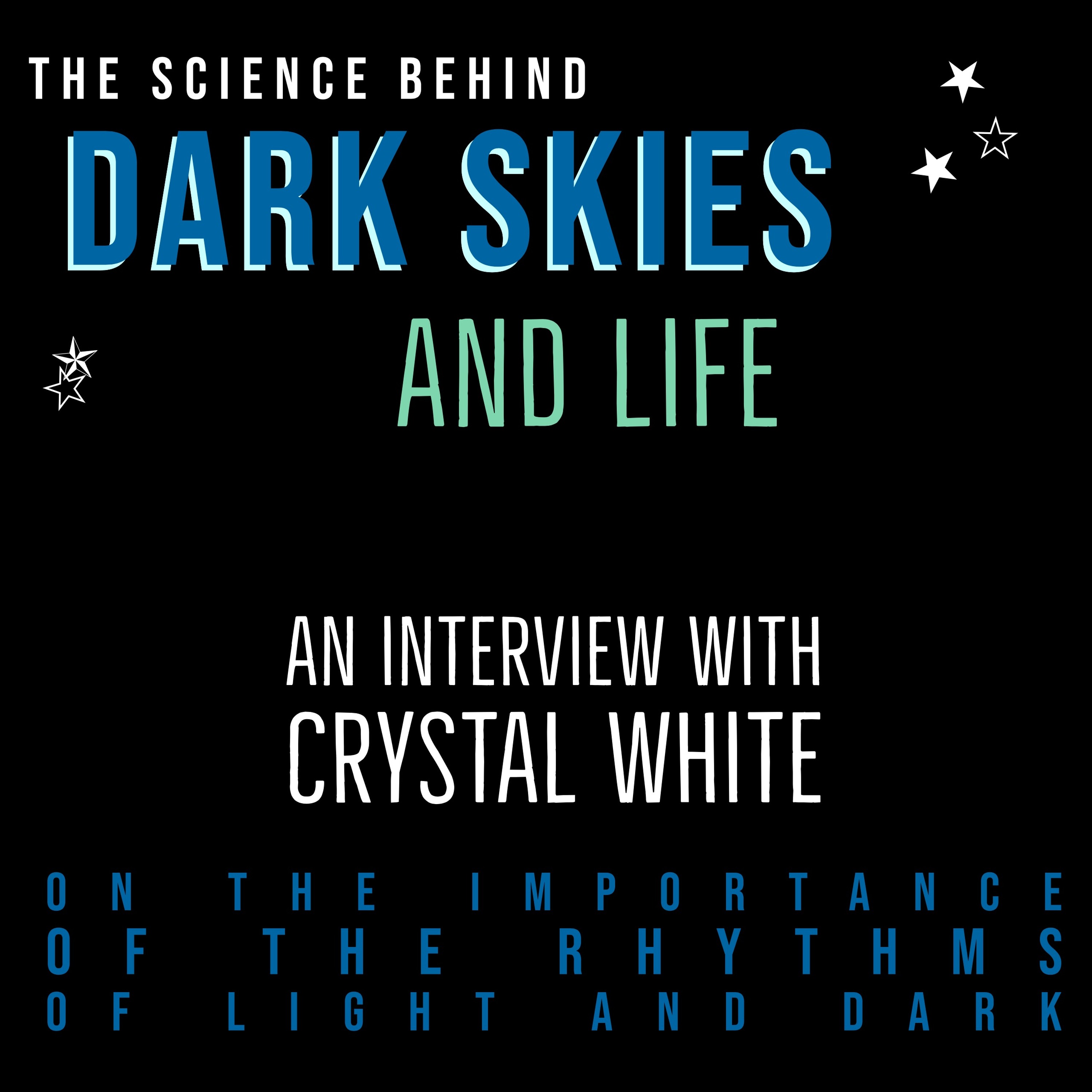 Science MoabThe Science Behind Dark Skies and LifeNatural shifts in light and dark are critical to all forms of life. We talk with naturalist and dark skies advocate Crystal White about what darkness means to ecosystems and people. We also talk about the different ways that dark skies are being threatened and what is being done to protect them.2019-10-1825 min
Science MoabThe Science Behind Dark Skies and LifeNatural shifts in light and dark are critical to all forms of life. We talk with naturalist and dark skies advocate Crystal White about what darkness means to ecosystems and people. We also talk about the different ways that dark skies are being threatened and what is being done to protect them.2019-10-1825 min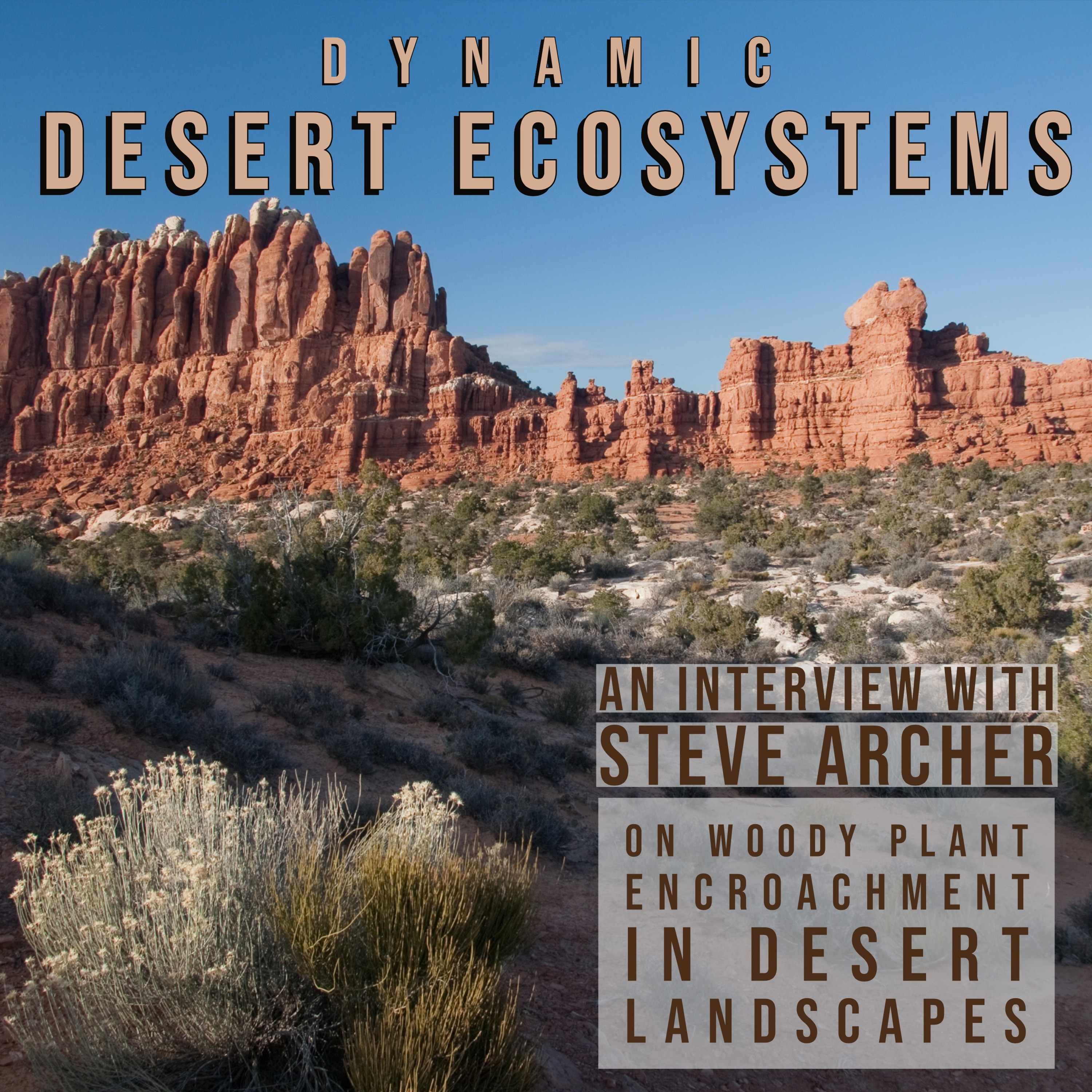 Science MoabDynamic Desert EcosystemsChanges are happening in plant communities in deserts of the Colorado Plateau and around the world. We speak with Dr. Steve Archer from the University of Arizona about the shifts in ecosystems primarily made up of grasses to those of woody plants and shrubs. The effects of this shift are wide reaching and have large effects for desert systems that we know.2019-09-1324 min
Science MoabDynamic Desert EcosystemsChanges are happening in plant communities in deserts of the Colorado Plateau and around the world. We speak with Dr. Steve Archer from the University of Arizona about the shifts in ecosystems primarily made up of grasses to those of woody plants and shrubs. The effects of this shift are wide reaching and have large effects for desert systems that we know.2019-09-1324 min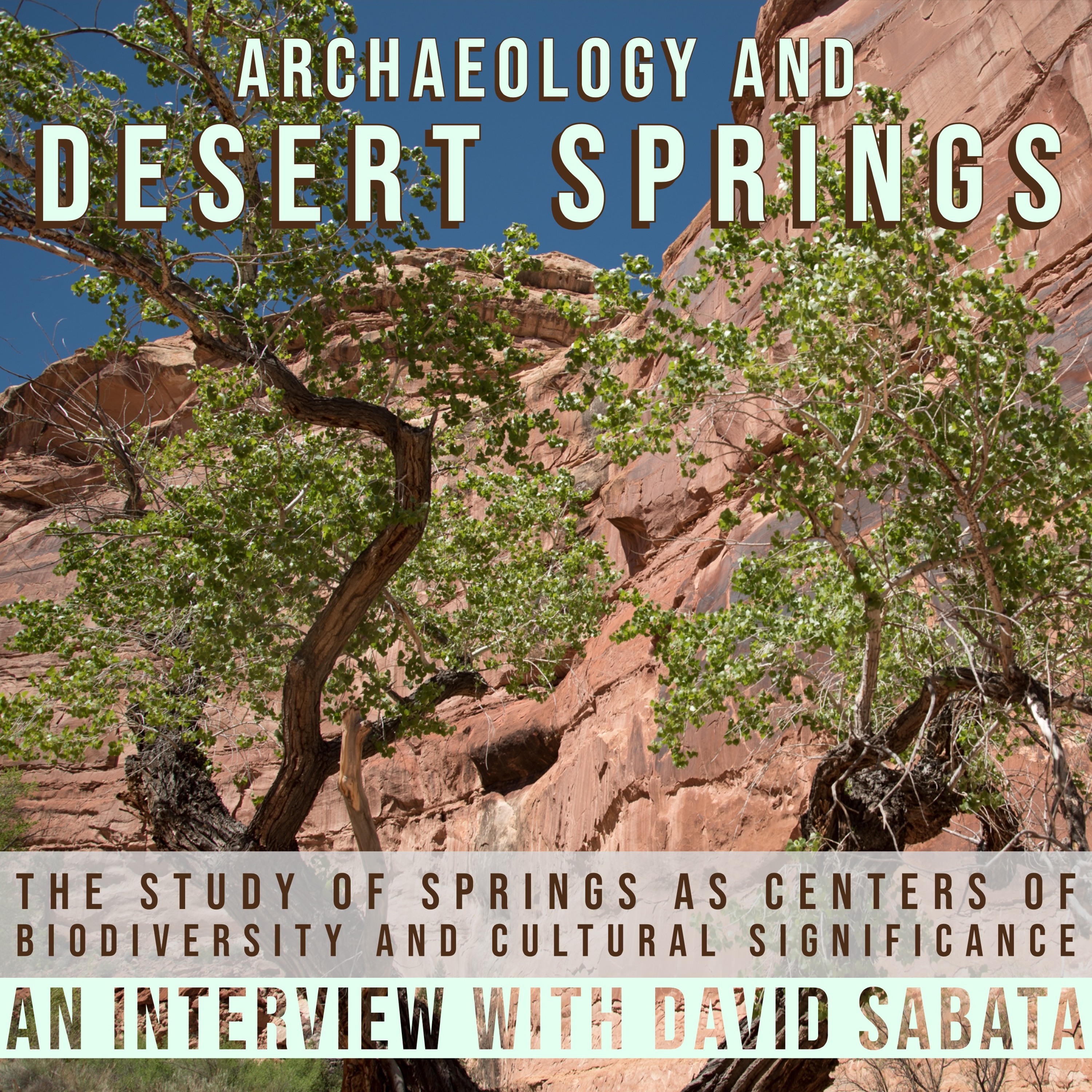 Science MoabArchaeology and Desert SpringsNatural springs have long been centers of biodiversity and cultural significance. We speak with David Sabata who recently completed his masters degree from Northern Arizona University where he studied springs within the Grand Staircase Escalante Monument. We talk about his studies and how springs can be used to understand human settlement across the landscape.2019-08-1825 min
Science MoabArchaeology and Desert SpringsNatural springs have long been centers of biodiversity and cultural significance. We speak with David Sabata who recently completed his masters degree from Northern Arizona University where he studied springs within the Grand Staircase Escalante Monument. We talk about his studies and how springs can be used to understand human settlement across the landscape.2019-08-1825 min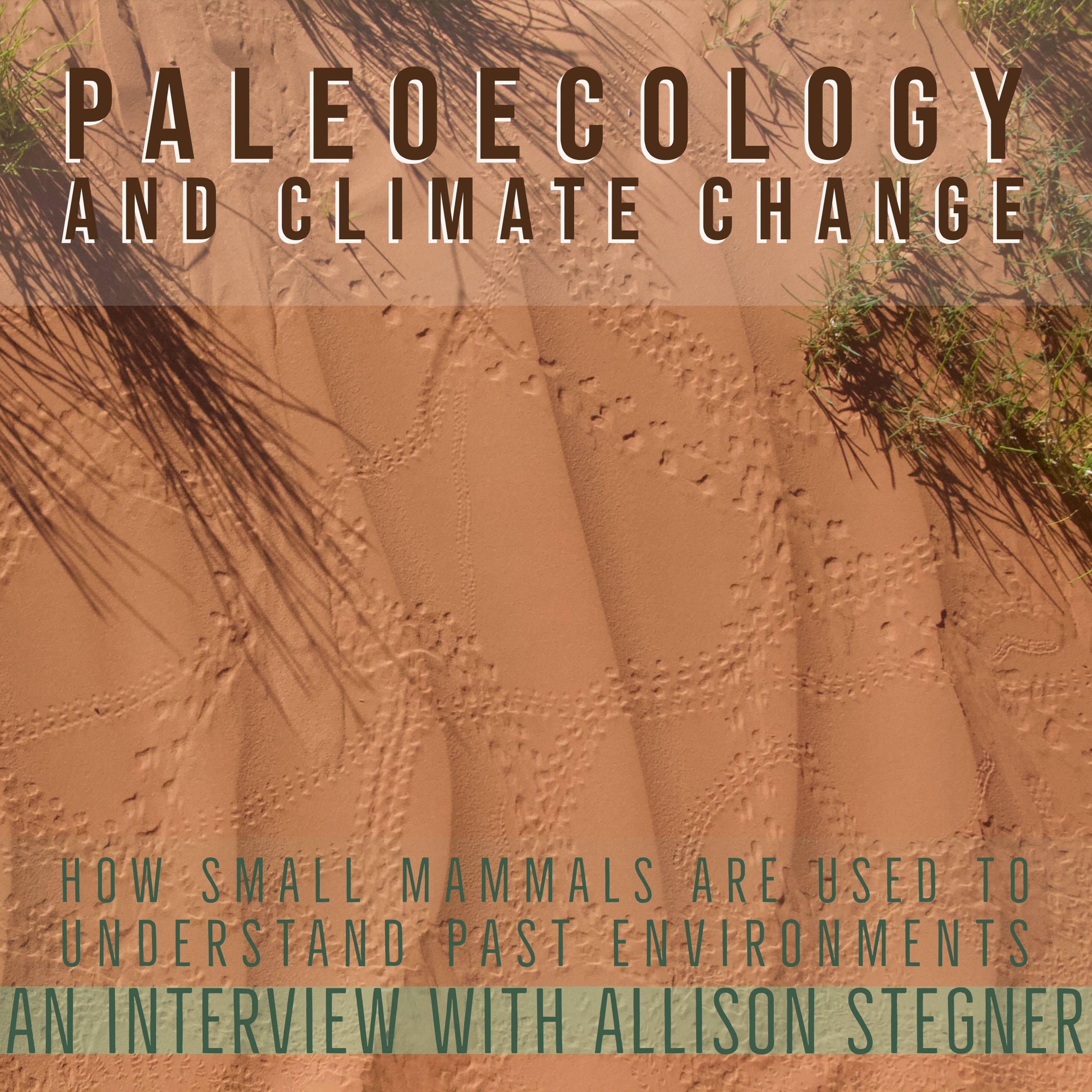 Science MoabPaleoecology and Climate ChangeWe speak with Allison Stegner who is a post-doctoral researcher at Stanford University. She studies small mammals as a way to understand present and past environments. Here, we talk with Allison about her work and how studying small mammal abundance and distribution on the landscape can give us a better understanding of environmental change through time.2019-07-1426 min
Science MoabPaleoecology and Climate ChangeWe speak with Allison Stegner who is a post-doctoral researcher at Stanford University. She studies small mammals as a way to understand present and past environments. Here, we talk with Allison about her work and how studying small mammal abundance and distribution on the landscape can give us a better understanding of environmental change through time.2019-07-1426 min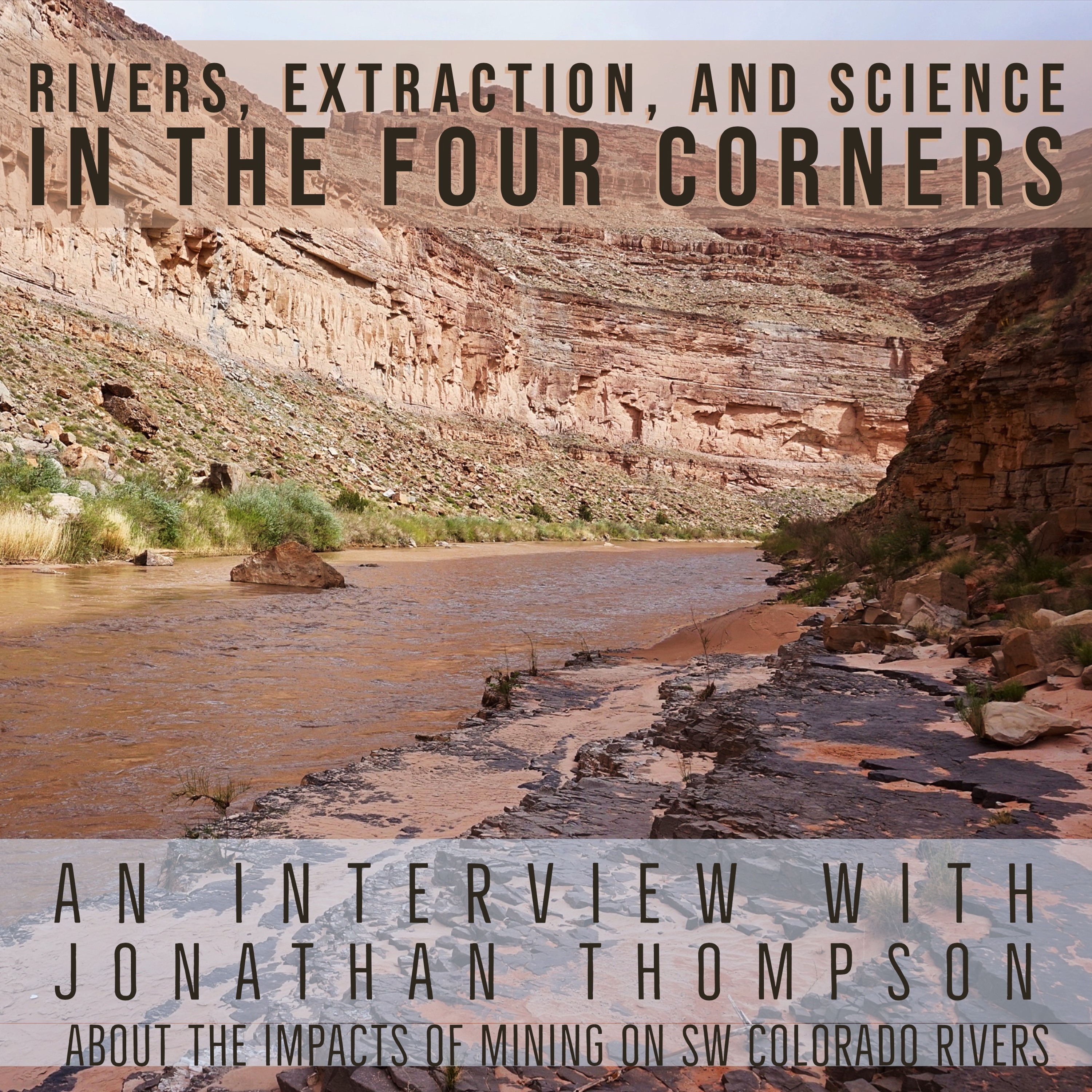 Science MoabRivers, Extraction and Science in the Four CornersWe speak with author/journalist Jonathan Thompson about mining history in SW Colorado and its impacts on rivers. His book “River of Lost Souls: the Science, Politics, and Greed Behind the Gold King Mine Disaster” explores the infamous Gold King Mine spill that released large amounts of acid mine waste into the Animas and San Juan Rivers. Here, Jonathan talks about the history of mining in the San Juan Mountains and its positive and negative effects on communities and ecosystems. We discuss how the Gold King mine spill is only a small part of a larger picture of the extractive indu...2019-06-1828 min
Science MoabRivers, Extraction and Science in the Four CornersWe speak with author/journalist Jonathan Thompson about mining history in SW Colorado and its impacts on rivers. His book “River of Lost Souls: the Science, Politics, and Greed Behind the Gold King Mine Disaster” explores the infamous Gold King Mine spill that released large amounts of acid mine waste into the Animas and San Juan Rivers. Here, Jonathan talks about the history of mining in the San Juan Mountains and its positive and negative effects on communities and ecosystems. We discuss how the Gold King mine spill is only a small part of a larger picture of the extractive indu...2019-06-1828 min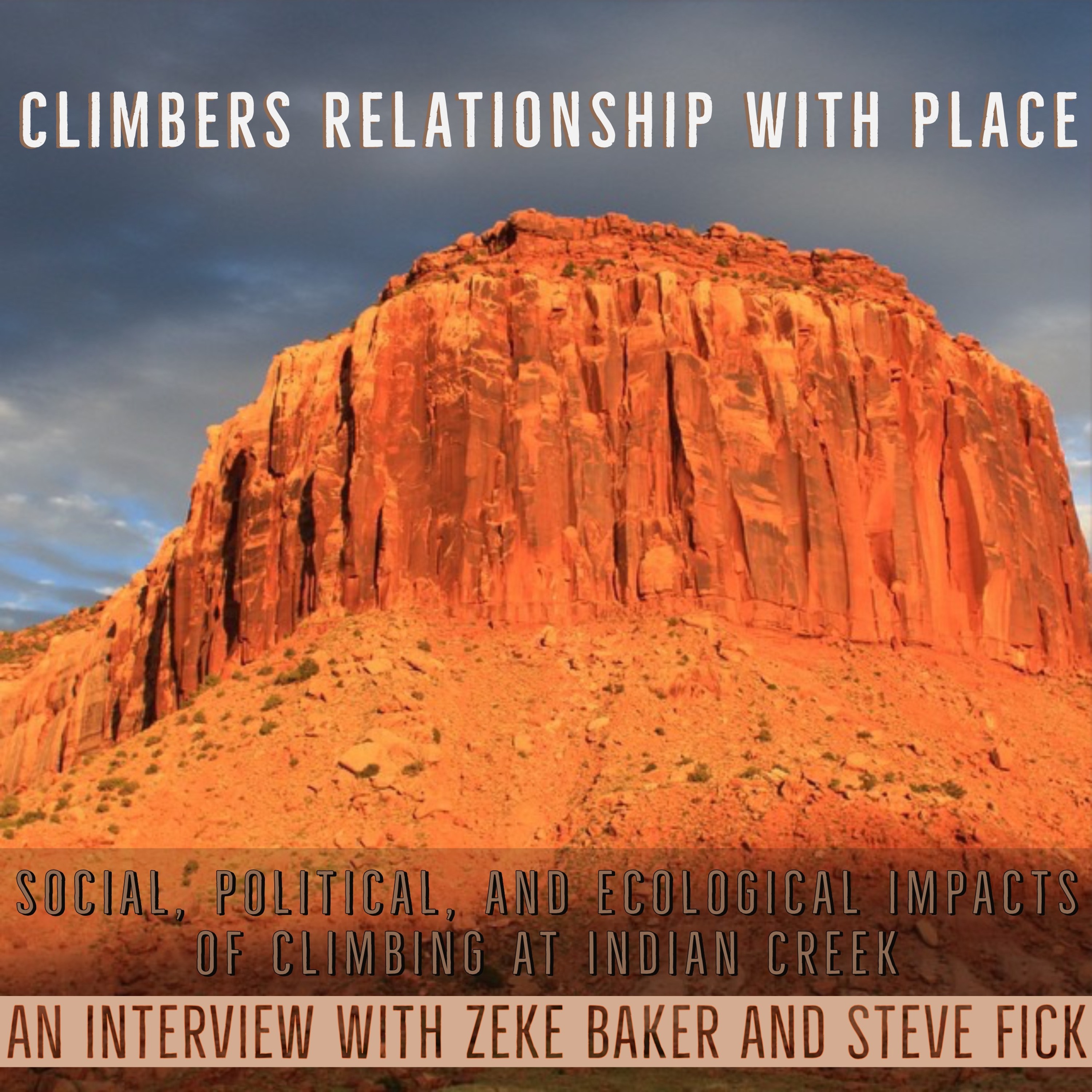 Science MoabClimbers Relationship with PlaceThis show explores the social and ecological impacts of climbing in the Indian Creek Area, Utah. We talk with Zeke Baker and Steve Fick. Zeke is a PhD candidate in sociolology at UC Davis while Steve is a post-doctoral research ecologist with University of the Colorado Boulder and the USGS here in Moab. The two have teamed up to study rock climbing in the Indian Creek area and the social, ecological, and political interactions of climbers with this fragile landscape.2019-05-1926 min
Science MoabClimbers Relationship with PlaceThis show explores the social and ecological impacts of climbing in the Indian Creek Area, Utah. We talk with Zeke Baker and Steve Fick. Zeke is a PhD candidate in sociolology at UC Davis while Steve is a post-doctoral research ecologist with University of the Colorado Boulder and the USGS here in Moab. The two have teamed up to study rock climbing in the Indian Creek area and the social, ecological, and political interactions of climbers with this fragile landscape.2019-05-1926 min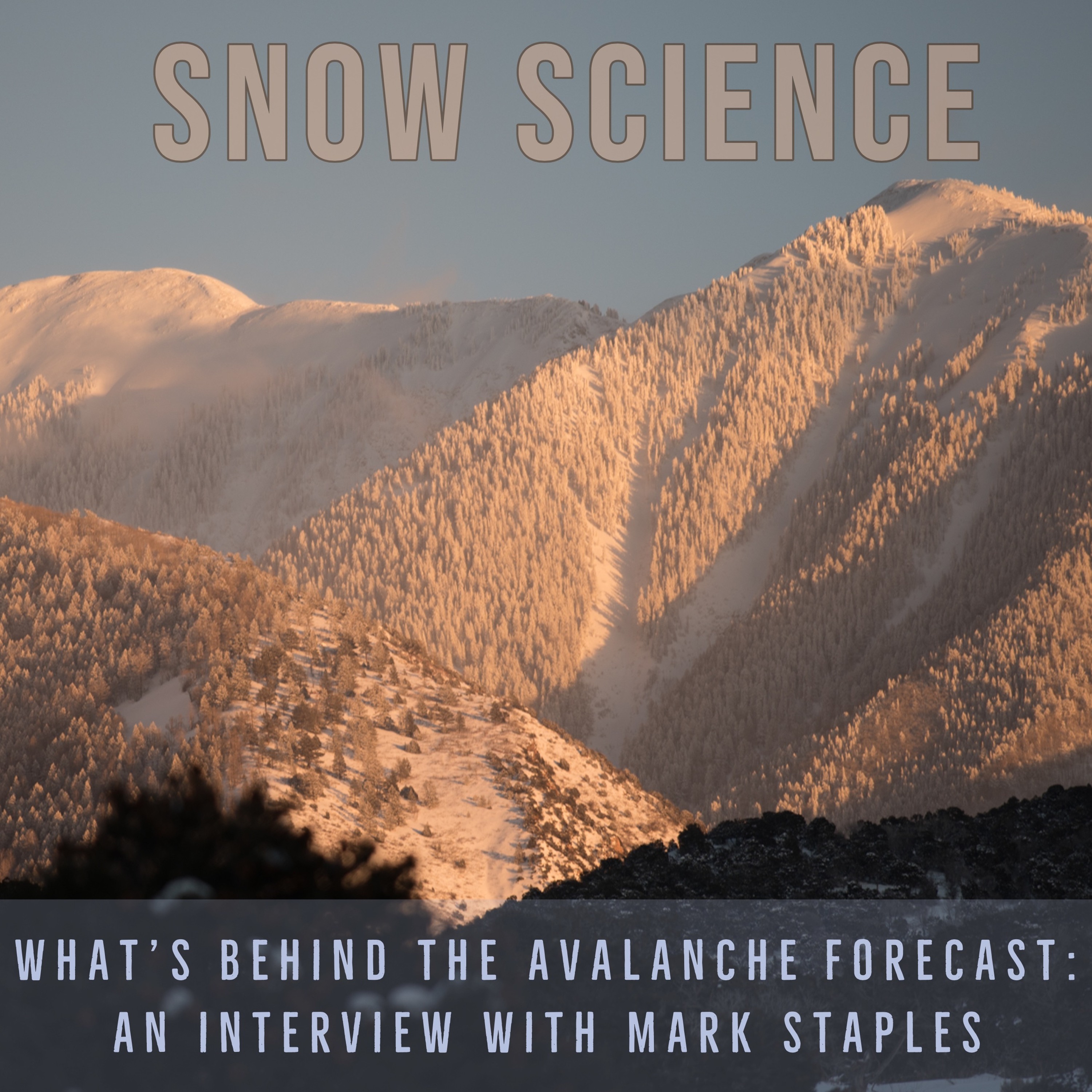 Science MoabSnow Science and the Avalanche ForecastThe understanding of snow...the various ways it falls from the sky and how it is transformed on the ground is critical to being safe in the backcountry. We talk with Mark Staples who is the director of the Forest Service Utah Avalanche Center. Mark graduated from the Montana State University Snow Science Program and here in Utah he and his team predict snow conditions for avalanche reports. Here with Mark we discuss the different forms snow can take when falling from the sky and the various ways that snow transforms once it is on the ground. This information is...2019-04-1623 min
Science MoabSnow Science and the Avalanche ForecastThe understanding of snow...the various ways it falls from the sky and how it is transformed on the ground is critical to being safe in the backcountry. We talk with Mark Staples who is the director of the Forest Service Utah Avalanche Center. Mark graduated from the Montana State University Snow Science Program and here in Utah he and his team predict snow conditions for avalanche reports. Here with Mark we discuss the different forms snow can take when falling from the sky and the various ways that snow transforms once it is on the ground. This information is...2019-04-1623 min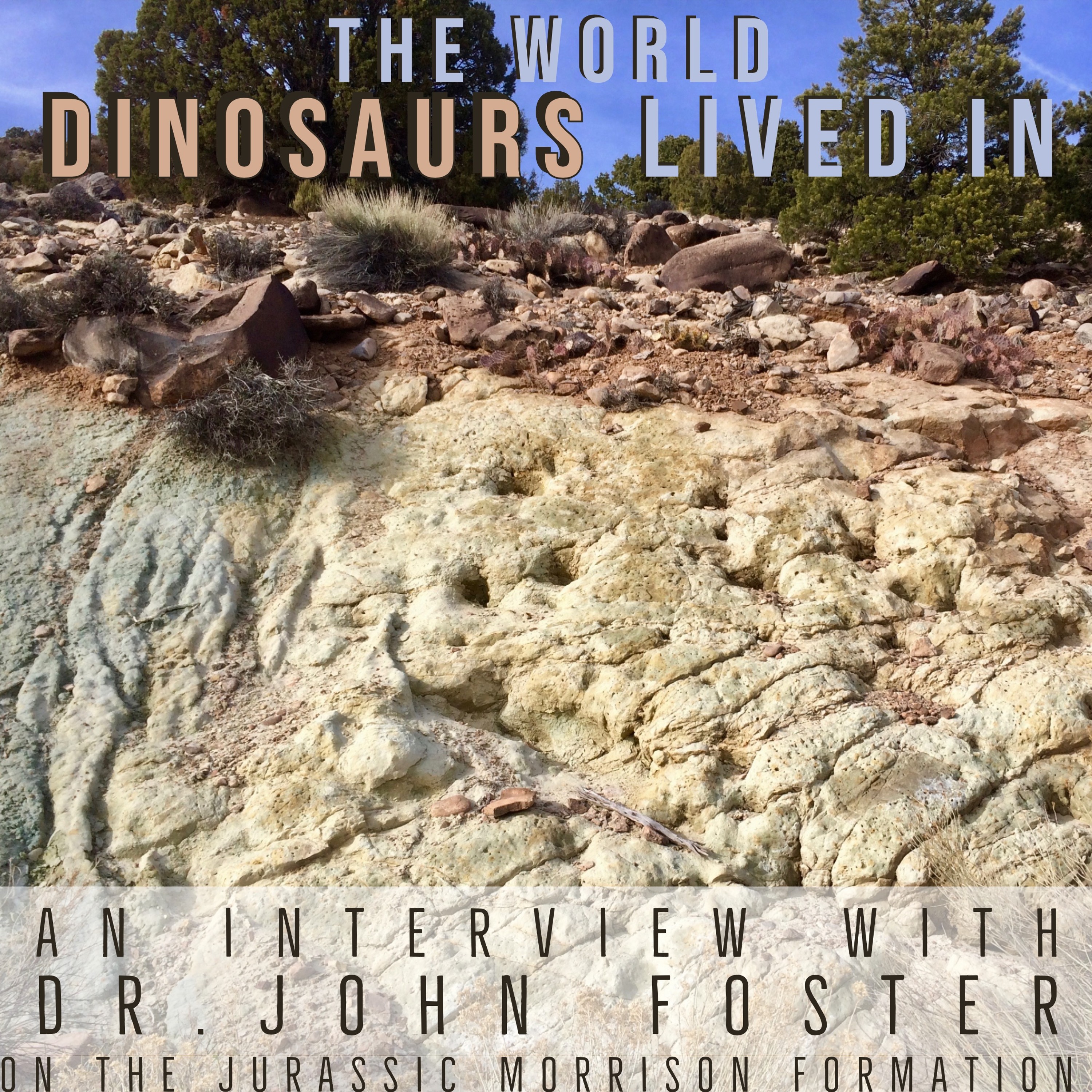 Science MoabThe World Dinosaurs Lived InThe world that existed when dinosaurs roamed the Moab area was vastly different than the world today . We talk with Dr. John Foster, a paleontologist and the former director of the Museum of Moab, whose work involves excavating the oldest known dinosaur Sauropod skeleton right here in the Moab area. Here we discuss a geologic layer known as the Morrison Formation and we explore the Jurassic Period…the landscape, plants and animals that existed 150 million years ago when the Morrison was being deposited.2019-03-2424 min
Science MoabThe World Dinosaurs Lived InThe world that existed when dinosaurs roamed the Moab area was vastly different than the world today . We talk with Dr. John Foster, a paleontologist and the former director of the Museum of Moab, whose work involves excavating the oldest known dinosaur Sauropod skeleton right here in the Moab area. Here we discuss a geologic layer known as the Morrison Formation and we explore the Jurassic Period…the landscape, plants and animals that existed 150 million years ago when the Morrison was being deposited.2019-03-2424 min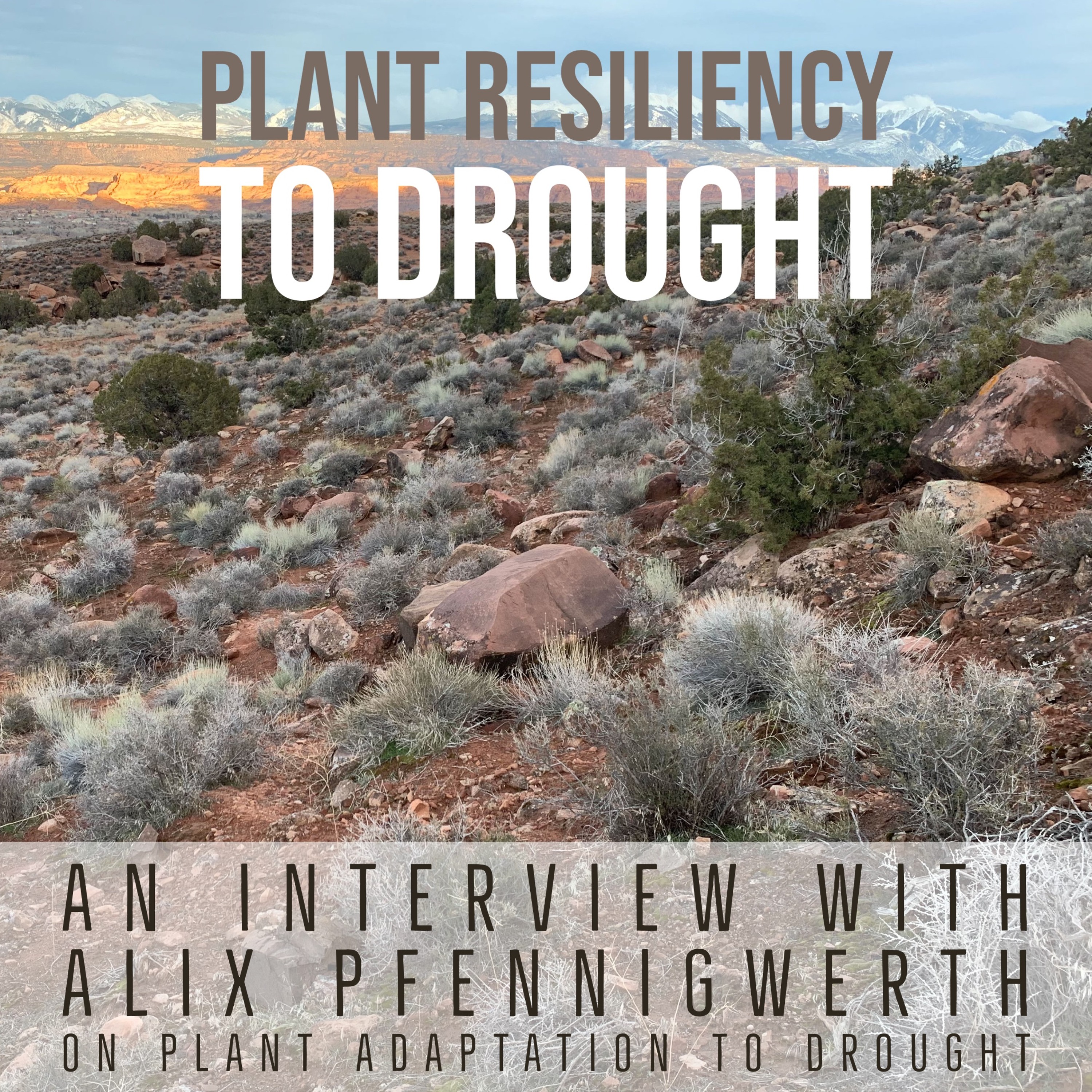 Science MoabPlant resiliency to droughtDrought is impacting the plants that are growing around Moab and the Colorado Plateau. Here we talk to Alix Pfennigwerth, a former biologist with the US Geological Survey in Moab. We talk about different types of droughts that are expected to impact the plant communities we see on the Colorado Plateau. We explore how experiments provide insight into plant response to future drought due to climate change and what that might mean for the ecosystems and how we manage them into the future.2019-03-0925 min
Science MoabPlant resiliency to droughtDrought is impacting the plants that are growing around Moab and the Colorado Plateau. Here we talk to Alix Pfennigwerth, a former biologist with the US Geological Survey in Moab. We talk about different types of droughts that are expected to impact the plant communities we see on the Colorado Plateau. We explore how experiments provide insight into plant response to future drought due to climate change and what that might mean for the ecosystems and how we manage them into the future.2019-03-0925 min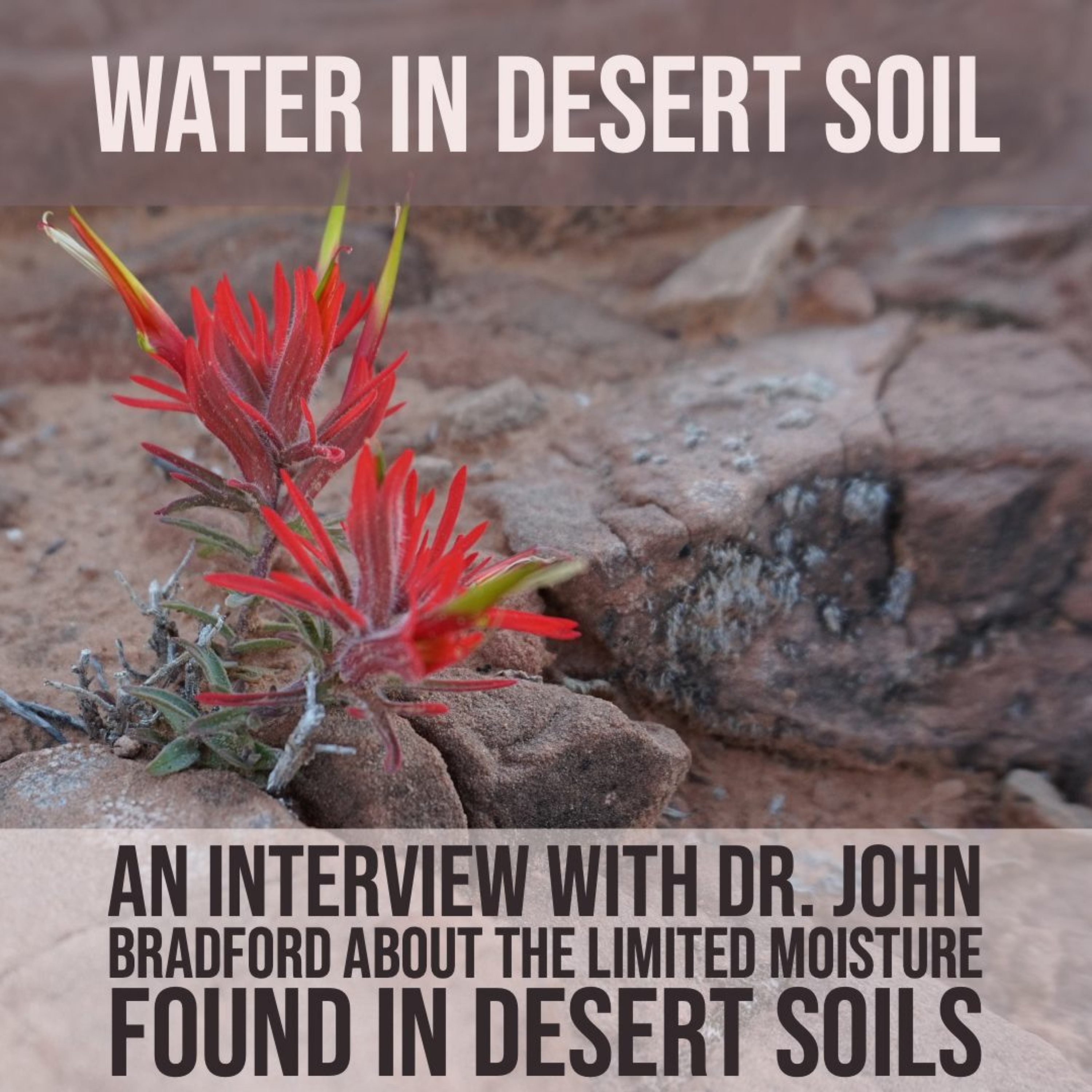 Science MoabWater in Desert SoilDeserts are characterized by having limited amounts of water. The plants that live in these dry climates are there because the soil holds onto just enough water for plants to survive. But climate change has the potential to change the amount of soil water available to plants. Here, Dr. John Bradford explains how soil moisture influences plant communities in the Southwest and how management actions & climate change can interact to alter water available to plants.2019-02-1825 min
Science MoabWater in Desert SoilDeserts are characterized by having limited amounts of water. The plants that live in these dry climates are there because the soil holds onto just enough water for plants to survive. But climate change has the potential to change the amount of soil water available to plants. Here, Dr. John Bradford explains how soil moisture influences plant communities in the Southwest and how management actions & climate change can interact to alter water available to plants.2019-02-1825 min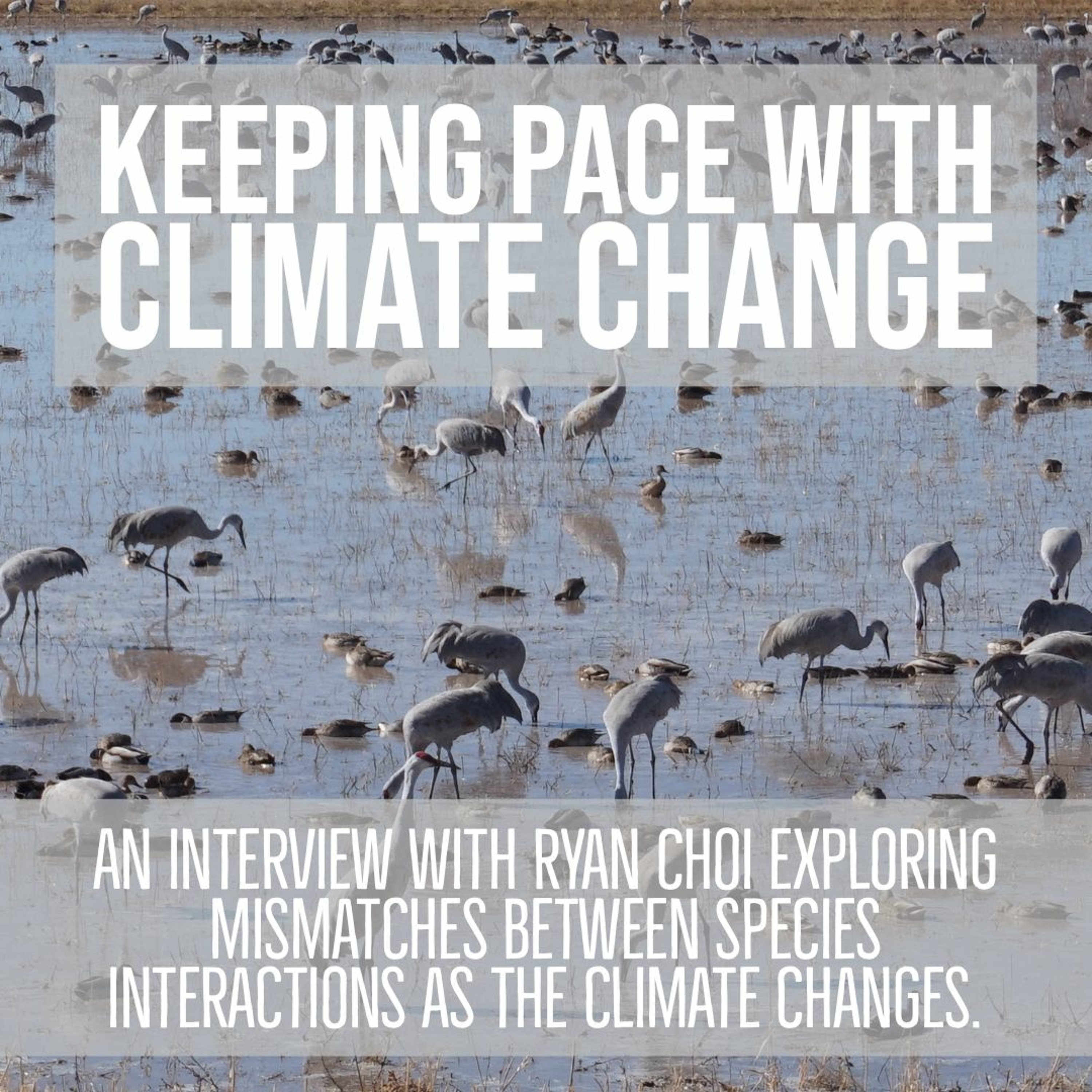 Science MoabKeeping Pace with Climate ChangeThe impacts of climate change can be complicated and far reaching. Here we are speak with Ryan Choi about the influence that climate change has on the interactions that occur within ecosystems. Ryan Choi is a PhD student at Utah State University. There, Ryan studies how climate change changes interactions between Arctic plants and the species that eat them. Specifically he looks at how warming temperatures influences when grasses grow, and how changes to that timing of growth impacts the migrating geese that rely on those grasses year after year. While it might not seem directly relevant to the Colorado...2019-02-0318 min
Science MoabKeeping Pace with Climate ChangeThe impacts of climate change can be complicated and far reaching. Here we are speak with Ryan Choi about the influence that climate change has on the interactions that occur within ecosystems. Ryan Choi is a PhD student at Utah State University. There, Ryan studies how climate change changes interactions between Arctic plants and the species that eat them. Specifically he looks at how warming temperatures influences when grasses grow, and how changes to that timing of growth impacts the migrating geese that rely on those grasses year after year. While it might not seem directly relevant to the Colorado...2019-02-0318 min Science MoabReconstructing the Ice AgeUnexplored caves can store a wealth of information about the past. Here we talk with Dr. Tim Heaton who studies the Ice Age mammals found in caves. He got his start exploring the caves of the Colorado Plateau, and currently live here in Moab. Of his multiple scientific accomplishments, one of his best known is the discovered of 10,000 year old human remains in a cave on on island off of Alaska, making them one of a handful of the oldest human remains found in the Americas. Here we talk with him about that discovery and why this site helps us...2018-12-3028 min
Science MoabReconstructing the Ice AgeUnexplored caves can store a wealth of information about the past. Here we talk with Dr. Tim Heaton who studies the Ice Age mammals found in caves. He got his start exploring the caves of the Colorado Plateau, and currently live here in Moab. Of his multiple scientific accomplishments, one of his best known is the discovered of 10,000 year old human remains in a cave on on island off of Alaska, making them one of a handful of the oldest human remains found in the Americas. Here we talk with him about that discovery and why this site helps us...2018-12-3028 min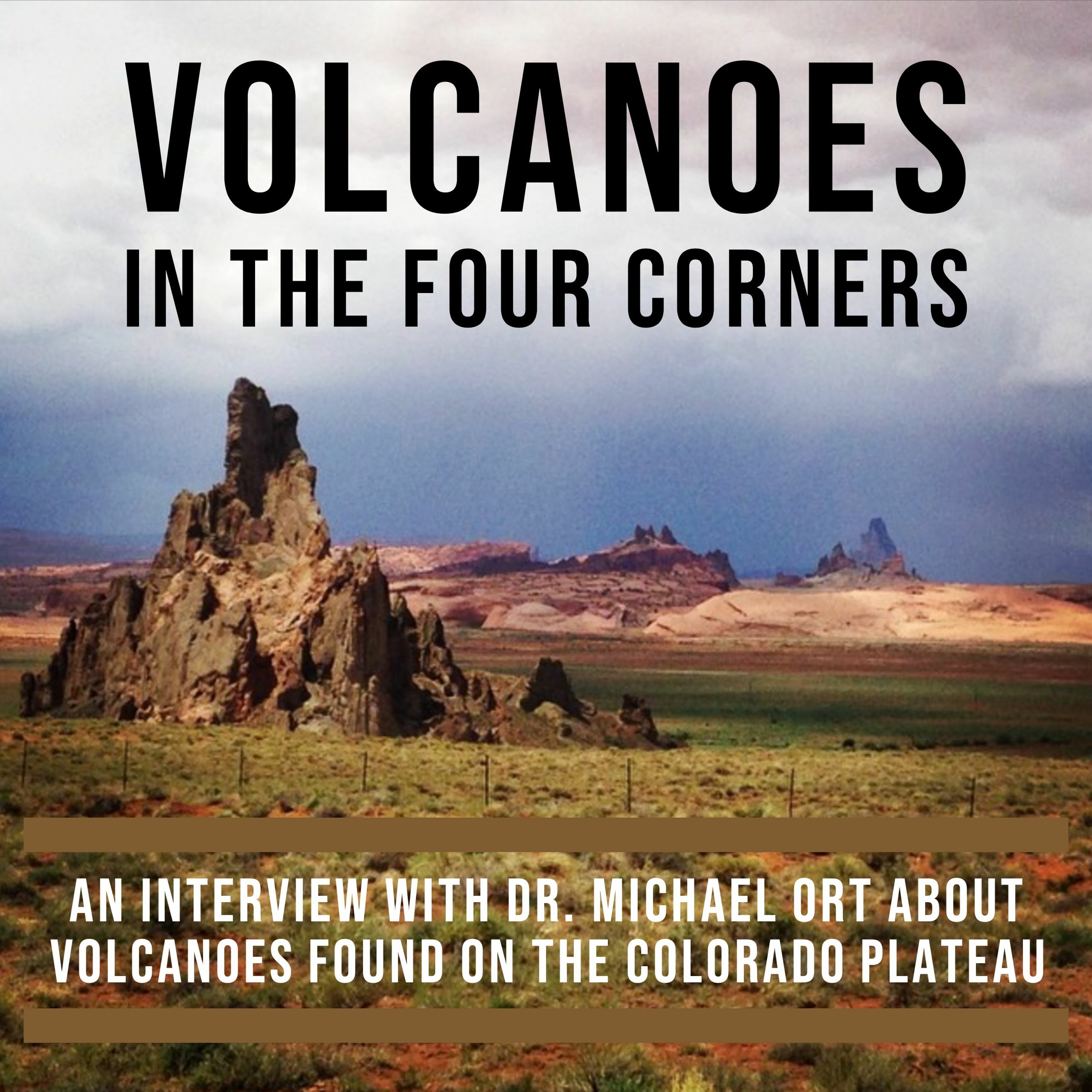 Science MoabVolcanoes in the four cornersThere are an incredible number and many diverse types of volcanoes in four corners region. Here we are speak with Dr. Michael Ort about the different kinds of volcanoes on the Colorado Plateau, when they erupt, and how they might erupt again.2018-12-1122 min
Science MoabVolcanoes in the four cornersThere are an incredible number and many diverse types of volcanoes in four corners region. Here we are speak with Dr. Michael Ort about the different kinds of volcanoes on the Colorado Plateau, when they erupt, and how they might erupt again.2018-12-1122 min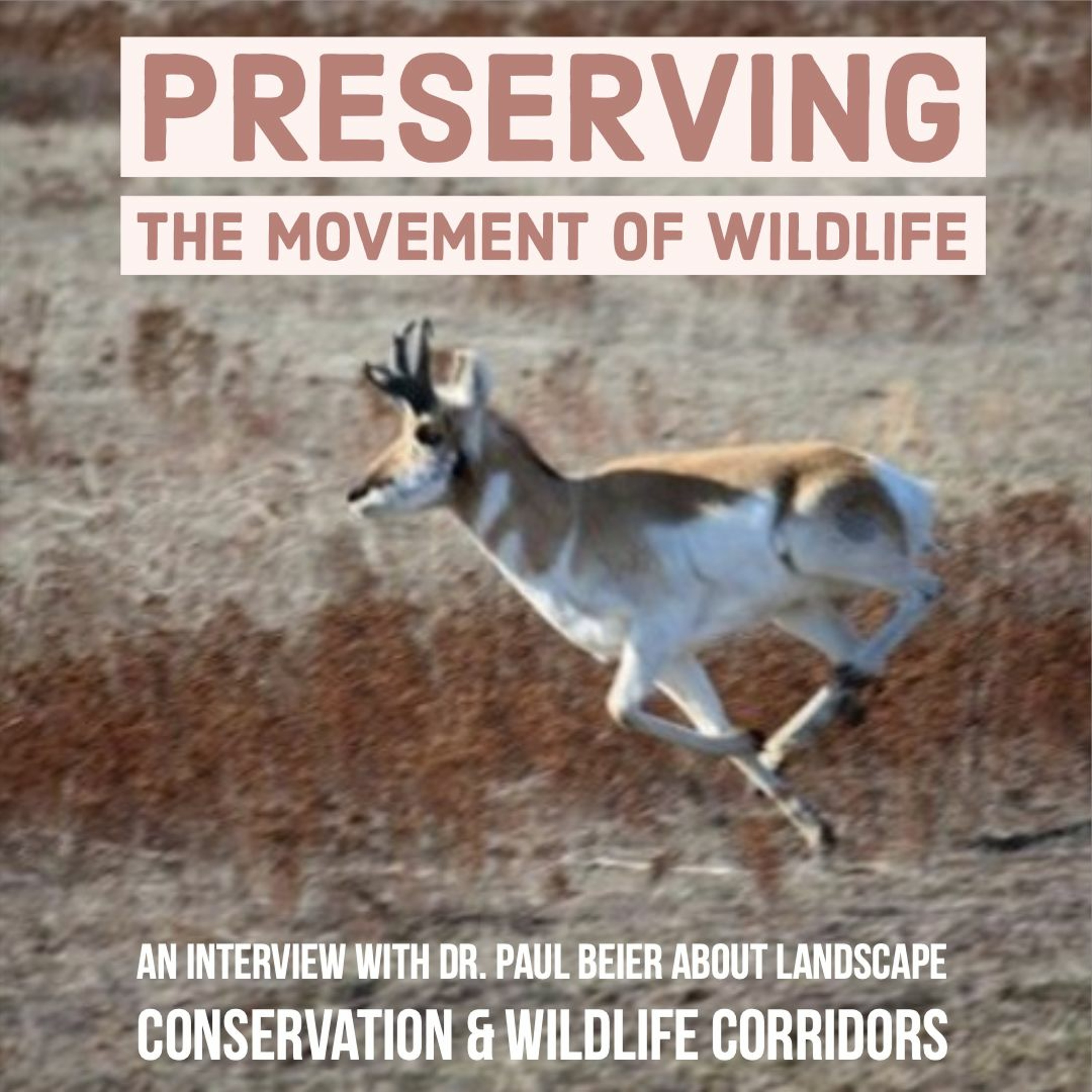 Science MoabPreserving the movement of wildlifeHere we talk about how wildlife moves through the landscape and how wildlife corridors might be the best chance to preserve the different members of ecosystems with Dr. Paul Beier a professor in the School of Forestry from Northern Arizona University. As a conservation biologist Dr. Beier studies wildlife corridors, protected areas that allow wildlife to move from one natural area to another without being stopped by human made barriers. These corridors are important not just for allowing the movement and exchange of genetic material, but also for maintaining the integrity and functions of whole ecosystems2018-11-2325 min
Science MoabPreserving the movement of wildlifeHere we talk about how wildlife moves through the landscape and how wildlife corridors might be the best chance to preserve the different members of ecosystems with Dr. Paul Beier a professor in the School of Forestry from Northern Arizona University. As a conservation biologist Dr. Beier studies wildlife corridors, protected areas that allow wildlife to move from one natural area to another without being stopped by human made barriers. These corridors are important not just for allowing the movement and exchange of genetic material, but also for maintaining the integrity and functions of whole ecosystems2018-11-2325 min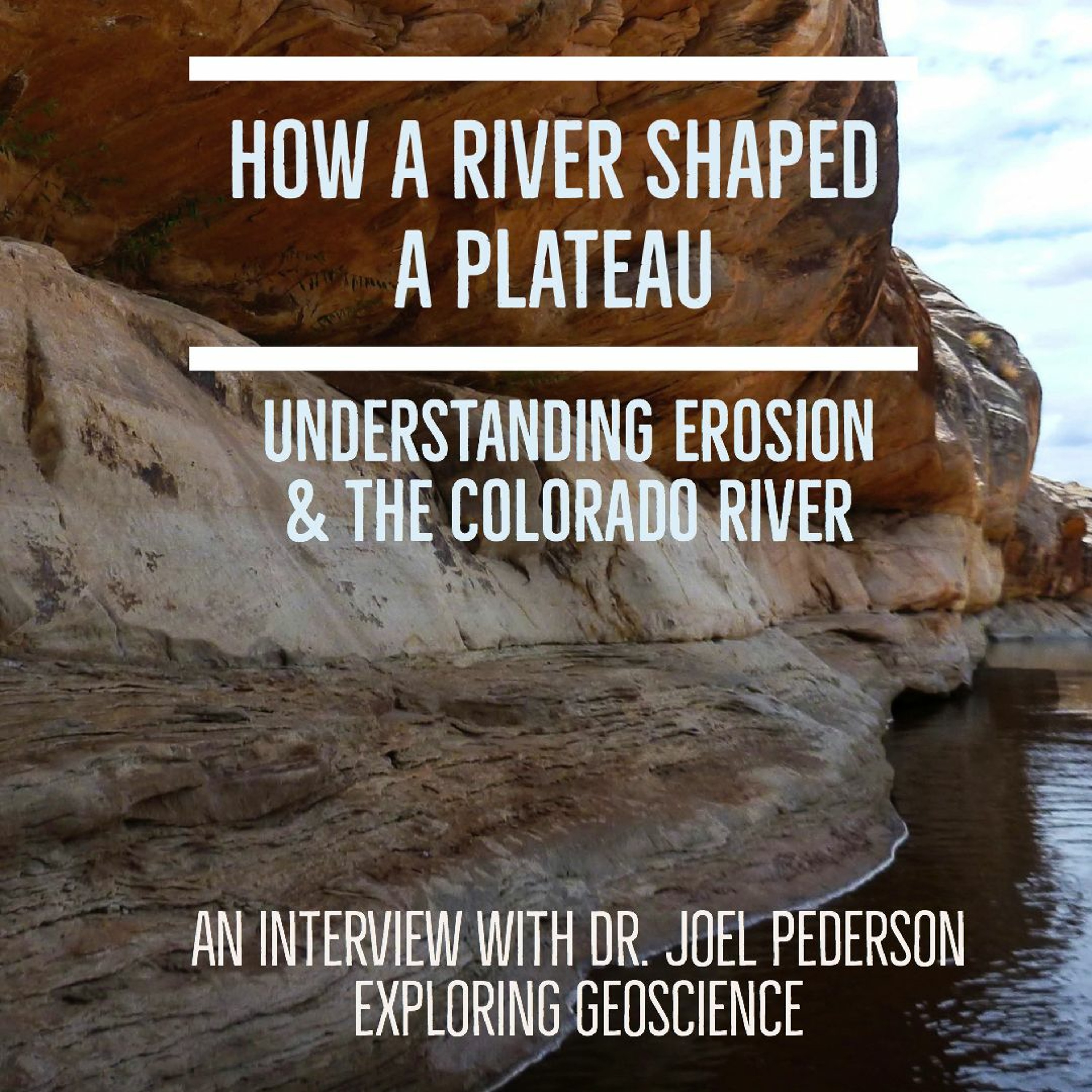 Science MoabHow a river shaped a plateau: understanding erosion & the Colorado RiverThe Colorado River is one of the main forces shaping the landscape around Southeast Utah. Here we talk with Dr. Joel Pederson and tease apart new information about the Colorado River and the forces that carve the landscapes we see around us. We explore the unanswered questions about erosion in Moab, Utah and the central Colorado Plateau.2018-11-1030 min
Science MoabHow a river shaped a plateau: understanding erosion & the Colorado RiverThe Colorado River is one of the main forces shaping the landscape around Southeast Utah. Here we talk with Dr. Joel Pederson and tease apart new information about the Colorado River and the forces that carve the landscapes we see around us. We explore the unanswered questions about erosion in Moab, Utah and the central Colorado Plateau.2018-11-1030 min Science MoabThe plant chemicals that shape ecosystemsPlants have many and incredible chemical compounds that they use to survive in our desert. These chemical compounds found in plants can have interactions that structure whole ecosystems. Here we explore the many and incredible ways that chemical compounds work to defend plants and what chemical ecology can teach us about the deserts around us with Dr. Adrienne Godschalx.2018-10-1224 min
Science MoabThe plant chemicals that shape ecosystemsPlants have many and incredible chemical compounds that they use to survive in our desert. These chemical compounds found in plants can have interactions that structure whole ecosystems. Here we explore the many and incredible ways that chemical compounds work to defend plants and what chemical ecology can teach us about the deserts around us with Dr. Adrienne Godschalx.2018-10-1224 min Science MoabHow the desert changesThis show explores ecological change on the Colorado Plateau over time with Dr. Laura Huenneke. She explains the kinds of changes that have occurred and dissects the types of management actions available to address current and future landscape changes.2018-09-1517 min
Science MoabHow the desert changesThis show explores ecological change on the Colorado Plateau over time with Dr. Laura Huenneke. She explains the kinds of changes that have occurred and dissects the types of management actions available to address current and future landscape changes.2018-09-1517 min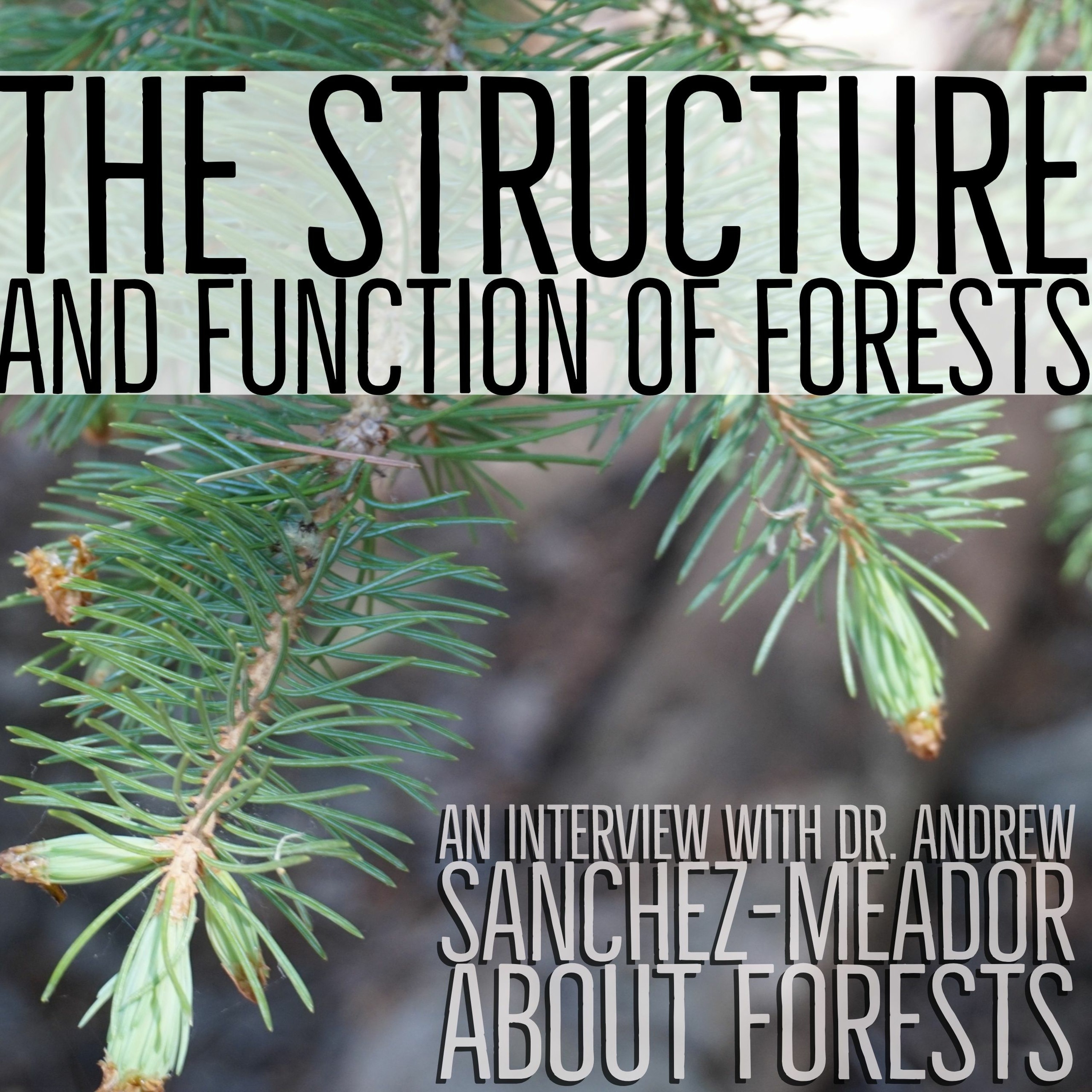 Science MoabThe structure and function of forestsThe way that trees are arranged in a forest can be more important than it seems. This interview with Dr. Andrew Sanchez-Meador explores the composition of forests in the Southwest and why changes to forest structure can influence how the forest works.2018-08-2825 min
Science MoabThe structure and function of forestsThe way that trees are arranged in a forest can be more important than it seems. This interview with Dr. Andrew Sanchez-Meador explores the composition of forests in the Southwest and why changes to forest structure can influence how the forest works.2018-08-2825 min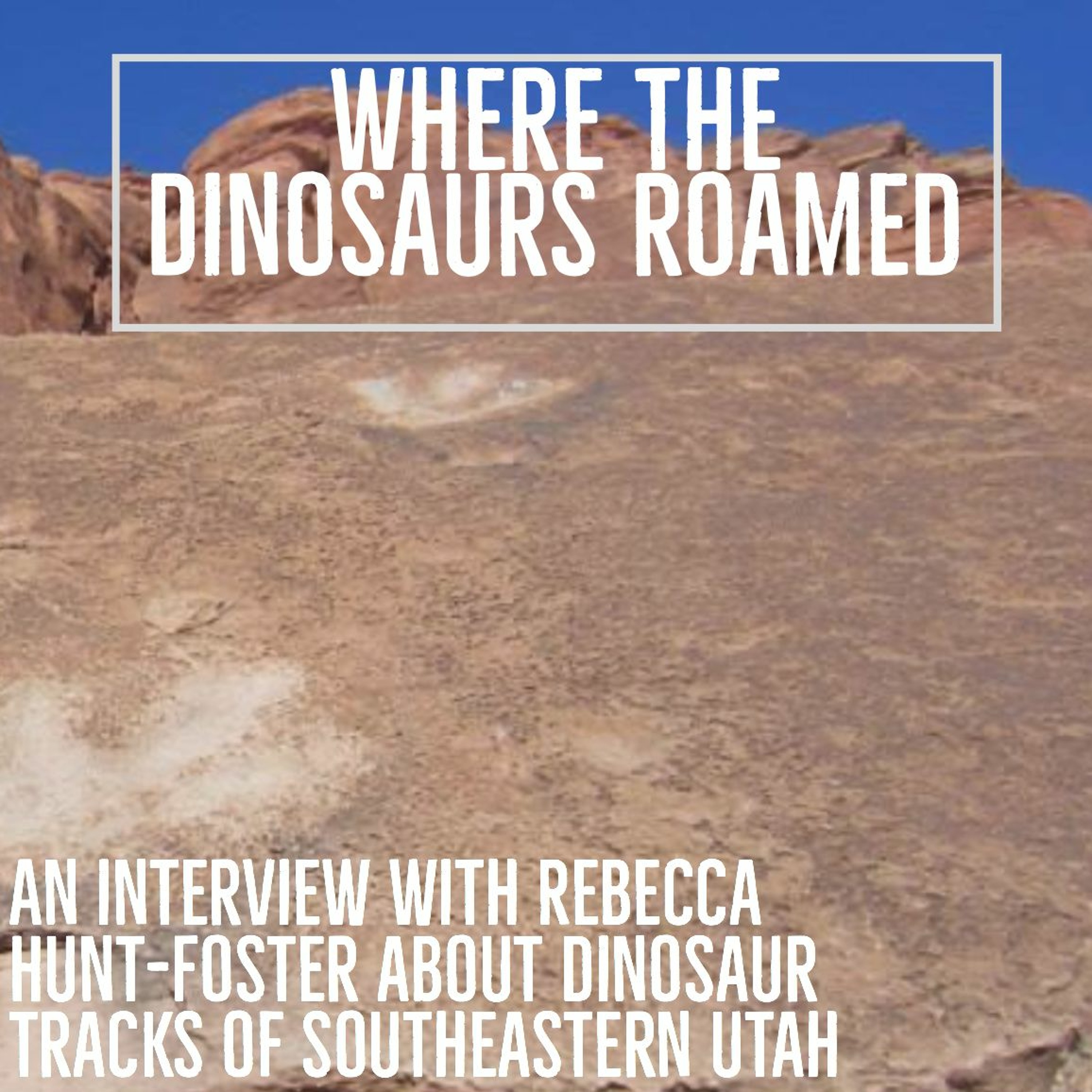 Science MoabWhere the dinosaurs roamedMoab Utah is home to an incredible amount of dinosaur tracks. Here we learn why there are some many tracks around Moab, how tracks are studied, and what we can learn about prehistoric ecology through these fossilized footprints.2018-08-1829 min
Science MoabWhere the dinosaurs roamedMoab Utah is home to an incredible amount of dinosaur tracks. Here we learn why there are some many tracks around Moab, how tracks are studied, and what we can learn about prehistoric ecology through these fossilized footprints.2018-08-1829 min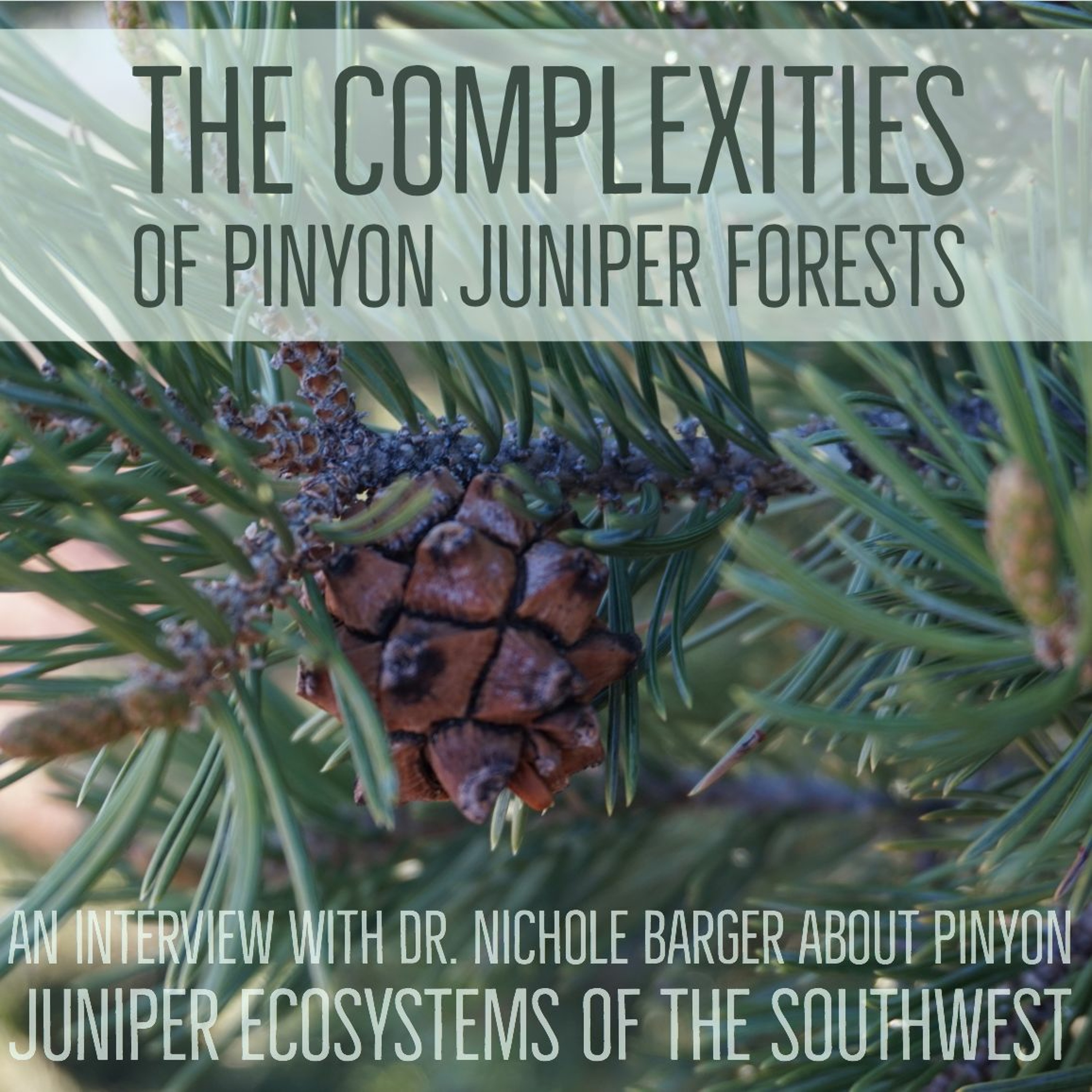 Science MoabThe complexities of pinyon juniper woodlandsPinyon-juniper forests and woodlands are found across the Colorado Plateau. These ecosystems are expanding into new areas where they have not been in human memory, at the same time increased temperatures and reduced precipitation due to climate change are resulting in huge mortality events of pinyon and some juniper trees. Here, Dr. Nichole Barger helps break down this dichotomy2018-07-2828 min
Science MoabThe complexities of pinyon juniper woodlandsPinyon-juniper forests and woodlands are found across the Colorado Plateau. These ecosystems are expanding into new areas where they have not been in human memory, at the same time increased temperatures and reduced precipitation due to climate change are resulting in huge mortality events of pinyon and some juniper trees. Here, Dr. Nichole Barger helps break down this dichotomy2018-07-2828 min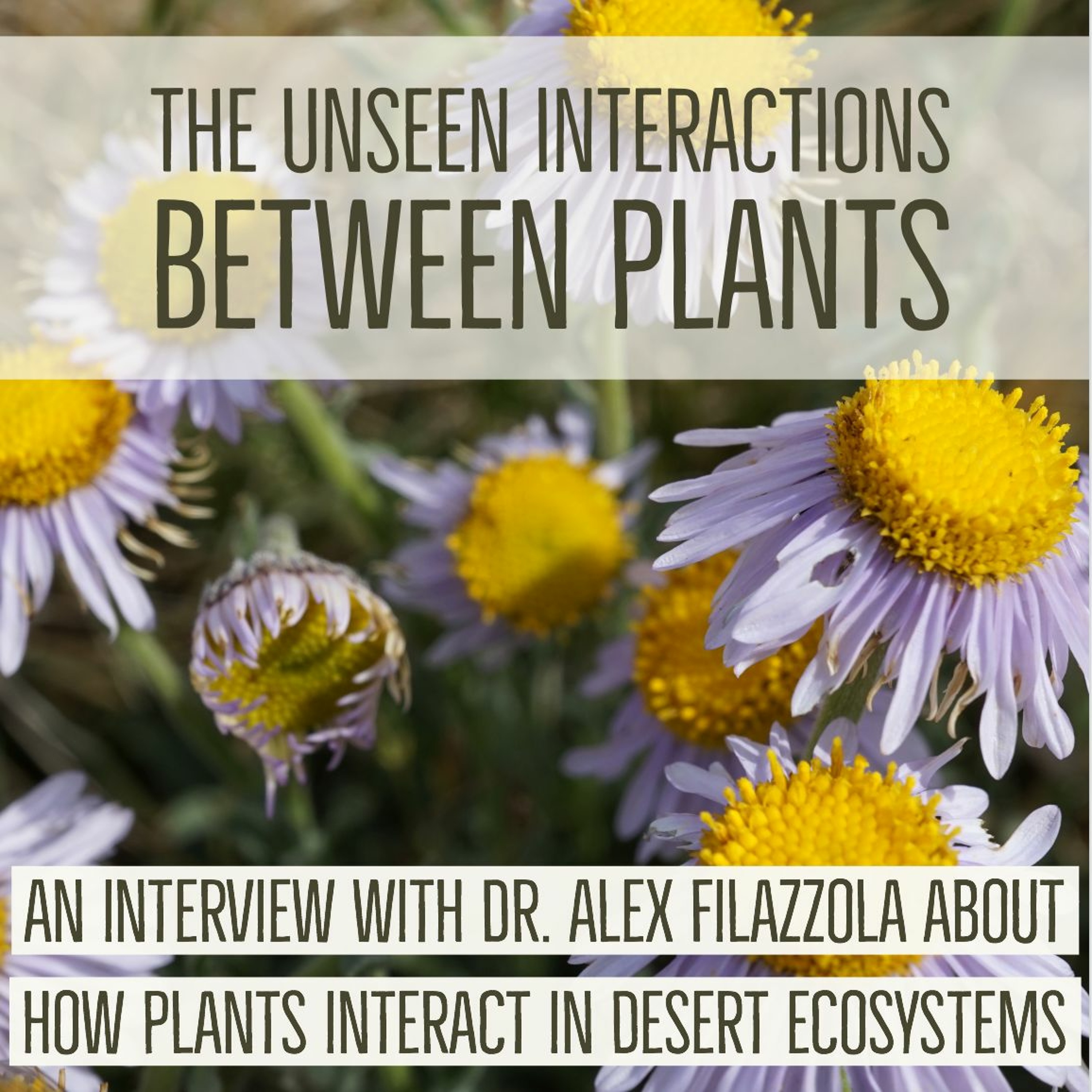 Science MoabThe unseen interactions between plantsOut in desert ecosystems, plants are interacting with one another in unseen ways. Here, Dr. Alex Filazzola explains the many and surprising ways that plants living side by side can affect one another. These effects can play a big role in how ecosystems are ultimately structured, with lessons for how we manage and restore our landscapes2018-07-2425 min
Science MoabThe unseen interactions between plantsOut in desert ecosystems, plants are interacting with one another in unseen ways. Here, Dr. Alex Filazzola explains the many and surprising ways that plants living side by side can affect one another. These effects can play a big role in how ecosystems are ultimately structured, with lessons for how we manage and restore our landscapes2018-07-2425 min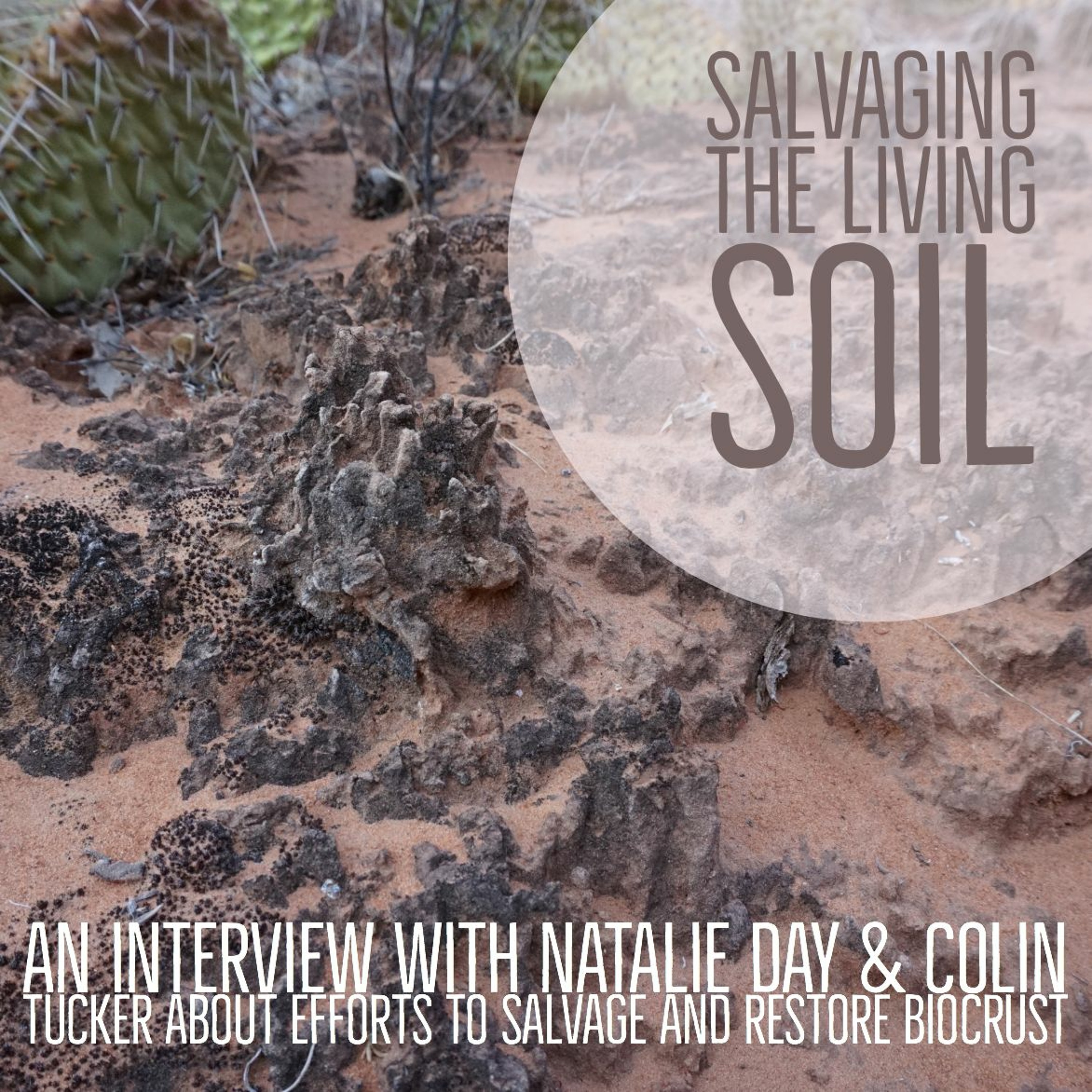 Science MoabSalvaging the living soilBiological soil crusts are an enigmatic sight on the Colorado Plateau. In this show, we explore what biocrusts are doing out in the desert. We speak with Colin Tucker and Natalie Day to learn about the research and efforts going on to understand and restore these fragile soil communities.2018-07-1026 min
Science MoabSalvaging the living soilBiological soil crusts are an enigmatic sight on the Colorado Plateau. In this show, we explore what biocrusts are doing out in the desert. We speak with Colin Tucker and Natalie Day to learn about the research and efforts going on to understand and restore these fragile soil communities.2018-07-1026 min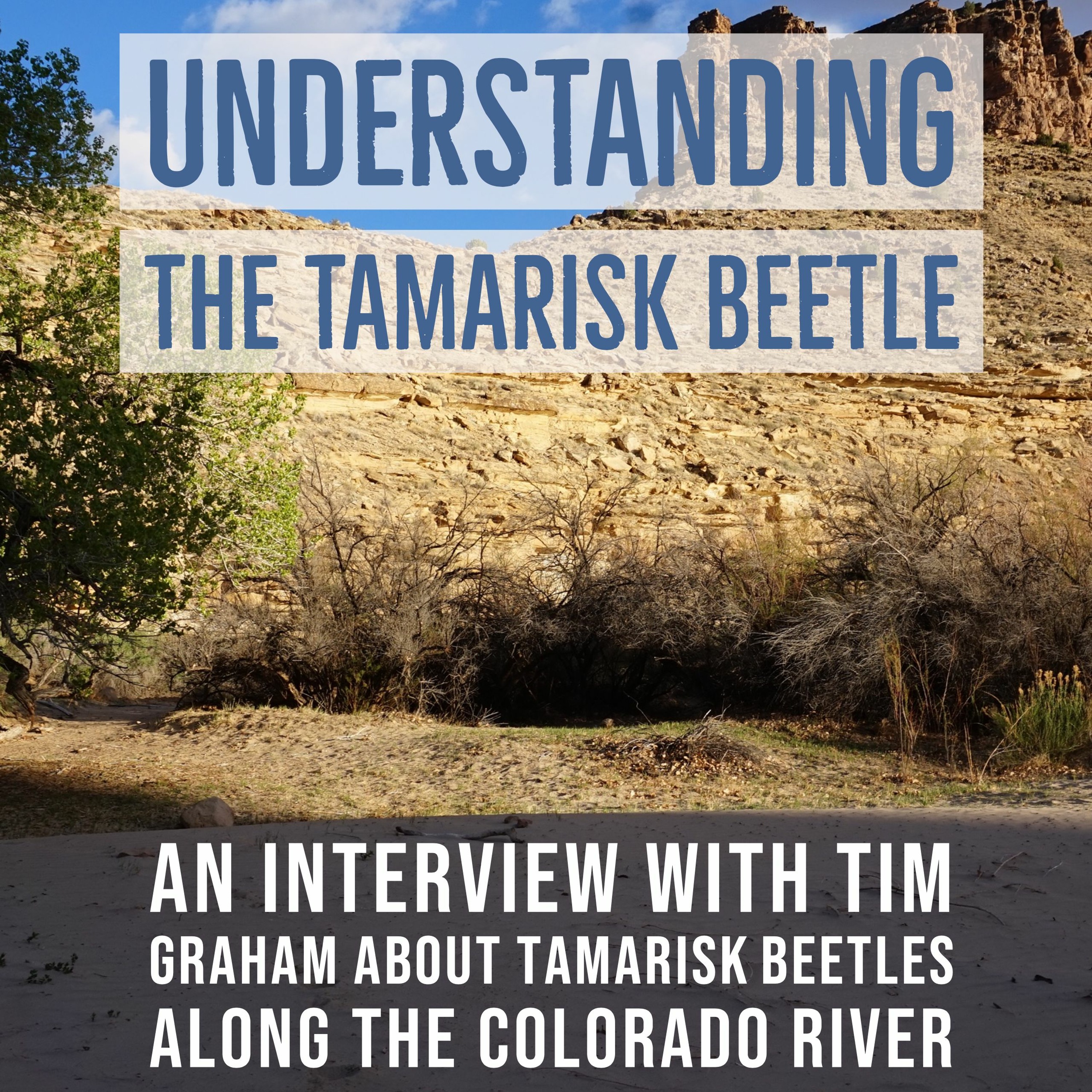 Science MoabUnderstanding the tamarisk beetleThe tamarisk beetle has reshaped riparian areas along the Colorado River. Here, we talk with Tim Graham about his work monitoring these biocontrols. We learn about the history of testing and releasing the tamarisk beetle, how the beetle has done with controlling tamarisk along the rivers, and why the dead tamarisk we now see serve important roles in riparian areas.2018-06-2927 min
Science MoabUnderstanding the tamarisk beetleThe tamarisk beetle has reshaped riparian areas along the Colorado River. Here, we talk with Tim Graham about his work monitoring these biocontrols. We learn about the history of testing and releasing the tamarisk beetle, how the beetle has done with controlling tamarisk along the rivers, and why the dead tamarisk we now see serve important roles in riparian areas.2018-06-2927 min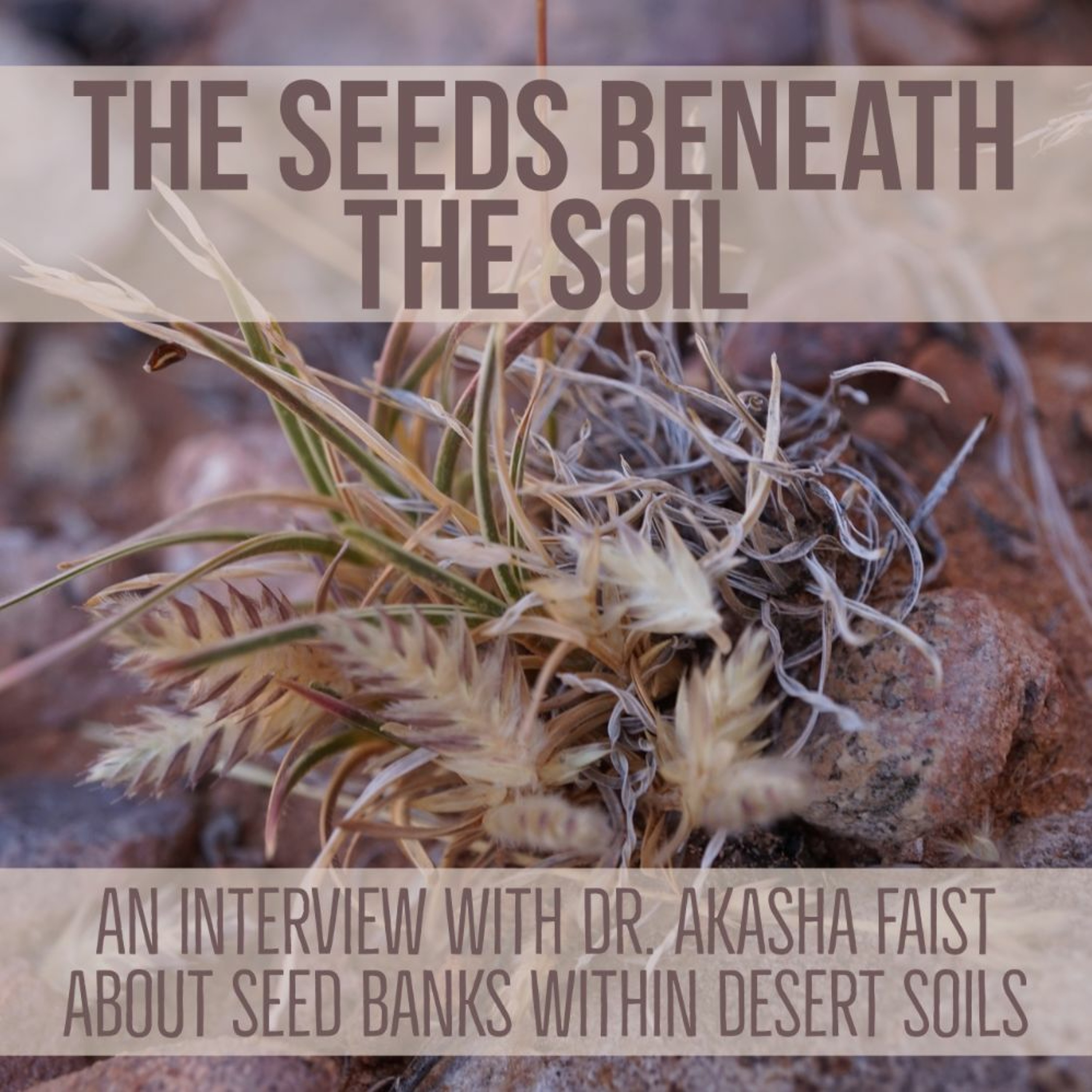 Science MoabThe seeds beneath the soilA show about seeds waiting in the desert soil with Dr. Akasha Faist. We find out kind of seeds are there, what they need to germinate, and how scientists study the surprisingly mysterious world of soil seed banks.2018-06-0825 min
Science MoabThe seeds beneath the soilA show about seeds waiting in the desert soil with Dr. Akasha Faist. We find out kind of seeds are there, what they need to germinate, and how scientists study the surprisingly mysterious world of soil seed banks.2018-06-0825 min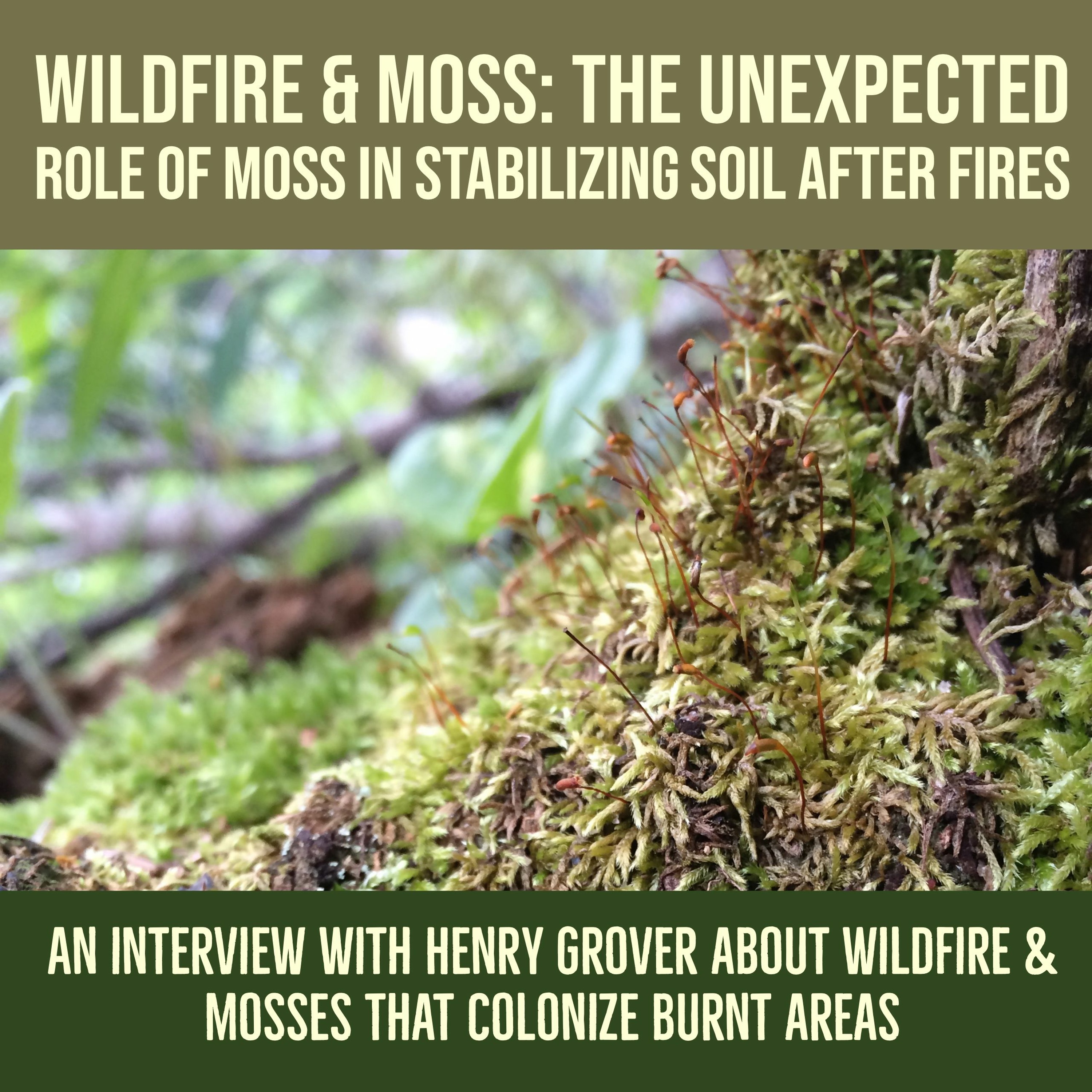 Science MoabWildfire and moss: the unexpected role of moss in stabilizing soil after firesAs both the fire season and the amount of fire continue to increase in the Southwest, researchers and managers are working to figure out the best ways to reduce the sometimes incredible amounts of erosion that happen after wildfire. We speak with Henry Grover who studies the native mosses that can colonize hill slopes after severe fires. His work explores both the ecology and application of these mosses as a way to restore burned areas.2018-06-0125 min
Science MoabWildfire and moss: the unexpected role of moss in stabilizing soil after firesAs both the fire season and the amount of fire continue to increase in the Southwest, researchers and managers are working to figure out the best ways to reduce the sometimes incredible amounts of erosion that happen after wildfire. We speak with Henry Grover who studies the native mosses that can colonize hill slopes after severe fires. His work explores both the ecology and application of these mosses as a way to restore burned areas.2018-06-0125 min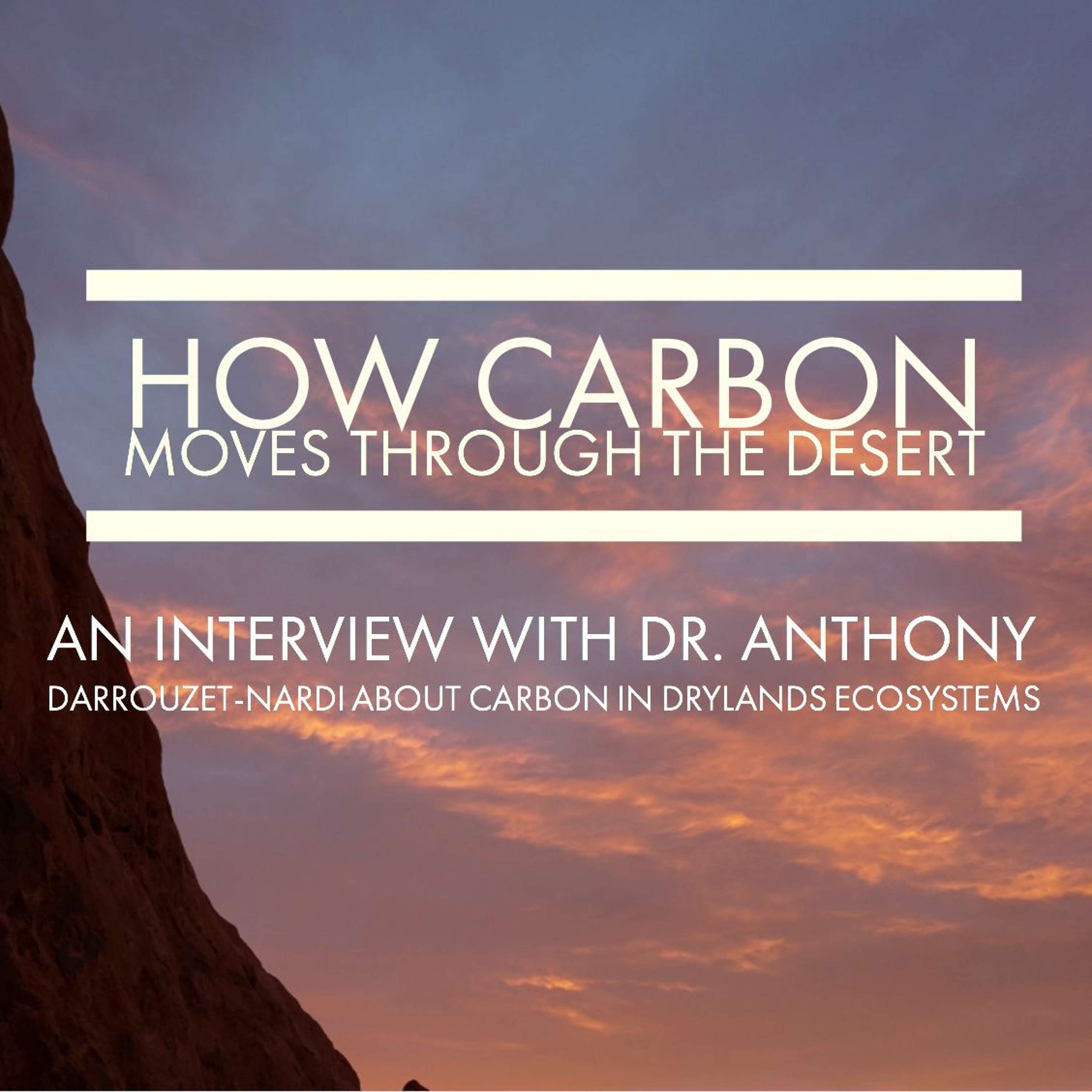 Science MoabHow carbon moves through the desertThe desert both breathes out and pulls in carbon to and from the atmosphere. Here we talk with Dr. Anthony Darrouzet-Nardi about that process by exploring a field called biogeochemistry. We hear about the different kinds of carbon that exists in ecosystems, and how it is transformed and moved through the fascinating and dynamic carbon cycle.2018-05-1227 min
Science MoabHow carbon moves through the desertThe desert both breathes out and pulls in carbon to and from the atmosphere. Here we talk with Dr. Anthony Darrouzet-Nardi about that process by exploring a field called biogeochemistry. We hear about the different kinds of carbon that exists in ecosystems, and how it is transformed and moved through the fascinating and dynamic carbon cycle.2018-05-1227 min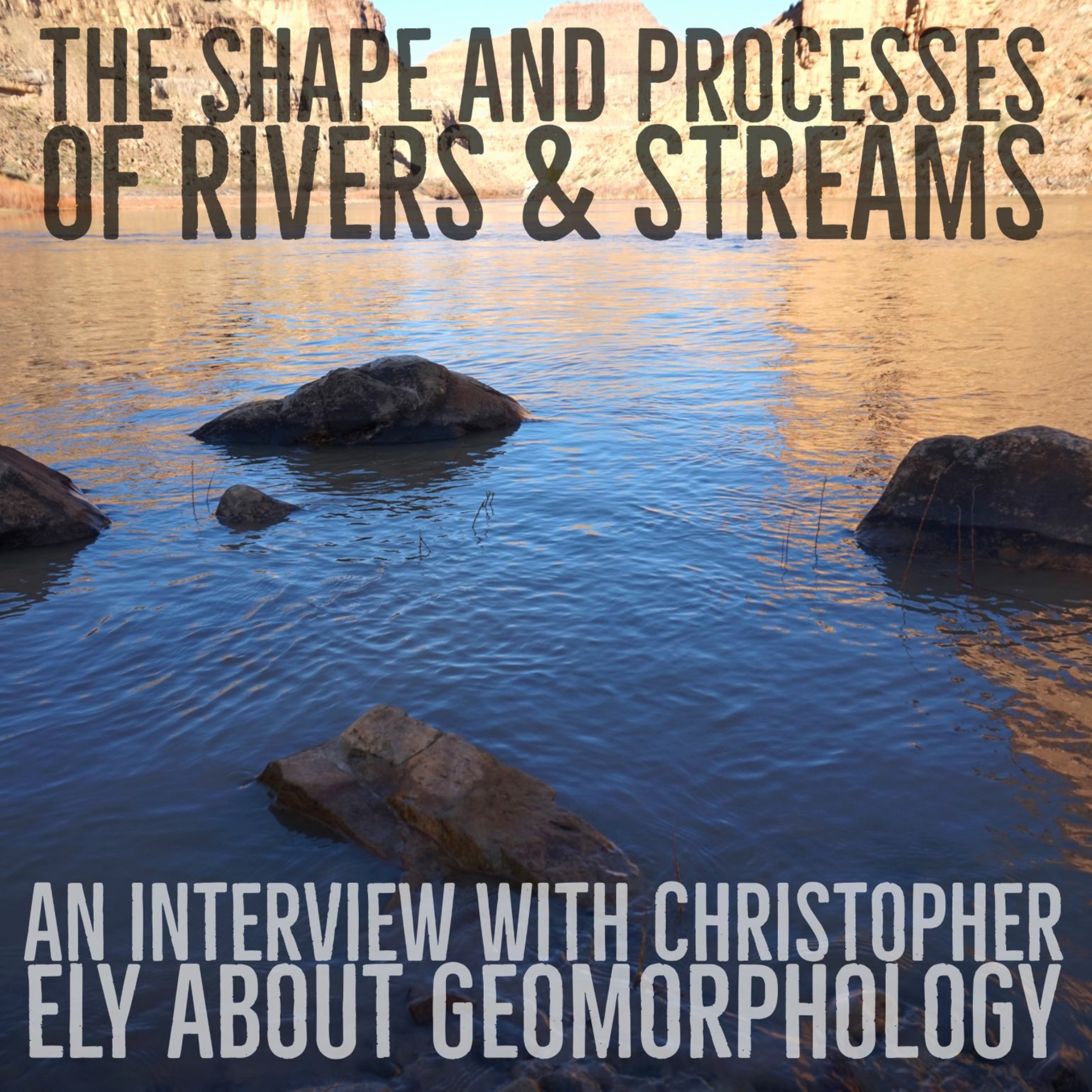 Science MoabThe shape and processes of rivers & streamsUnderstanding physical features of rivers and streams can give information about what is happening upstream and down. Here we talk about geomorphology with Christopher Ely. We explore Amazonian headwater streams in the Andes Mountains of southern Ecuador, and how the tools used to studying these high elevation streams can be applied to studying rivers and streams around the world and here on the Colorado Plateau.2018-05-0721 min
Science MoabThe shape and processes of rivers & streamsUnderstanding physical features of rivers and streams can give information about what is happening upstream and down. Here we talk about geomorphology with Christopher Ely. We explore Amazonian headwater streams in the Andes Mountains of southern Ecuador, and how the tools used to studying these high elevation streams can be applied to studying rivers and streams around the world and here on the Colorado Plateau.2018-05-0721 min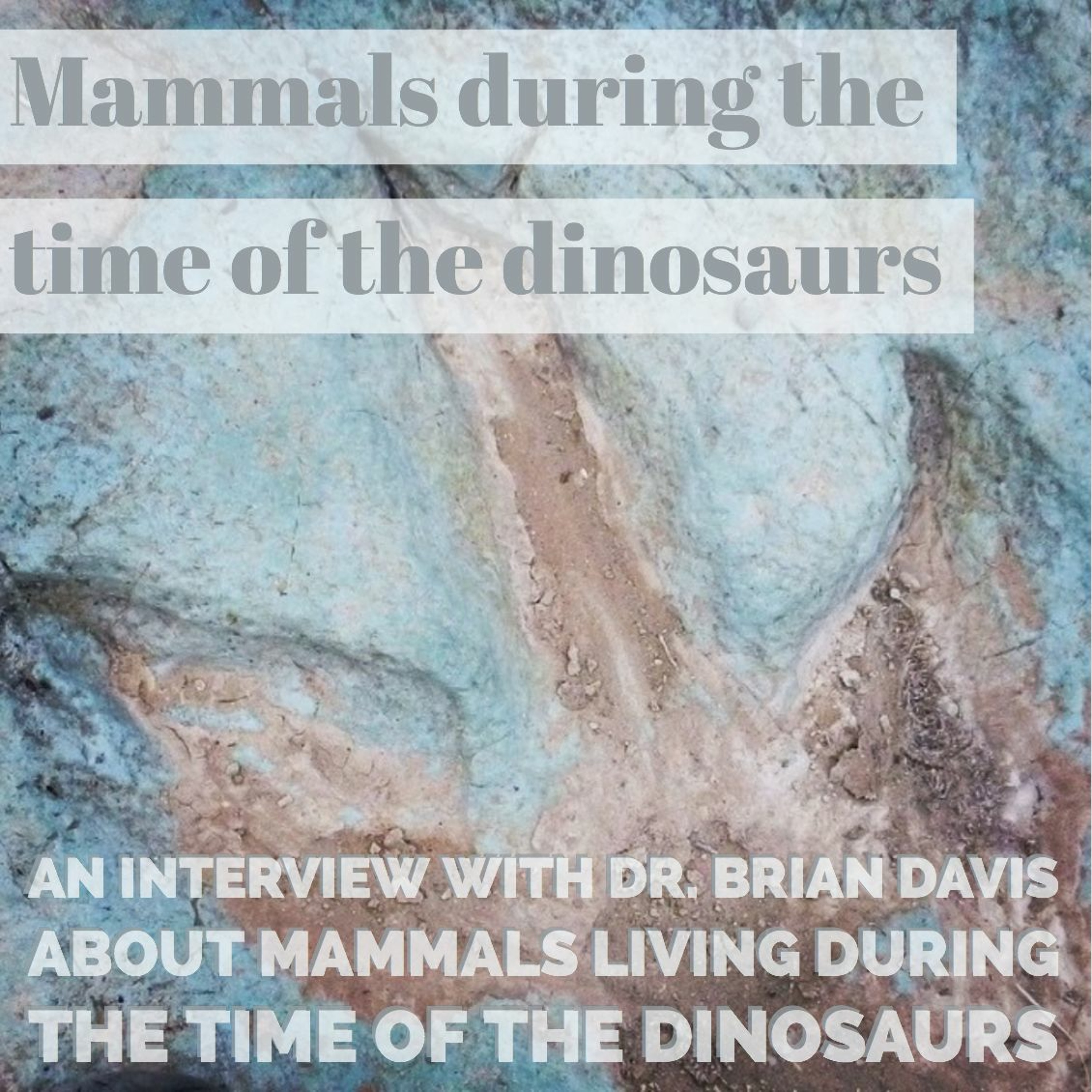 Science MoabMammals during the time of the dinosaursWhat were mammals like when dinosaurs roamed the earth? We explore the fascinating world of mammals living at the time of dinosaurs with Dr. Brian Davis. We learn about what they ate, who ate them, and how these small creatures evolved to become the mammals we see today.2018-04-2729 min
Science MoabMammals during the time of the dinosaursWhat were mammals like when dinosaurs roamed the earth? We explore the fascinating world of mammals living at the time of dinosaurs with Dr. Brian Davis. We learn about what they ate, who ate them, and how these small creatures evolved to become the mammals we see today.2018-04-2729 min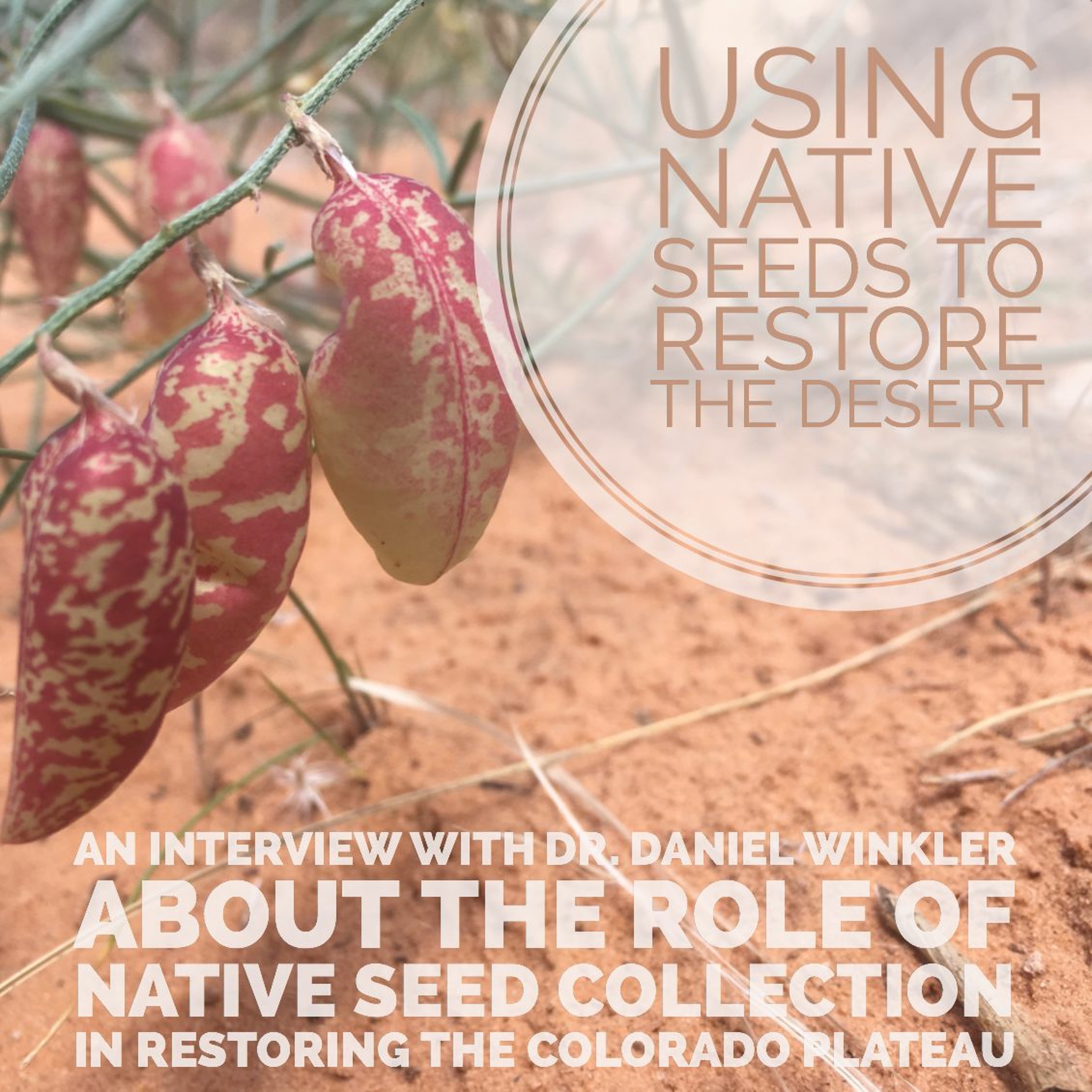 Science MoabUsing native seeds to restore the desertThe Colorado Plateau holds an incredible amount of native plant diversity, however past and current land use practices and future climate change threaten the diversity and abundance of our native plant species. Here, with Dr. Daniel Winkler, we explore how land management programs and non-profit partners are using programs like Seeds of Success and the Colorado Plateau Native Plant Program to collect native seeds and make them available for research and restoration.2018-04-2026 min
Science MoabUsing native seeds to restore the desertThe Colorado Plateau holds an incredible amount of native plant diversity, however past and current land use practices and future climate change threaten the diversity and abundance of our native plant species. Here, with Dr. Daniel Winkler, we explore how land management programs and non-profit partners are using programs like Seeds of Success and the Colorado Plateau Native Plant Program to collect native seeds and make them available for research and restoration.2018-04-2026 min Science MoabThe incredible relationships between pollinators and plantsSoutheast Utah and the Colorado Plateau is home to a diverse number of pollinators. Here we get a fascinating look at the relationships between pollinators and plants. We explore how they evolved together, pollinator types on the Colorado Plateau, and what the future holds for pollinators with Molly McCormick.2018-04-1323 min
Science MoabThe incredible relationships between pollinators and plantsSoutheast Utah and the Colorado Plateau is home to a diverse number of pollinators. Here we get a fascinating look at the relationships between pollinators and plants. We explore how they evolved together, pollinator types on the Colorado Plateau, and what the future holds for pollinators with Molly McCormick.2018-04-1323 min Science MoabRestoring the National Parks of Southeastern UtahThere are many efforts going on within national park to restore degraded ecosystems. From using biological controls, to weeding and seeding, to anticipating the effects of climate change, the national parks of southeastern Utah are actively being managed to return or maintain ecological function. Here, we speak with NPS ecologist Liz Ballenger about what ecological restoration means for national parks within the Colorado Plateau.2018-04-0627 min
Science MoabRestoring the National Parks of Southeastern UtahThere are many efforts going on within national park to restore degraded ecosystems. From using biological controls, to weeding and seeding, to anticipating the effects of climate change, the national parks of southeastern Utah are actively being managed to return or maintain ecological function. Here, we speak with NPS ecologist Liz Ballenger about what ecological restoration means for national parks within the Colorado Plateau.2018-04-0627 min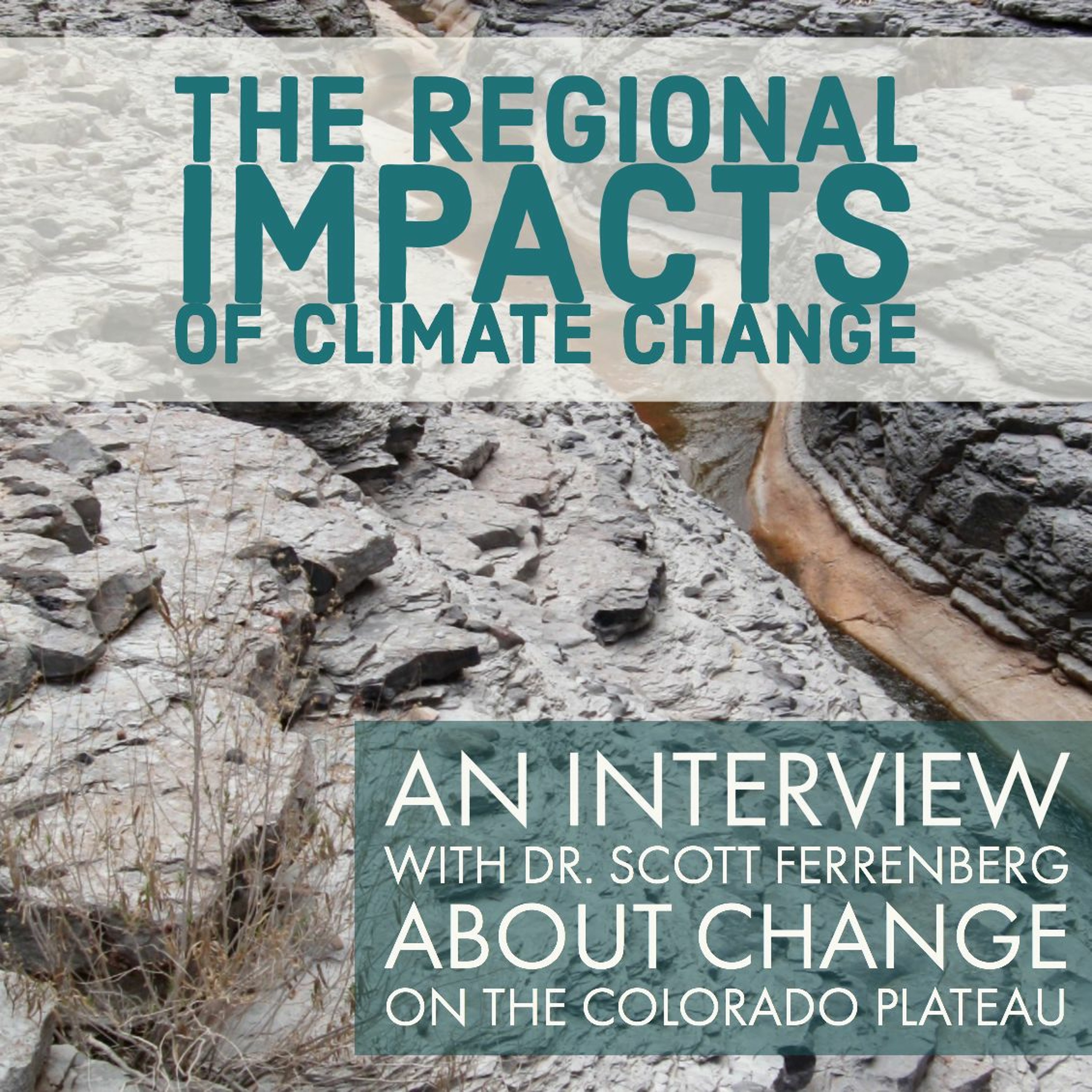 Science MoabThe regional impacts of climate changeClimate change will result in lasting changes for the ecosystems of the Colorado Plateau. Here, we talk with Dr. Scott Ferrenberg about what the ecosystems of this region may look like in the future. We learn how scientists study climate change and how our ecological communities are expected to change as the planet warms.2018-03-3027 min
Science MoabThe regional impacts of climate changeClimate change will result in lasting changes for the ecosystems of the Colorado Plateau. Here, we talk with Dr. Scott Ferrenberg about what the ecosystems of this region may look like in the future. We learn how scientists study climate change and how our ecological communities are expected to change as the planet warms.2018-03-3027 min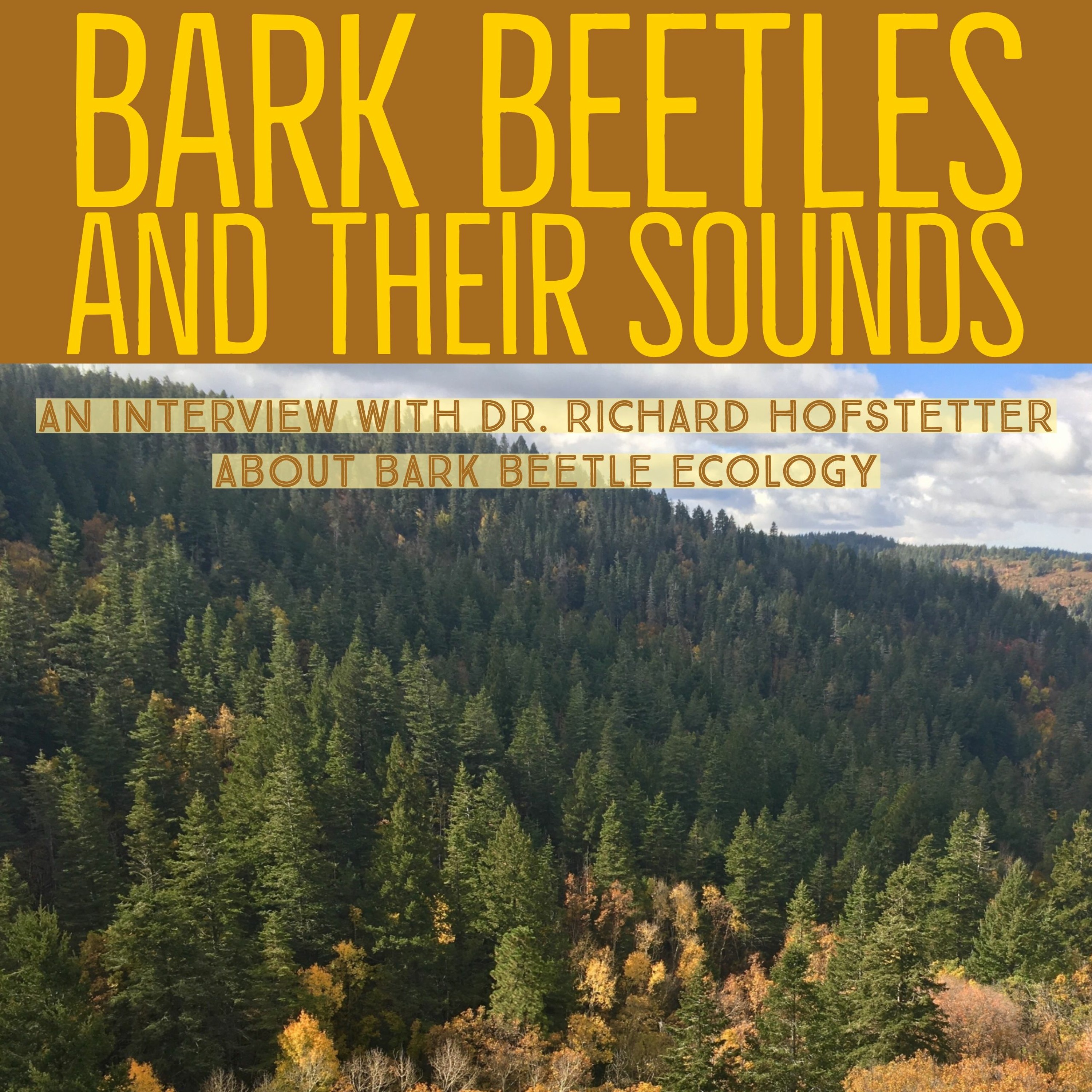 Science MoabBark beetles and their soundBark beetles evolved to live in western forests. But in recent decades the number of beetles has grown so large that they are killing millions of acres of forests. Here, we talk to Dr. Richard Hofstetter about these now infamous beetles. We learn about what these beetles do for forests, what happens when their numbers swell out of control, and the acoustic research that might help keep them in check.2018-03-2325 min
Science MoabBark beetles and their soundBark beetles evolved to live in western forests. But in recent decades the number of beetles has grown so large that they are killing millions of acres of forests. Here, we talk to Dr. Richard Hofstetter about these now infamous beetles. We learn about what these beetles do for forests, what happens when their numbers swell out of control, and the acoustic research that might help keep them in check.2018-03-2325 min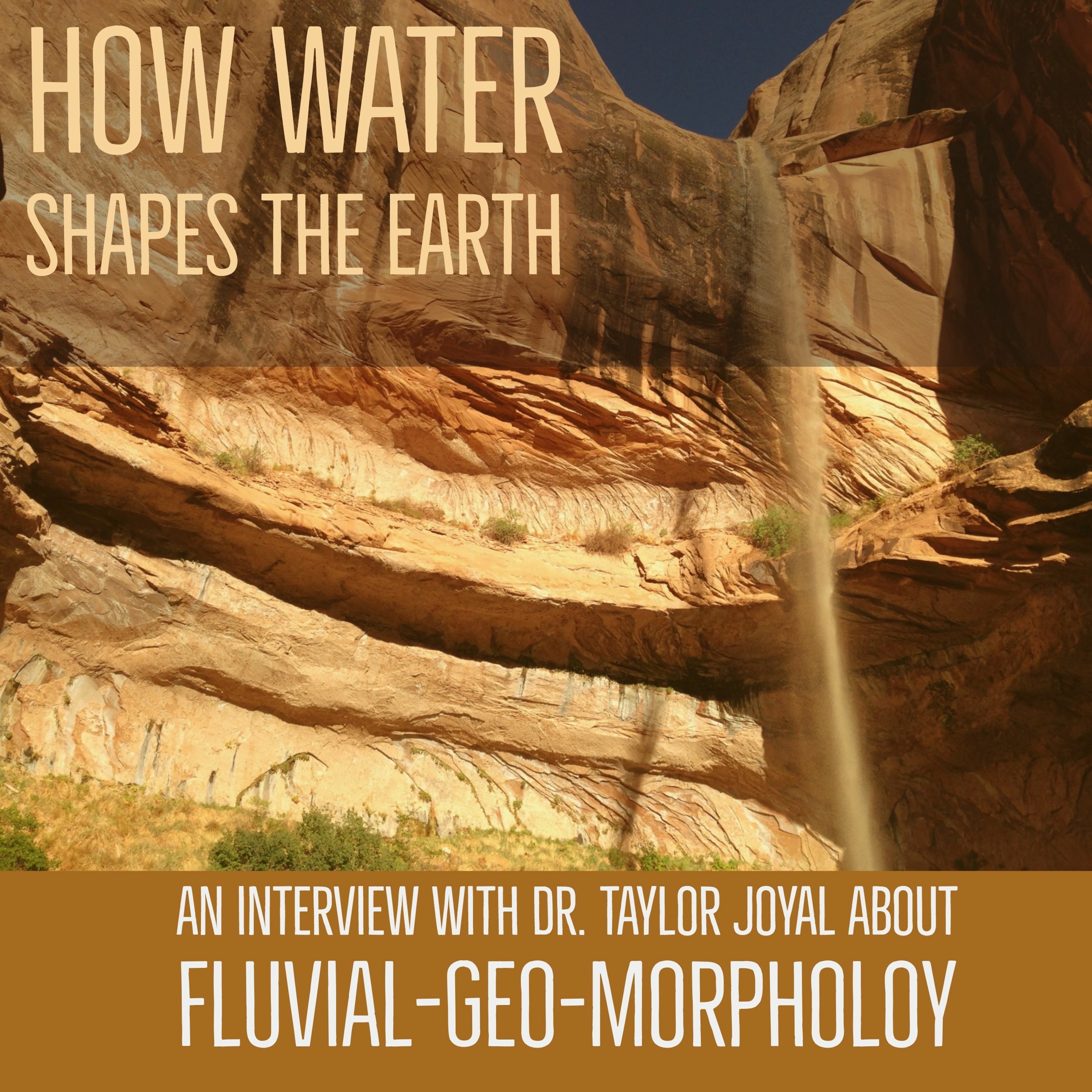 Science MoabHow water shapes the earthWater can be a formidable force in the desert. From carving canyons to cutting arroyos, water has the power to form the landscapes around us. Today on Science Moab, we learn how water shapes the earth with Dr. Taylor Joyal, a fluvial-geo-morphologist studying earth shaping processes.2018-03-1622 min
Science MoabHow water shapes the earthWater can be a formidable force in the desert. From carving canyons to cutting arroyos, water has the power to form the landscapes around us. Today on Science Moab, we learn how water shapes the earth with Dr. Taylor Joyal, a fluvial-geo-morphologist studying earth shaping processes.2018-03-1622 min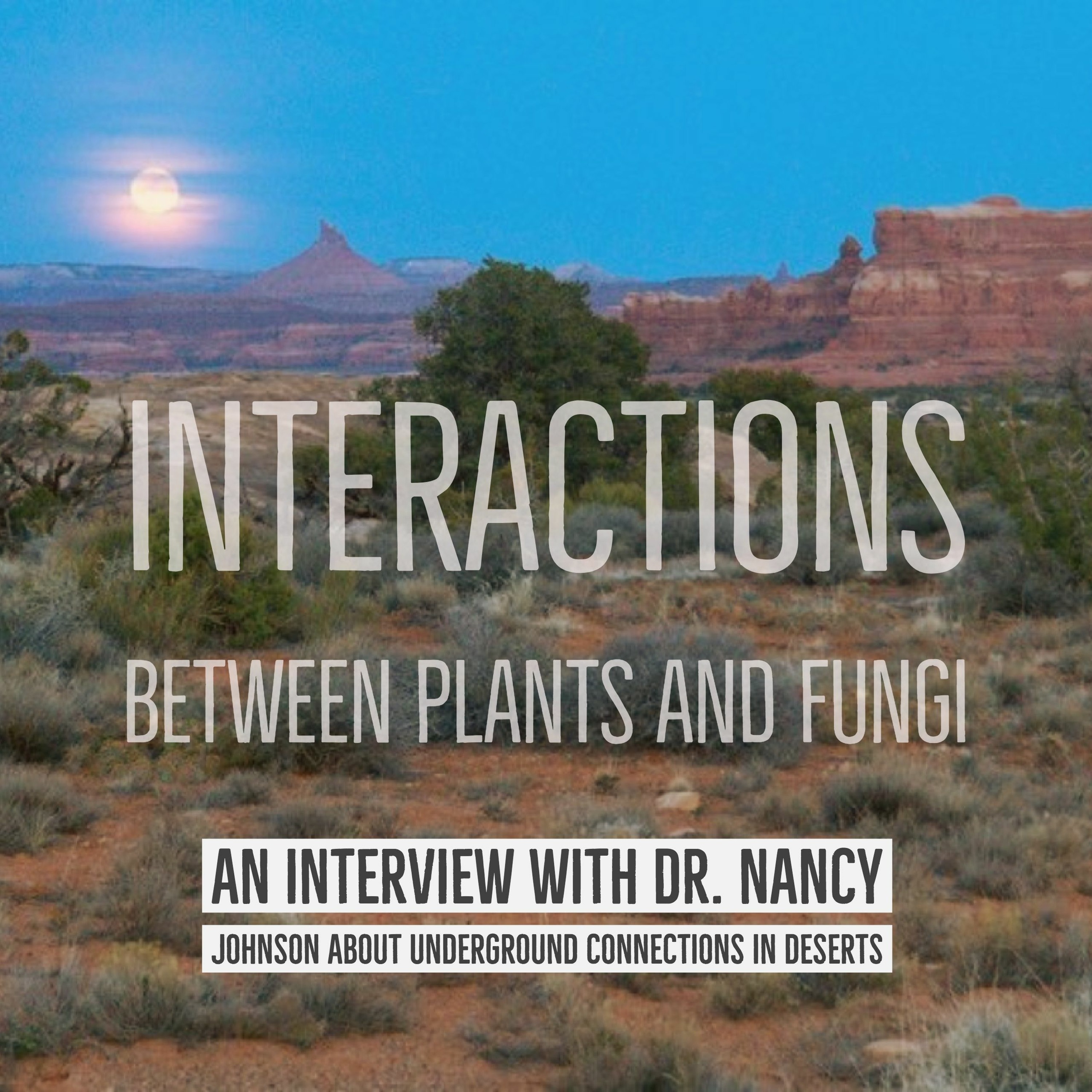 Science MoabInteractions between plants and fungiWhen you’re walking over the desert soil, you’re walking over huge amounts of fungi. These fungi are connected to the roots of grasses and shrubs, gathering the nutrients these plants need to survive. Here, we speak with world renowned soil ecologist Dr. Nancy Johnson and hear about the evolutionary past and current roles of these understudied and truly fascinating organisms.2018-03-0923 min
Science MoabInteractions between plants and fungiWhen you’re walking over the desert soil, you’re walking over huge amounts of fungi. These fungi are connected to the roots of grasses and shrubs, gathering the nutrients these plants need to survive. Here, we speak with world renowned soil ecologist Dr. Nancy Johnson and hear about the evolutionary past and current roles of these understudied and truly fascinating organisms.2018-03-0923 min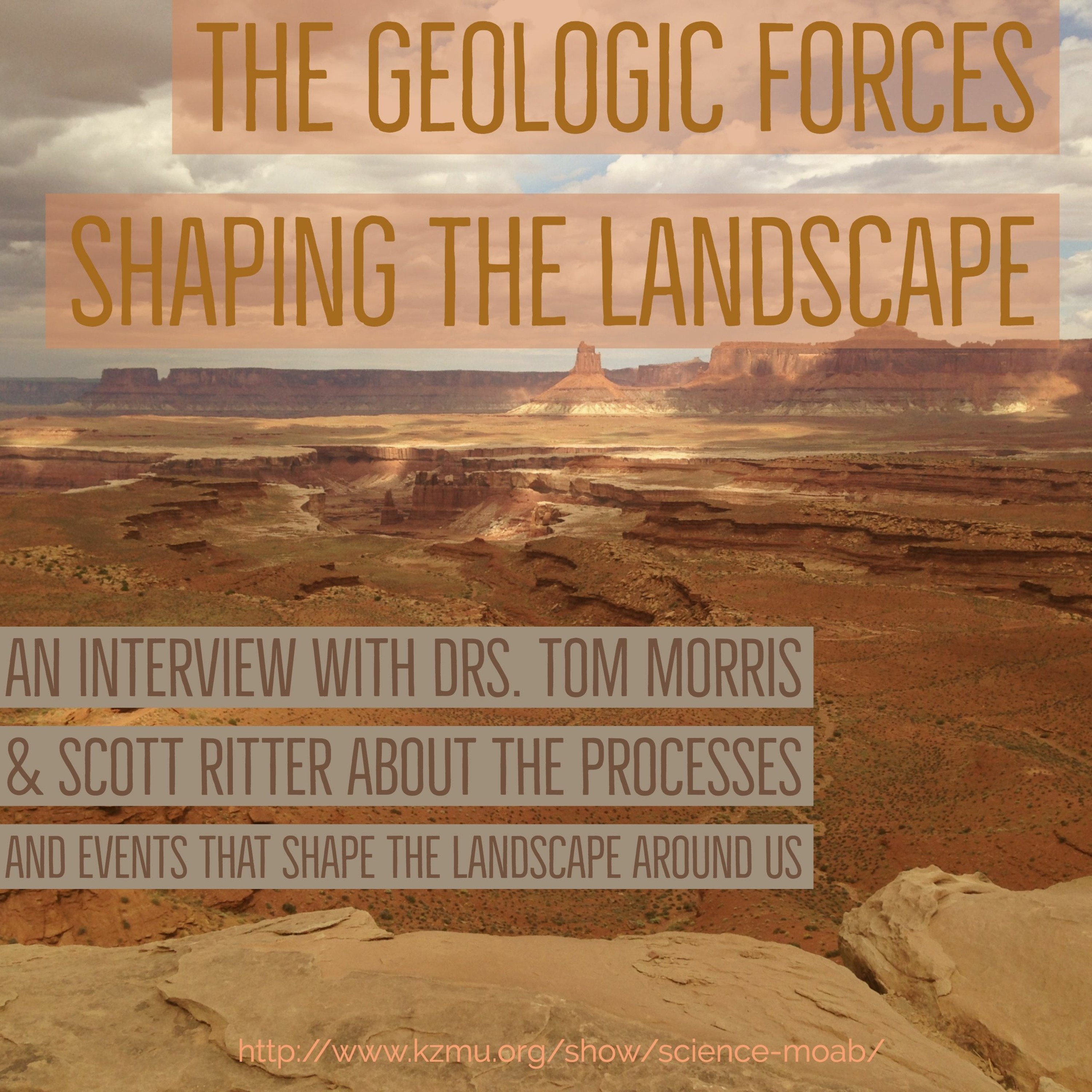 Science MoabThe geologic forces shaping the landscapeThe geology of the Colorado Plateau is amazingly exposed and incredibly dramatic. Here, we get to hear about the forces and slow passage of time that shaped the Plateau as we see it today. We hear from Drs. Scott Ritter and Tom Morris as they walk us through iconic and lesser known places, describing why our landscape looks like the way it does.2018-02-2626 min
Science MoabThe geologic forces shaping the landscapeThe geology of the Colorado Plateau is amazingly exposed and incredibly dramatic. Here, we get to hear about the forces and slow passage of time that shaped the Plateau as we see it today. We hear from Drs. Scott Ritter and Tom Morris as they walk us through iconic and lesser known places, describing why our landscape looks like the way it does.2018-02-2626 min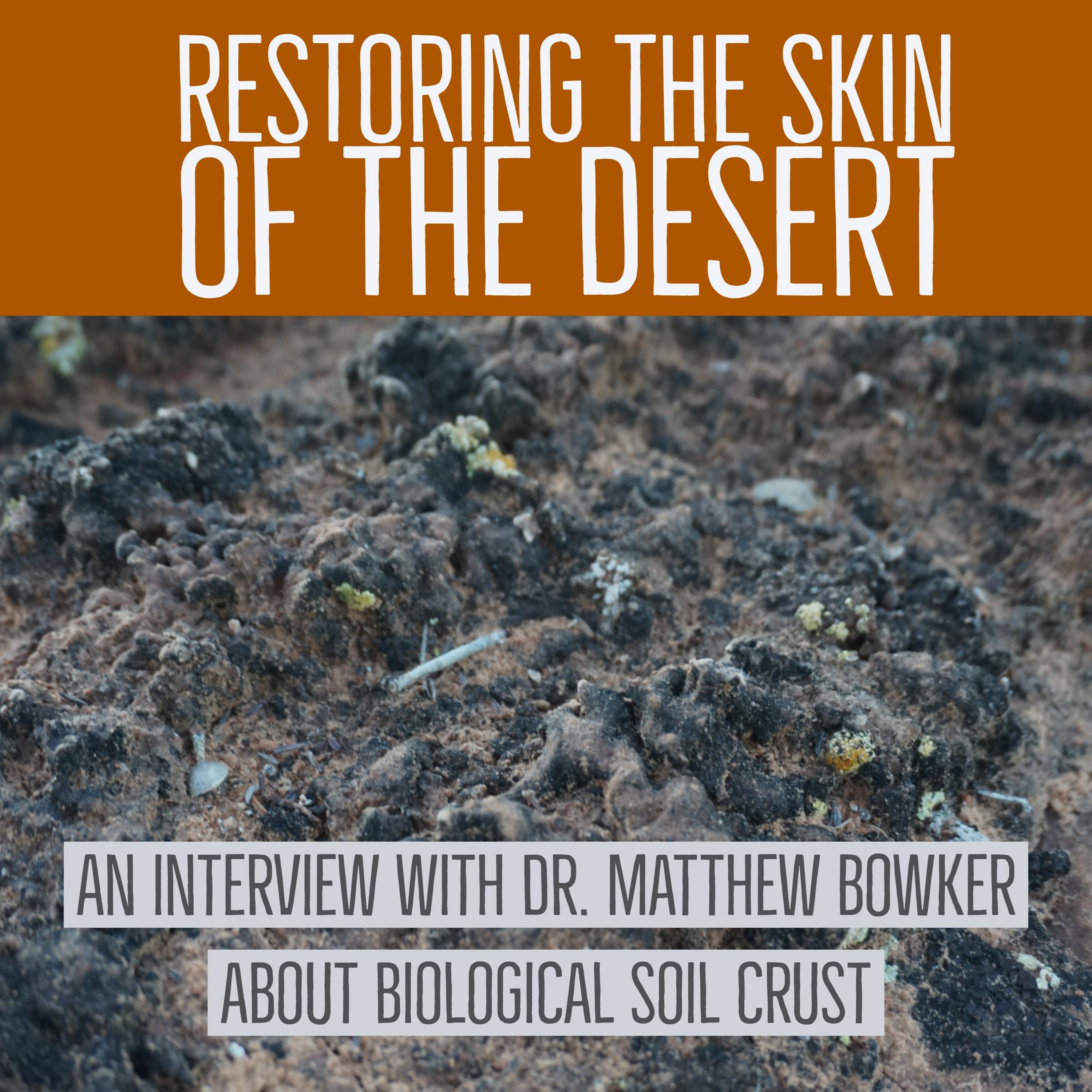 Science MoabRestoring the skin of the desertIn the deserts, the soil surface is alive. The soil is covered with lichens, mosses, cyanobacteria, algae, fungi and other microorganisms that together are called biological soil crusts. Here, we talk with Dr. Matthew Bowker who studies these cryptic communities and works to put them back into the landscape.2018-02-2617 min
Science MoabRestoring the skin of the desertIn the deserts, the soil surface is alive. The soil is covered with lichens, mosses, cyanobacteria, algae, fungi and other microorganisms that together are called biological soil crusts. Here, we talk with Dr. Matthew Bowker who studies these cryptic communities and works to put them back into the landscape.2018-02-2617 min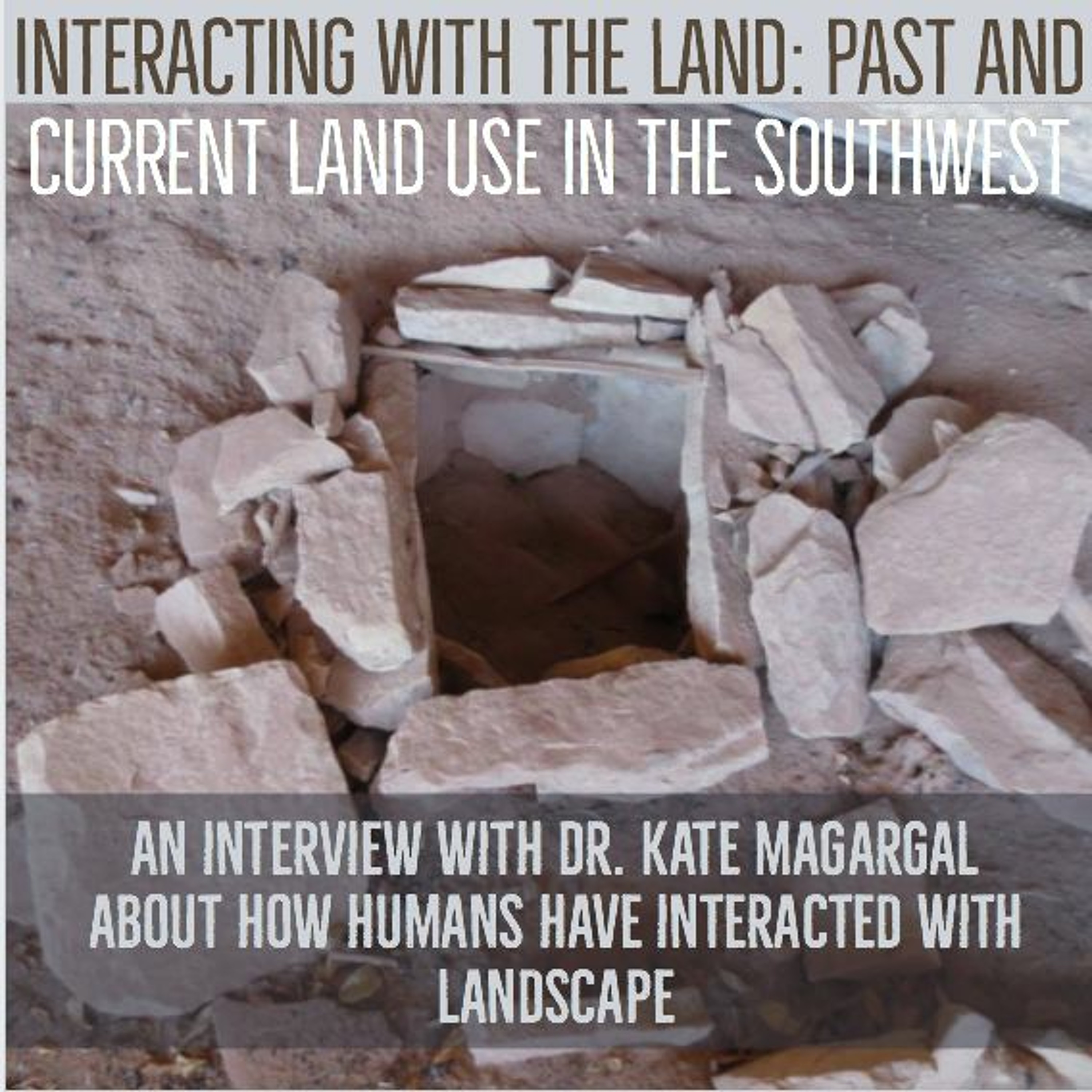 Science MoabInteracting with the land: historic and current land uses in the SouthwestHumans have been using and modifying the ecosystems around on the Colorado Plateau for thousands of years. To understand human relationships with the land, we talk with Kate Magargal, who combines archaeology and ecology to ask how people who lived in the Southwest interacted with the landscape around them, specifically through gathering food, wood, and using fire as a tool. We explore what her findings can tell us about how to manage our landscapes into the future.2017-11-0630 min
Science MoabInteracting with the land: historic and current land uses in the SouthwestHumans have been using and modifying the ecosystems around on the Colorado Plateau for thousands of years. To understand human relationships with the land, we talk with Kate Magargal, who combines archaeology and ecology to ask how people who lived in the Southwest interacted with the landscape around them, specifically through gathering food, wood, and using fire as a tool. We explore what her findings can tell us about how to manage our landscapes into the future.2017-11-0630 min Science MoabInvading grasses, Moab ecosystems, & large-scale changeCheatgrass is one of the most pervasive, non-native grasses in the American West, changing ecosystems almost everywhere it goes. Here, we talk with Dr. Jayne Belnap, a world renowned scientist from Moab, Utah, who has studied how this invasive grass has changed ecosystems around the Southwest. We talk about where cheatgrass came from, how it got here, and how it has and will likely continue to transform southwestern landscapes.2017-11-0530 min
Science MoabInvading grasses, Moab ecosystems, & large-scale changeCheatgrass is one of the most pervasive, non-native grasses in the American West, changing ecosystems almost everywhere it goes. Here, we talk with Dr. Jayne Belnap, a world renowned scientist from Moab, Utah, who has studied how this invasive grass has changed ecosystems around the Southwest. We talk about where cheatgrass came from, how it got here, and how it has and will likely continue to transform southwestern landscapes.2017-11-0530 min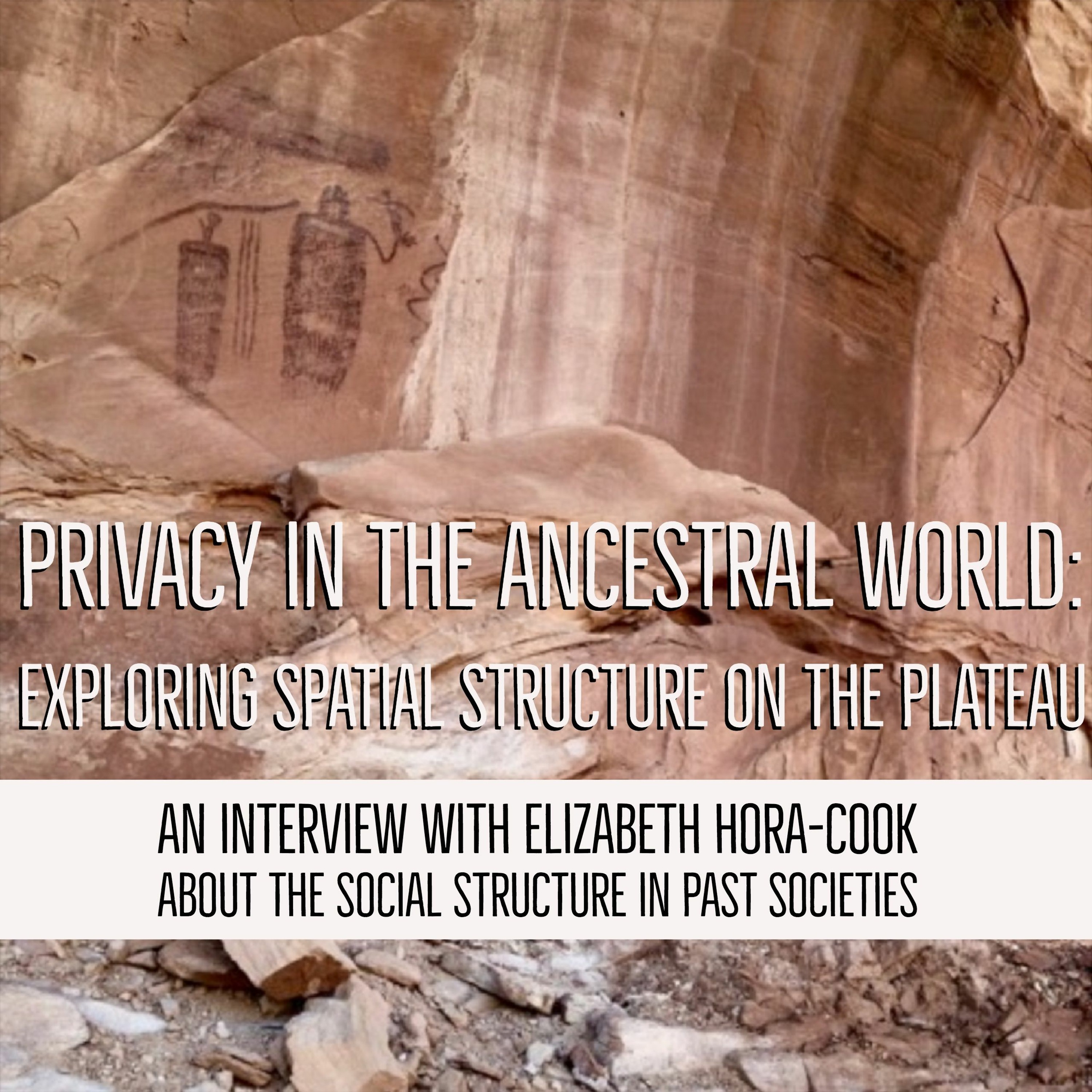 Science MoabPrivacy in the ancestral world: exploring social structure on the PlateauThis show examines how people living in the desert southwest in the past may have differentiated between communal places where everyone was welcome, and private places like granaries and dwellings. Through studying these differentiations, Elizabeth Hora-Cook tries to understand what society may have been like for Fremont and Ancestral Puebloan people.2017-10-0631 min
Science MoabPrivacy in the ancestral world: exploring social structure on the PlateauThis show examines how people living in the desert southwest in the past may have differentiated between communal places where everyone was welcome, and private places like granaries and dwellings. Through studying these differentiations, Elizabeth Hora-Cook tries to understand what society may have been like for Fremont and Ancestral Puebloan people.2017-10-0631 min Science MoabPlants and past humansA show about Southwestern archaeology and paleoethnobotany, or the study of plants that past humans have used, with Dr. Timothy Riley. Rose Elgholff talks to Dr. Riley about ways to figure out what humans ate in the past, why we care about it, and work he has done with experimental archaeology today.2017-08-1829 min
Science MoabPlants and past humansA show about Southwestern archaeology and paleoethnobotany, or the study of plants that past humans have used, with Dr. Timothy Riley. Rose Elgholff talks to Dr. Riley about ways to figure out what humans ate in the past, why we care about it, and work he has done with experimental archaeology today.2017-08-1829 min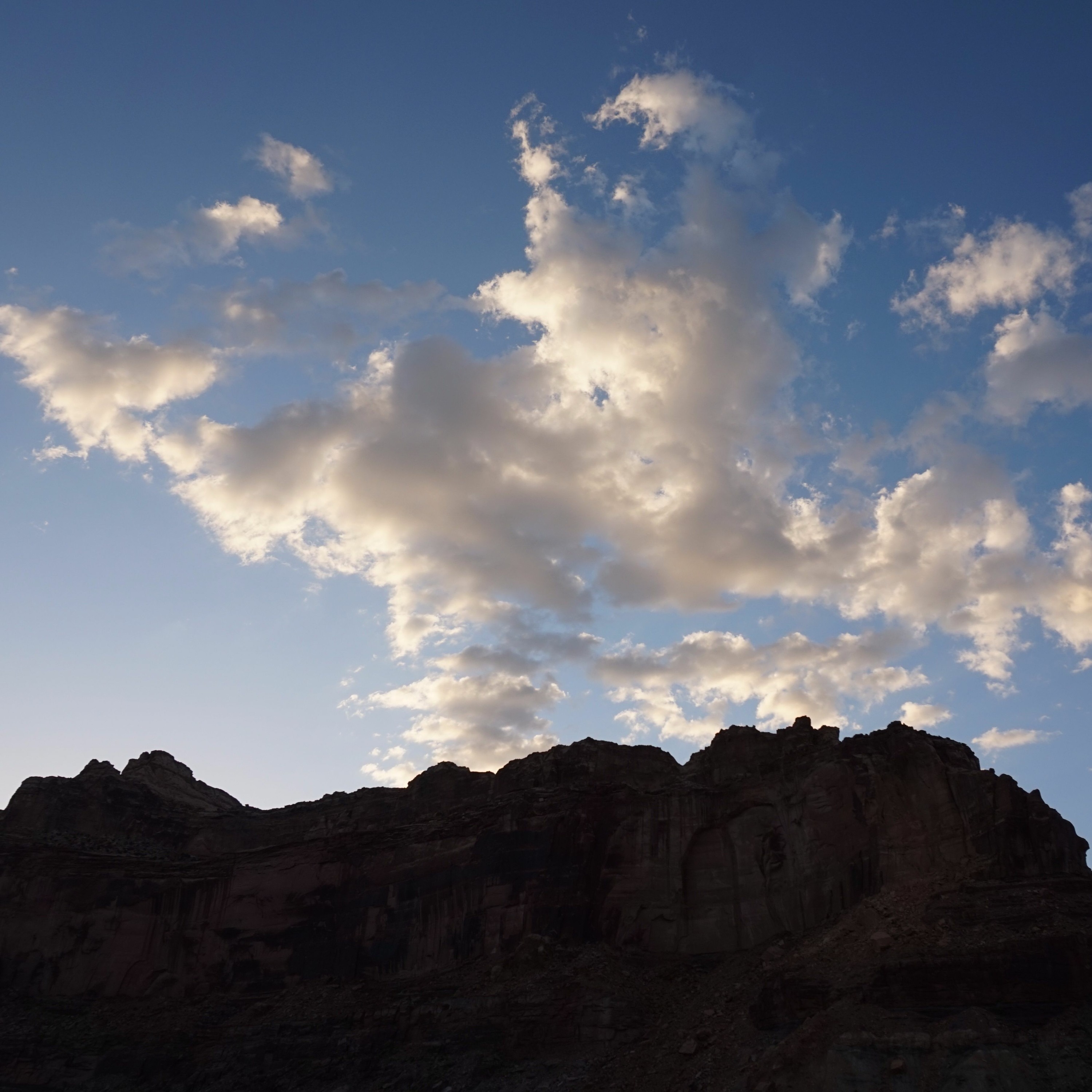 Science MoabThinking about landscapes at a large scale: new thoughts on species conservationExploring strategies to protect plant and animal species by protecting diverse landscapes with Dr. Paul Beier.2017-08-1119 min
Science MoabThinking about landscapes at a large scale: new thoughts on species conservationExploring strategies to protect plant and animal species by protecting diverse landscapes with Dr. Paul Beier.2017-08-1119 min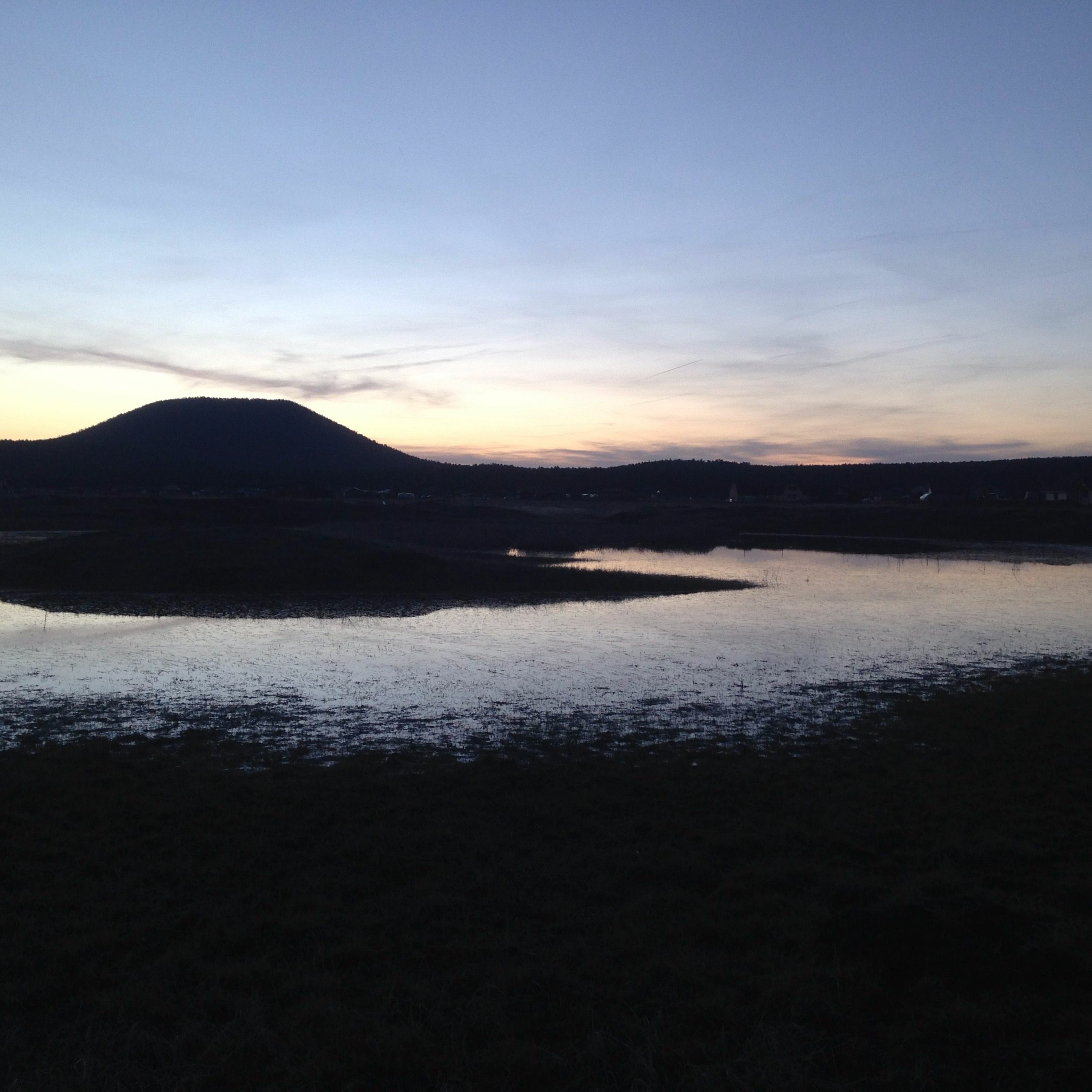 Science MoabVolcanoes in the four corners Part IIThe second part of a two part interview about volcanoes on the Colorado Plateau, how they interact with the ecosystem, why there are so many, and how humans may have responded to the eruptions, with Dr. Michael Ort.2017-06-1221 min
Science MoabVolcanoes in the four corners Part IIThe second part of a two part interview about volcanoes on the Colorado Plateau, how they interact with the ecosystem, why there are so many, and how humans may have responded to the eruptions, with Dr. Michael Ort.2017-06-1221 min Science MoabHow grazing and foraging animals influence the desertAn interview about the different ways herbivores influence plant communities in our region and the different impacts of native and nonnative grazers with Dr. Kari Veblen .2017-05-2618 min
Science MoabHow grazing and foraging animals influence the desertAn interview about the different ways herbivores influence plant communities in our region and the different impacts of native and nonnative grazers with Dr. Kari Veblen .2017-05-2618 min